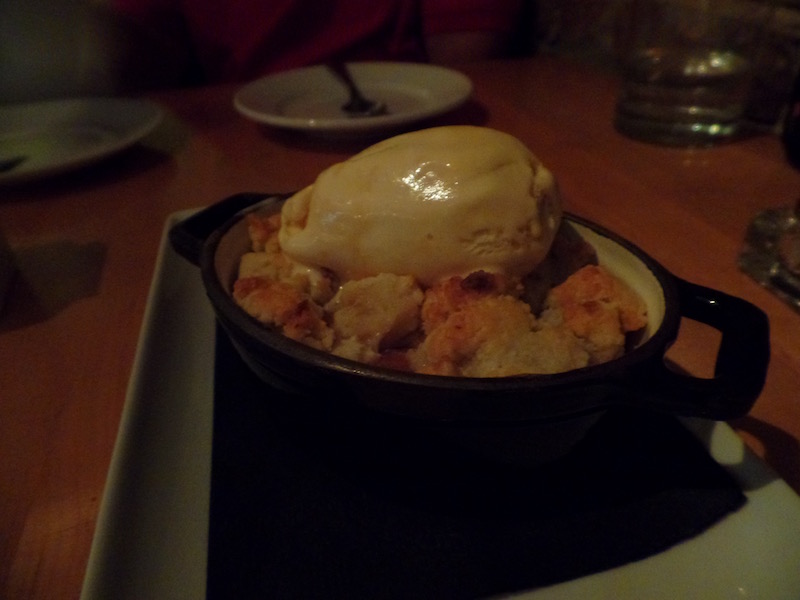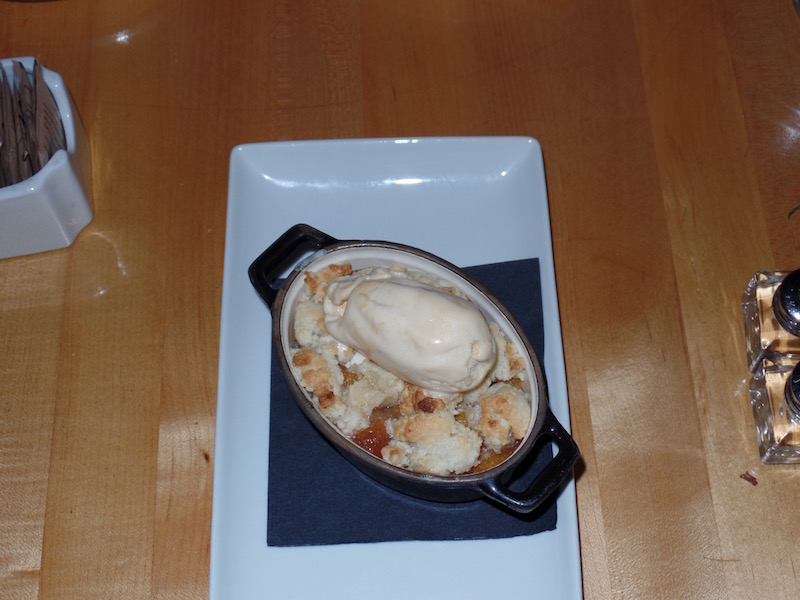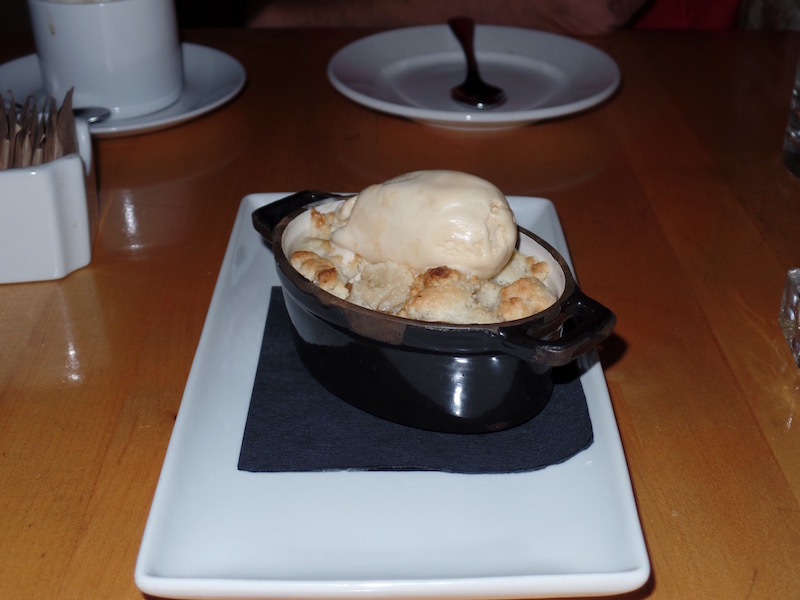Susan's Blog - Colorado Springs
Today, we head South from Denver to Colorado Springs, climbing from 5,280 feet up to 6,035 feet. It sits at the base of Pikes Peak, which tops out at over 14,000 feet. Originally called Colorado City, it was "formallys organized" in 1859 and served as the capital of the Colorado Territory from 1861 until 1862 when the capital moved to Denver.
These first pictures were just on the drive down from Denver to Colorado Springs.
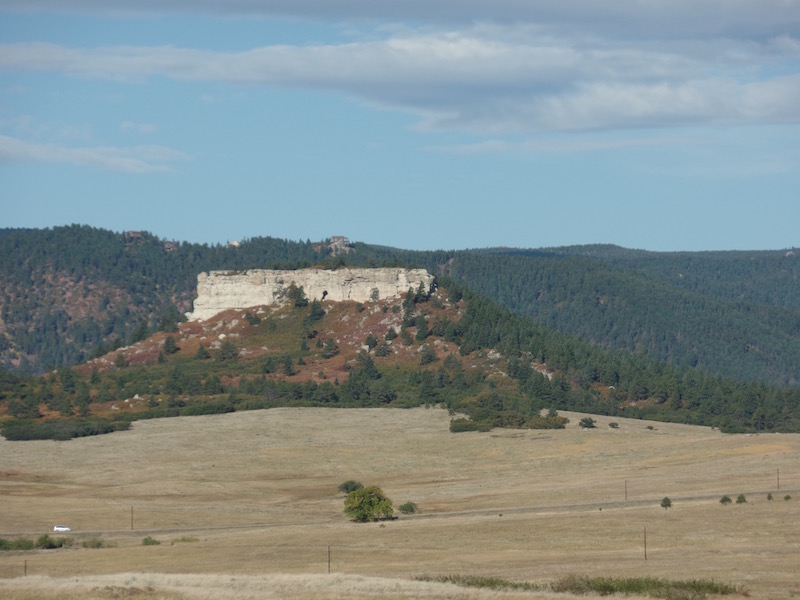
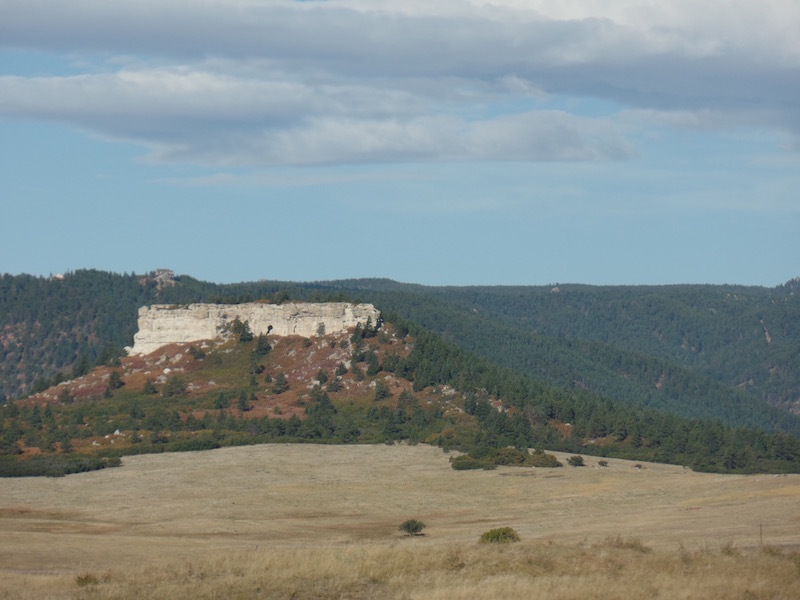
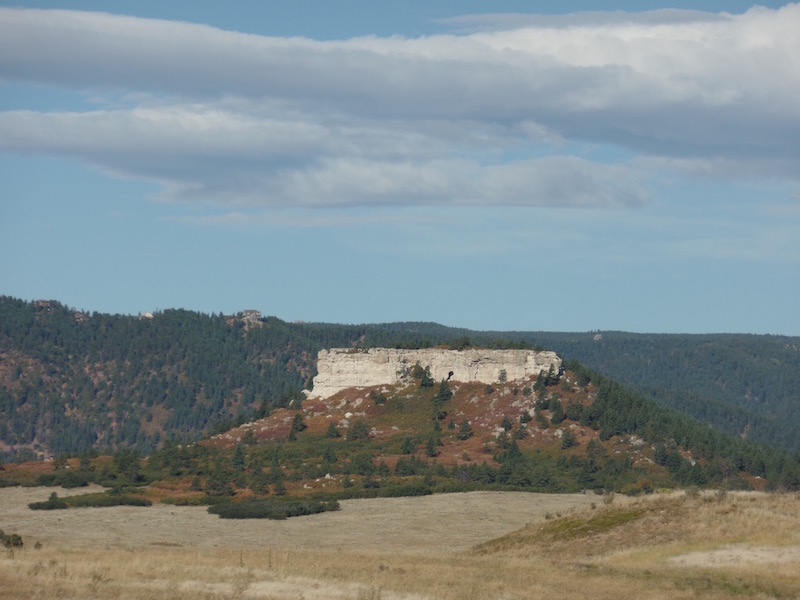
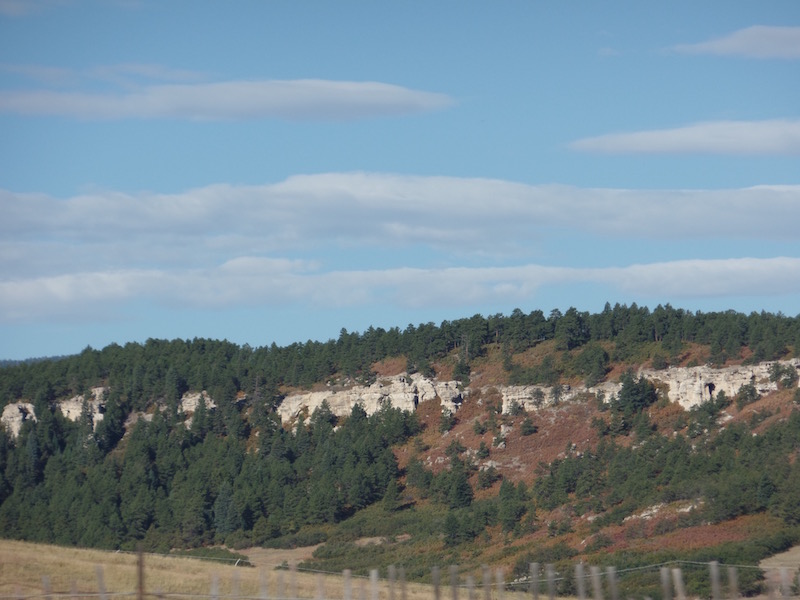
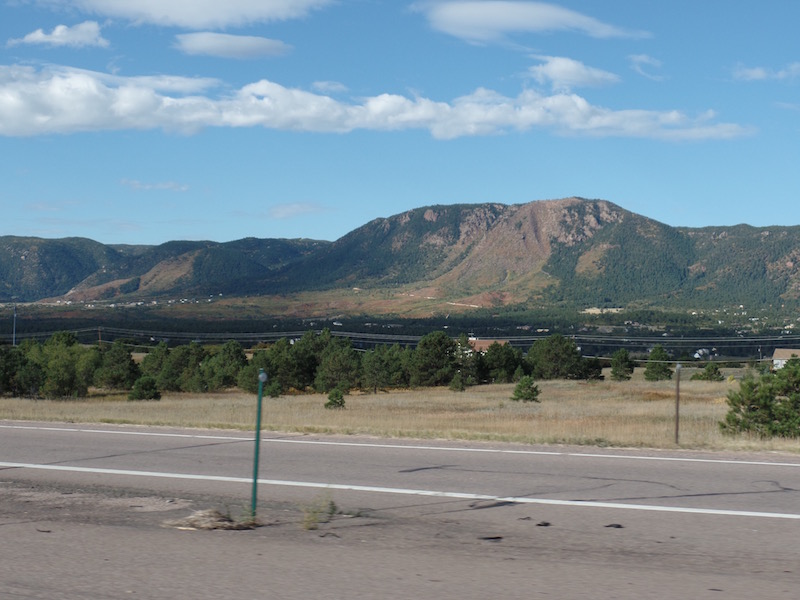
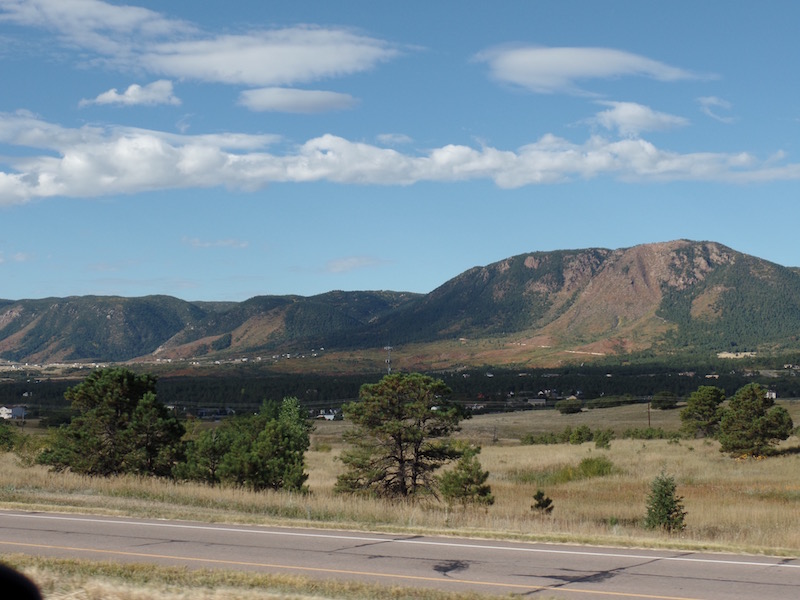
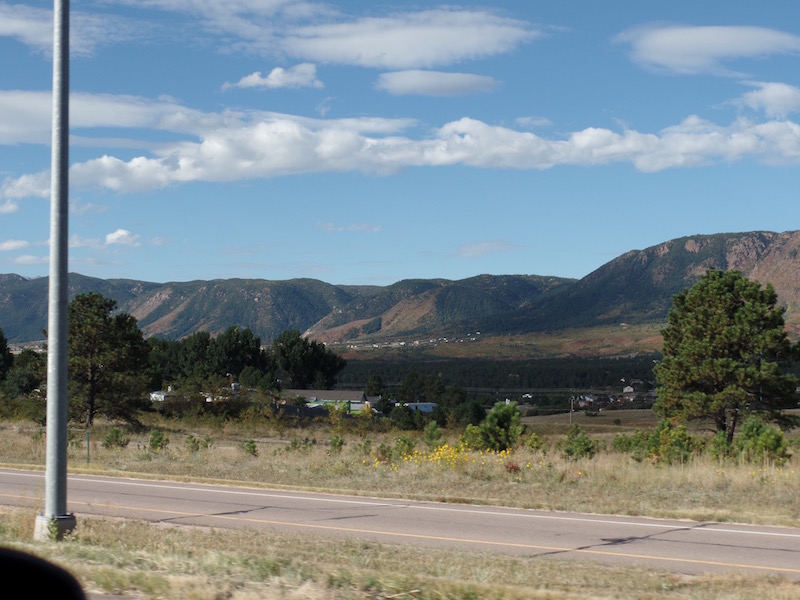
First stop was the US Air Force Academy (USAFA). It is the youngest of the 5 US service academies, having graduated its first class in 1959. It is a 4-year college where graduates receive a Bachelor of Science degree and go on to be commissioned as 2nd lieutenants in the US Air Force. Admission is very competitive, with nominations divided equally among Congressional districts. Now ... you get tuition, room, and board all for free, and receive a monthly stipend, but also receive a commitment to military service after graduation. Women were first admitted in 1975 when President Ford signed legislation allowing women in the US service academies. In June 1976, 157 women entered with the class of 1980. Of those 157, 97 completed the program and graduated, comprising just over 10% of the graduating class. Today, women make up between 20 and 25% of the graduating class.
This is really nestled into the mountains, as this picture shows. These first pictures are of the athletic fields, which happened to be on the way in to the Visitor Center, as well as some overall pictures.


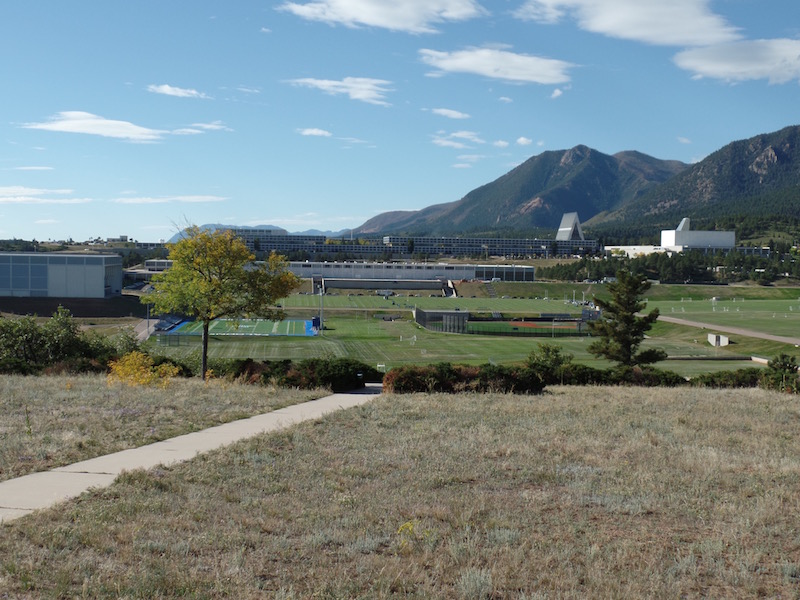
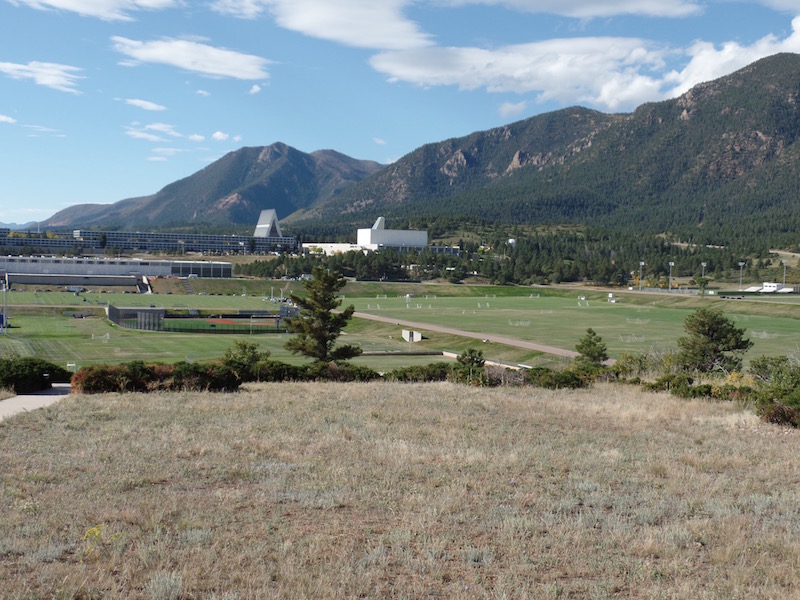
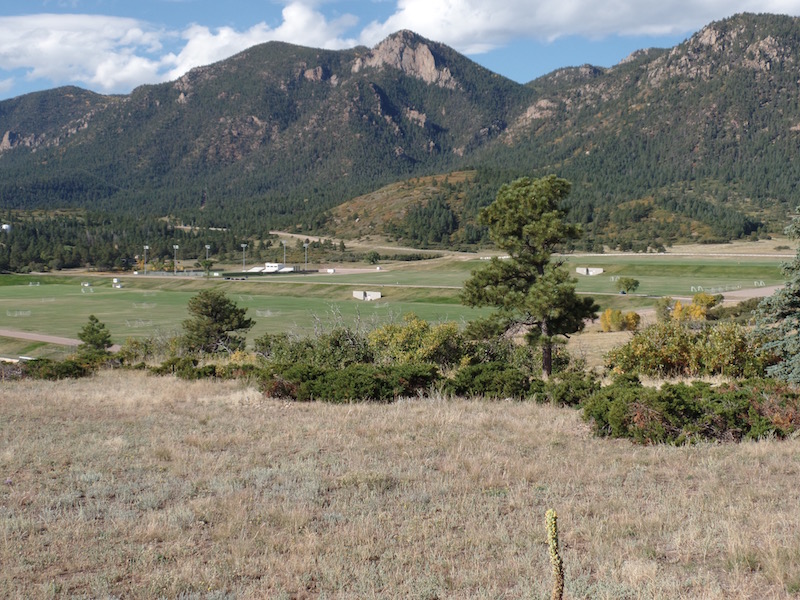
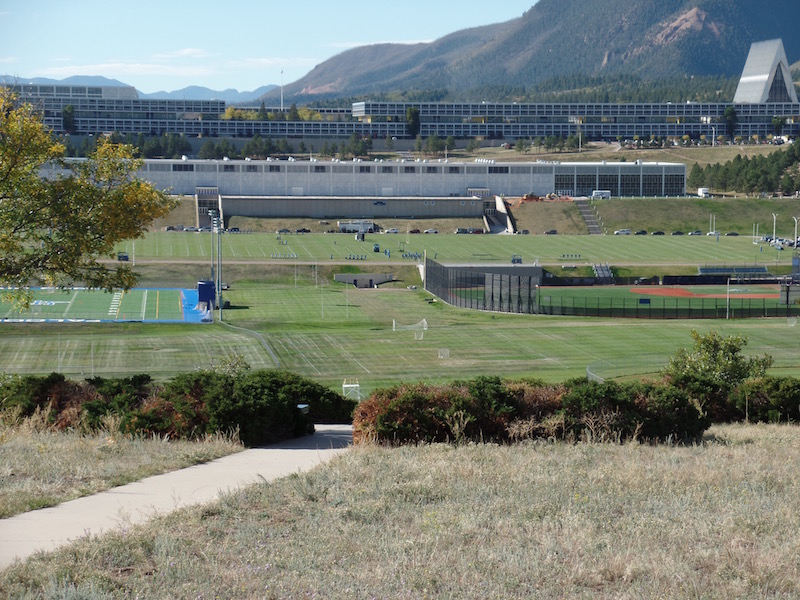
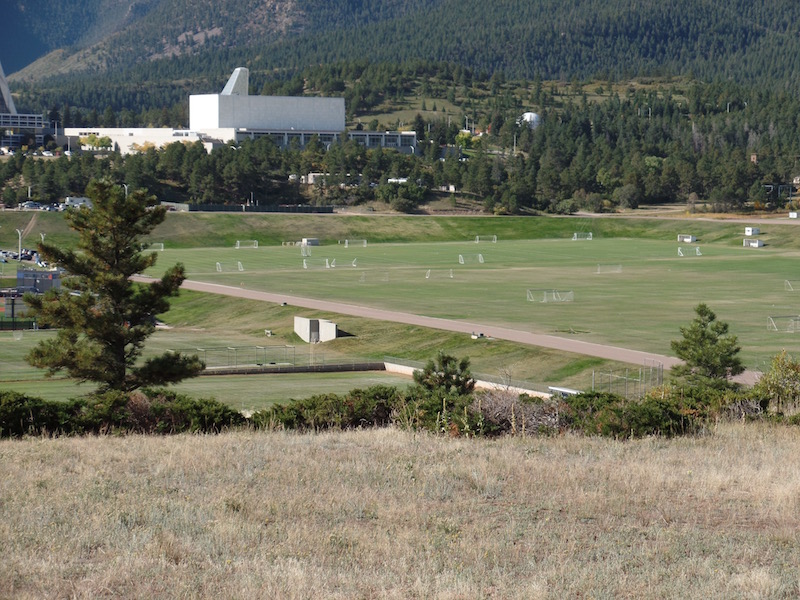
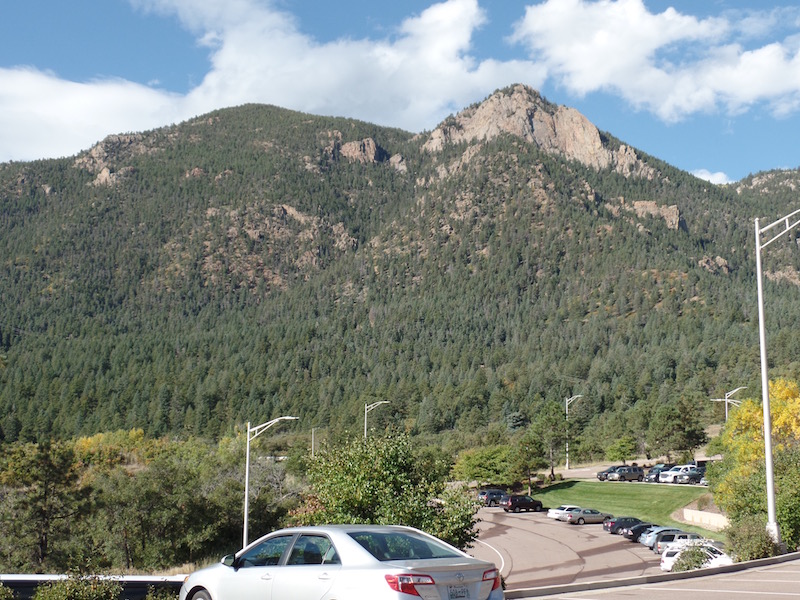
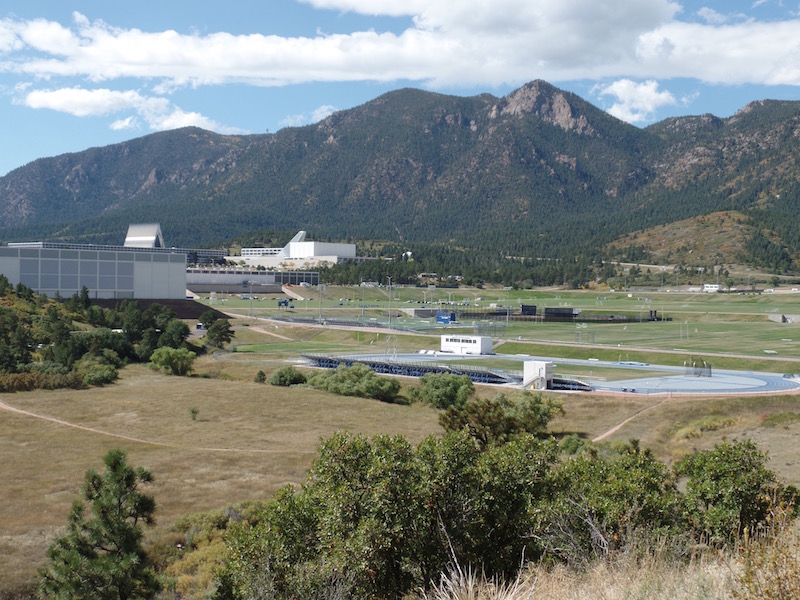
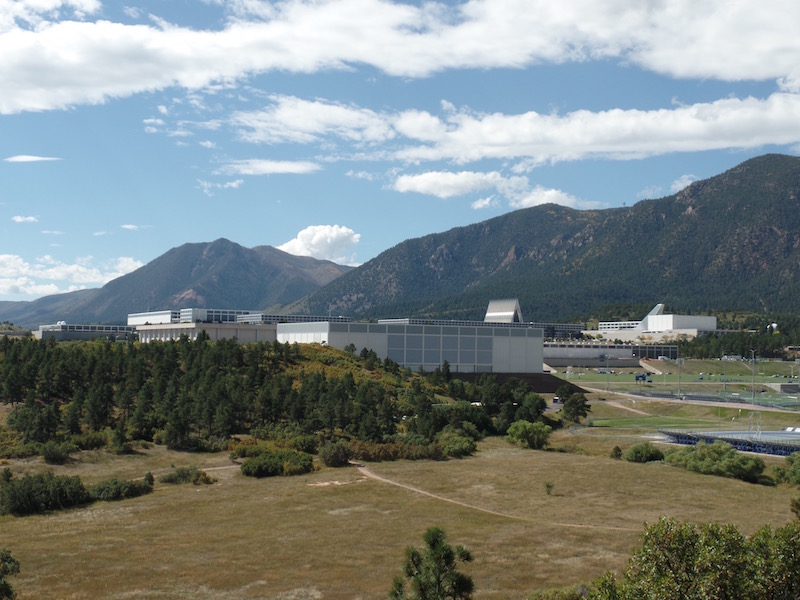
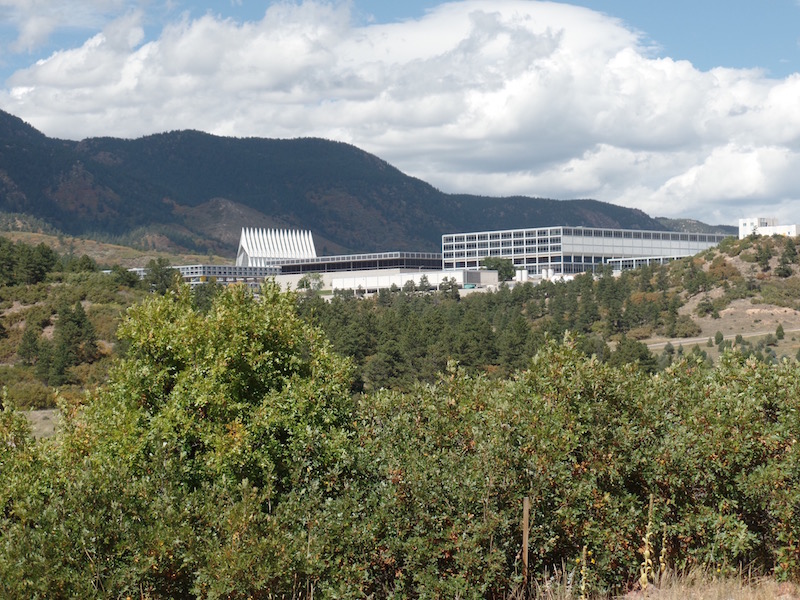
The Cadet Chapel is probably the most unique building on the USAFA campus. It is 150 feet tall and contains three different levels to accommodate 4 different faiths. The upper floor is a Protestant chapel, then on the middle floor is a Catholic chapel, a Jewish chapel, and a Buddhist Hall. There is also an "All-Faiths workshop room" on the lower floor along with a choir rehearsal room and a multi-purpose room.
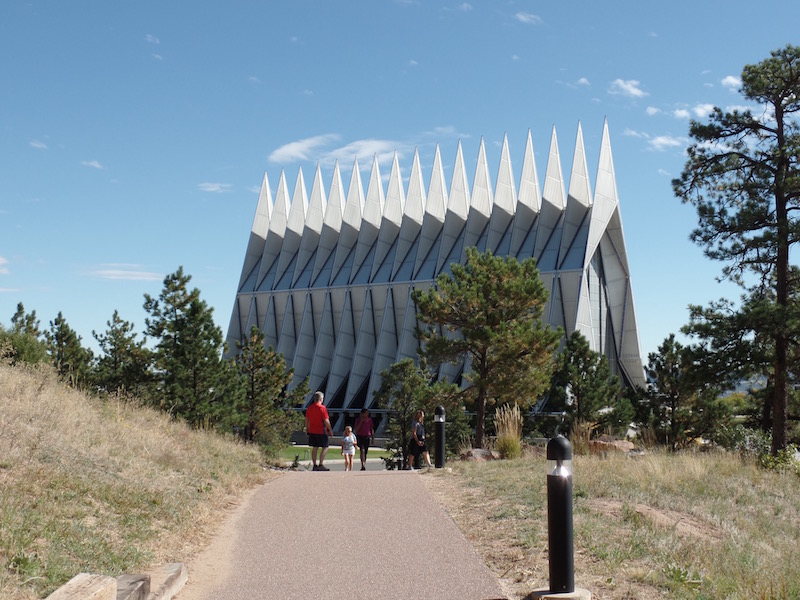

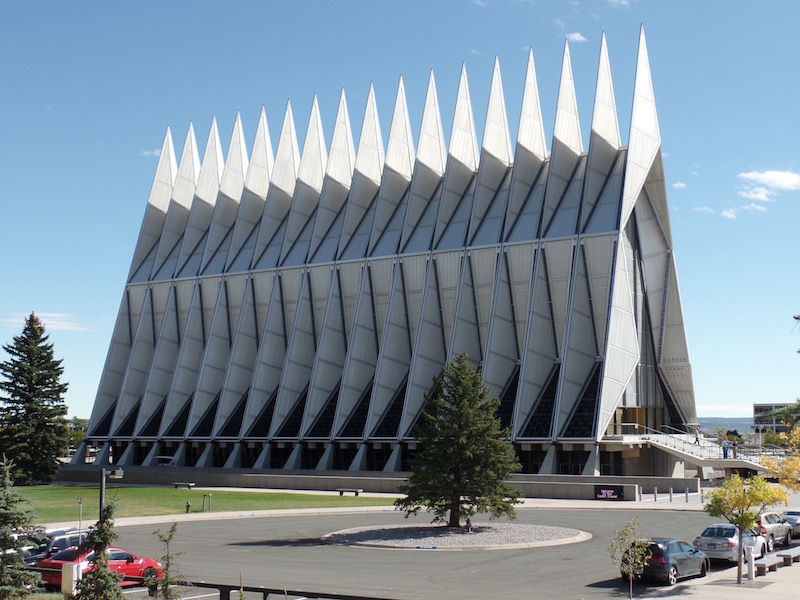
The Protestant chapel probably has the most interesting shape, as it is up on the top floor. The tetrahedrons form the walls and the 99-foot high pinnacled ceiling. Between the tetrahedrons are stained glass windows with colors ranging from dark to light, which are meant to represent coming from the darkness into the light of God. A sleek marble slab formed in the shape of a ship symbolizing the Church is the altar.
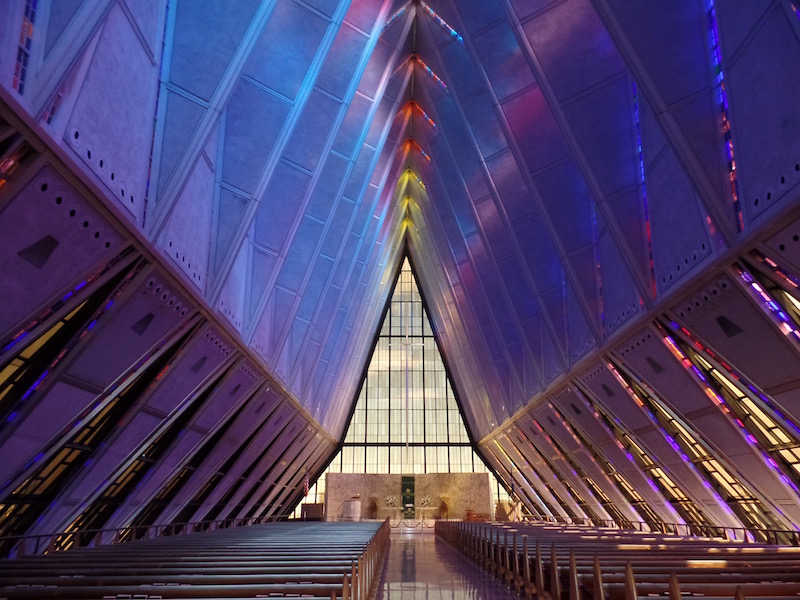
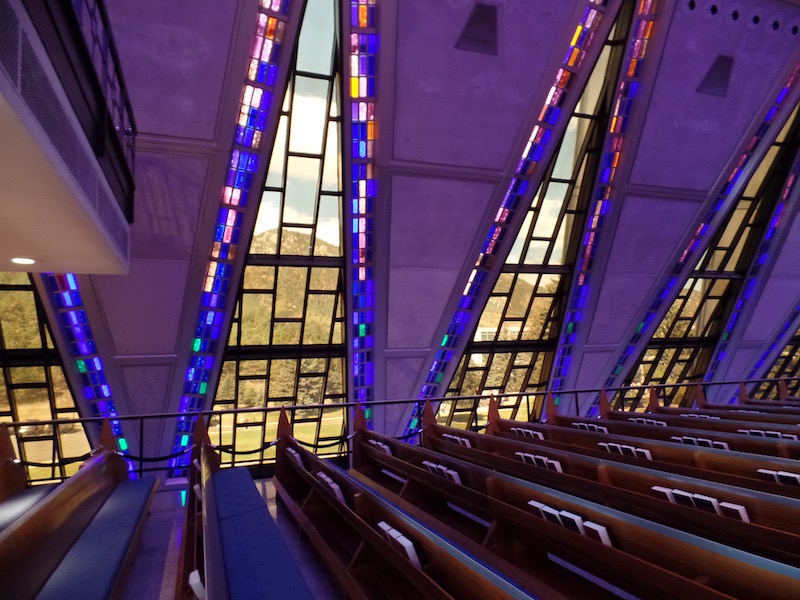
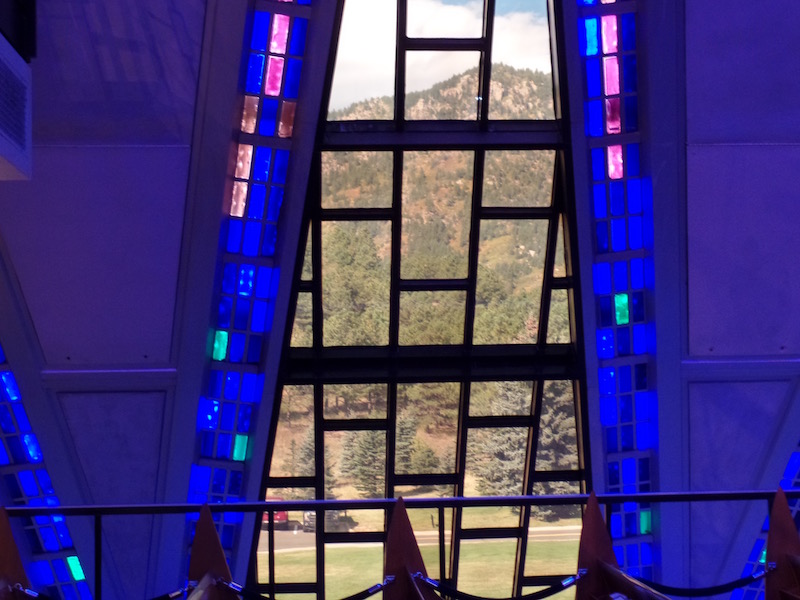
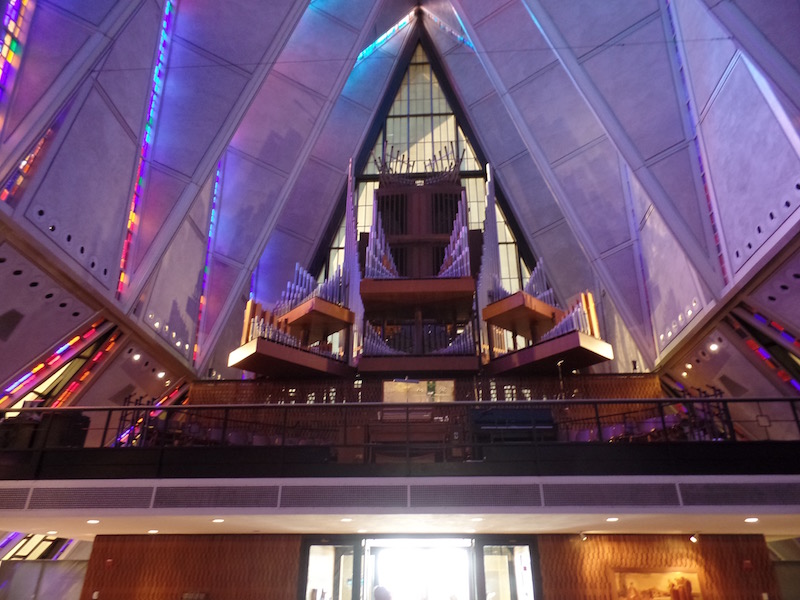
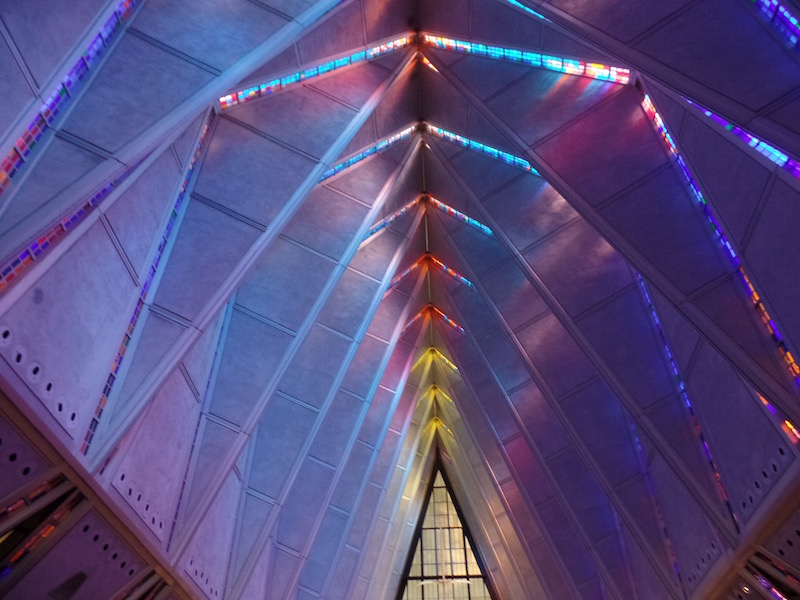
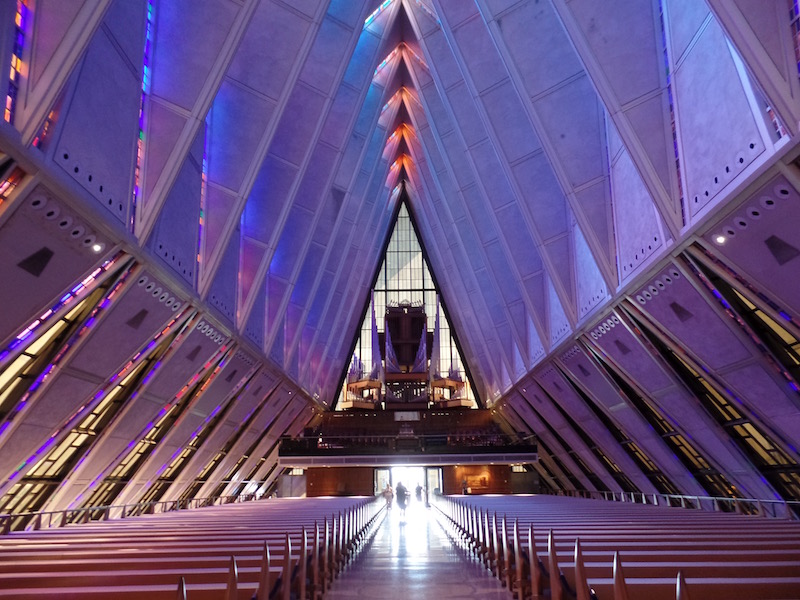
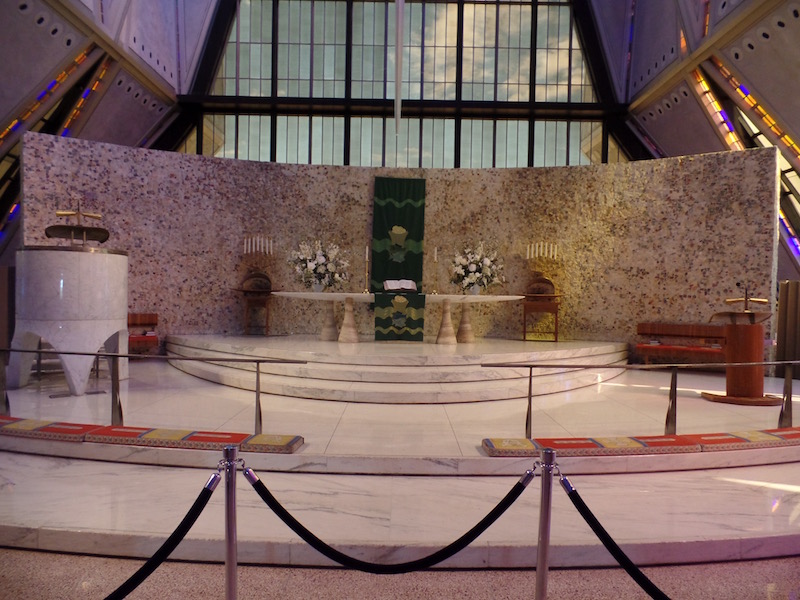
The focal point of the Catholic chapel is the mosaic behind the altar. It is composed of varying shades of blue, turquoise, rose, and gray. Superimposed on the mural and depicting the Annunciation are two 10-foot tall marble figures: the Blessed Virgin Mary on the left and the Archangel Gabriel on the right. A dove, symbolic of the Holy Sprit, sits above and between them.
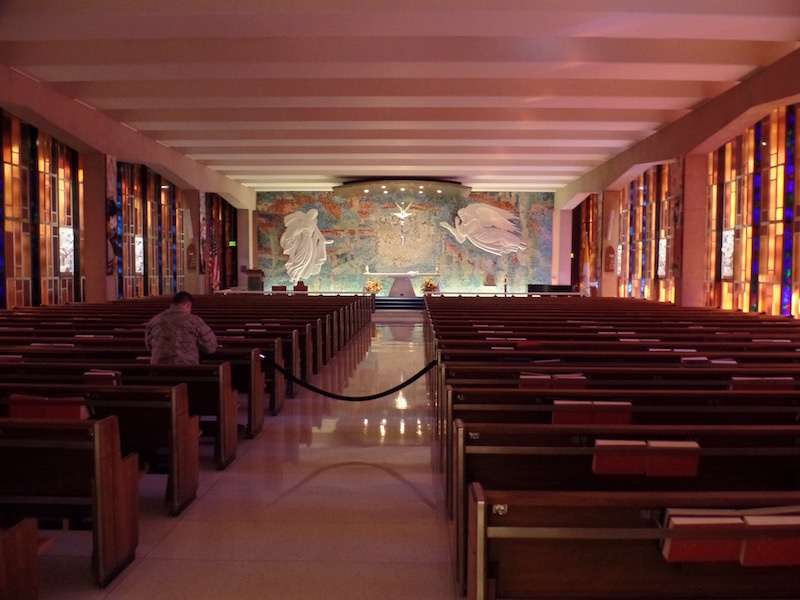
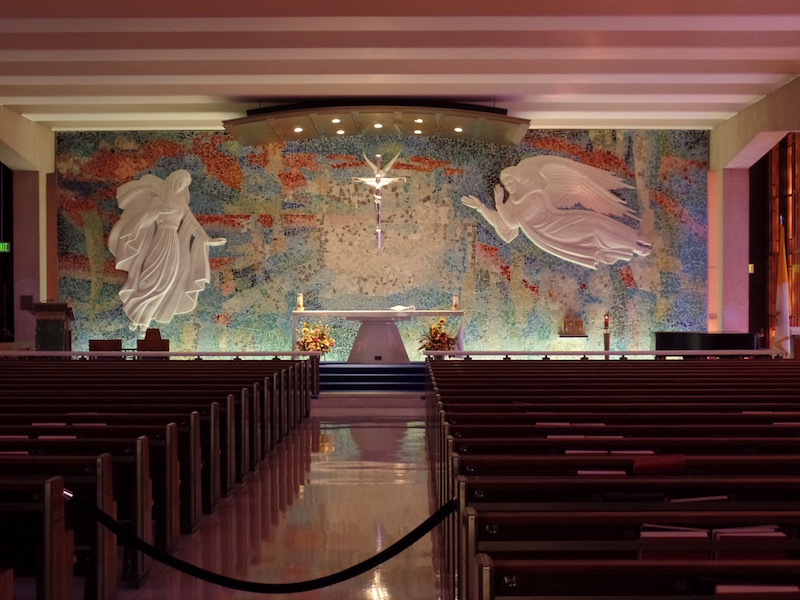
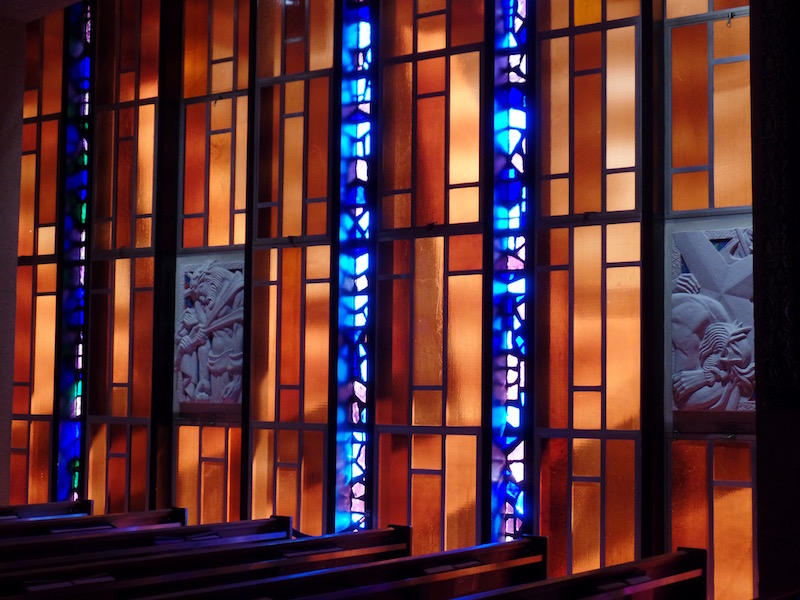
This is the Jewish Chapel. Architecturally, the synagogue is a circle within a square. The circle symbolizes the global mission of the Air Fore and the everlasting presence of God. The surrounding foyer is paved with 1,631 pieces of Jerusalem stone donated by the Israeli Defense Forces.
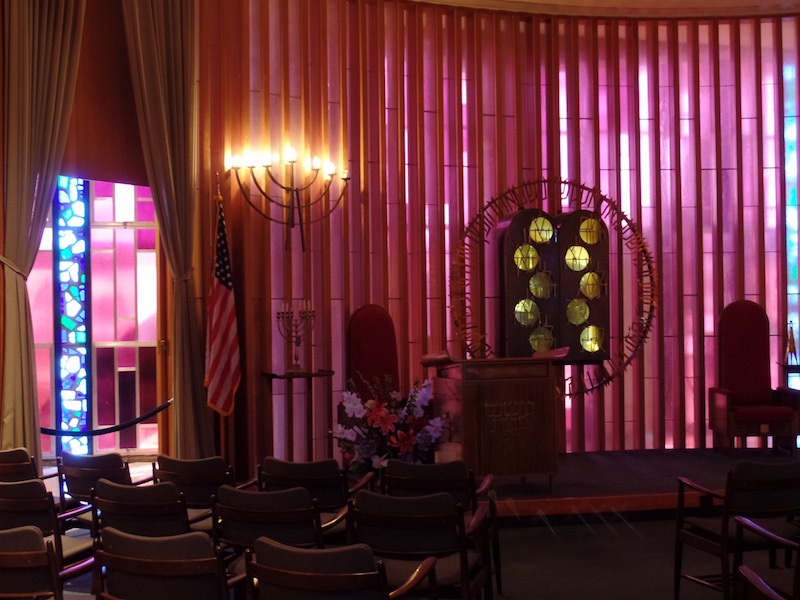
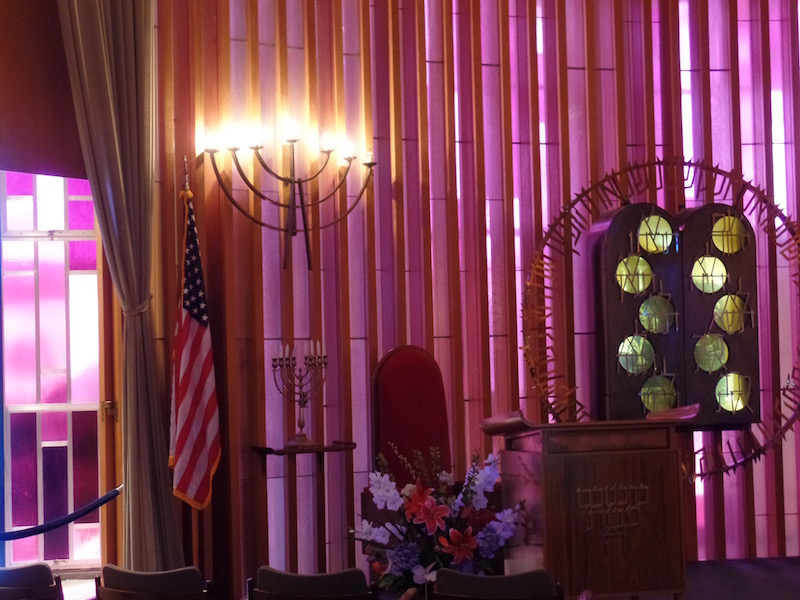
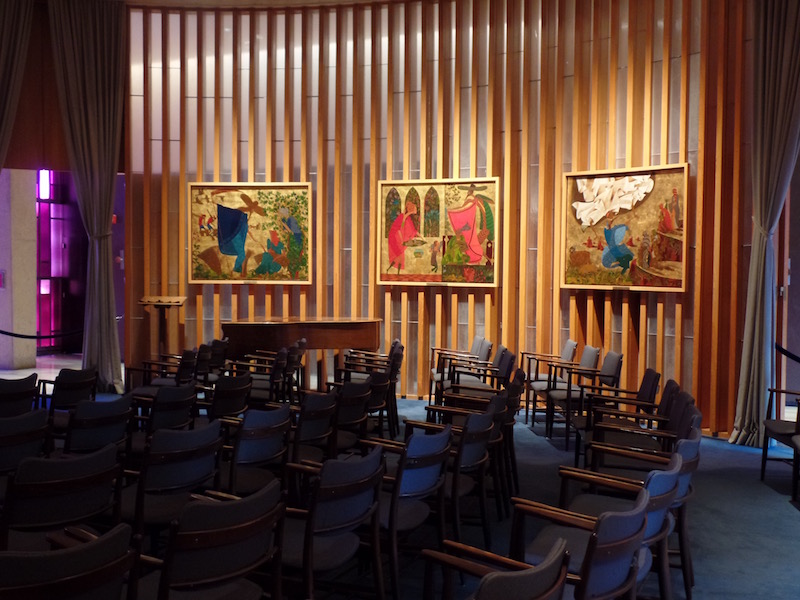
Lastly, there is a 300-square foot Buddhist Chapel (Vast Refuge Dharma Hall), which was donated in 2007.
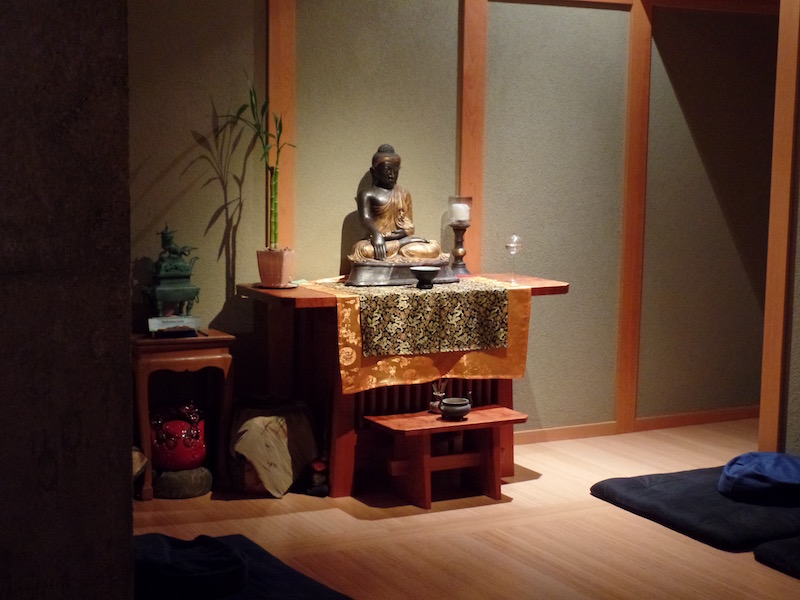
The buildings in the Cadet Area were designed in a distinct, modernist style, and make extensive use of aluminum on building exteriors, suggesting the outer skin of aircraft or spacecraft. The main buildings in the Cadet Area are set around a large, square pavilion known as 'the Terrazzo'. There are 2 main dorms: Vandenberg Hall and Sijan Hall, where all of the cadets reside. There is a single dining facility and a couple buildings for classes and administration. An interesting piece of trivia that I learned during the video .. the freshman are required to run in straight lines around the Terrazzo at all times (they can never just walk, nor can they go across in angles) .. there are lines made of marble that they must run along. It is funny to see, which we did while waiting there and looking around when classes let out.
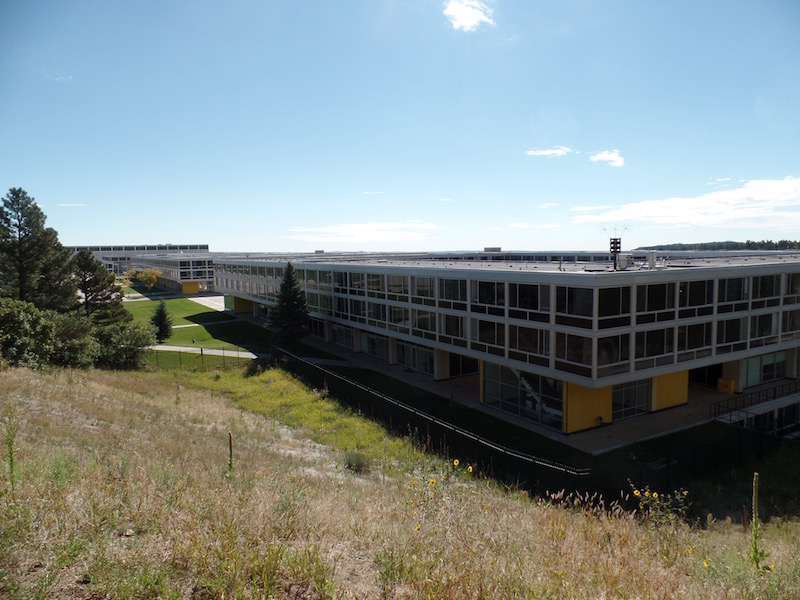
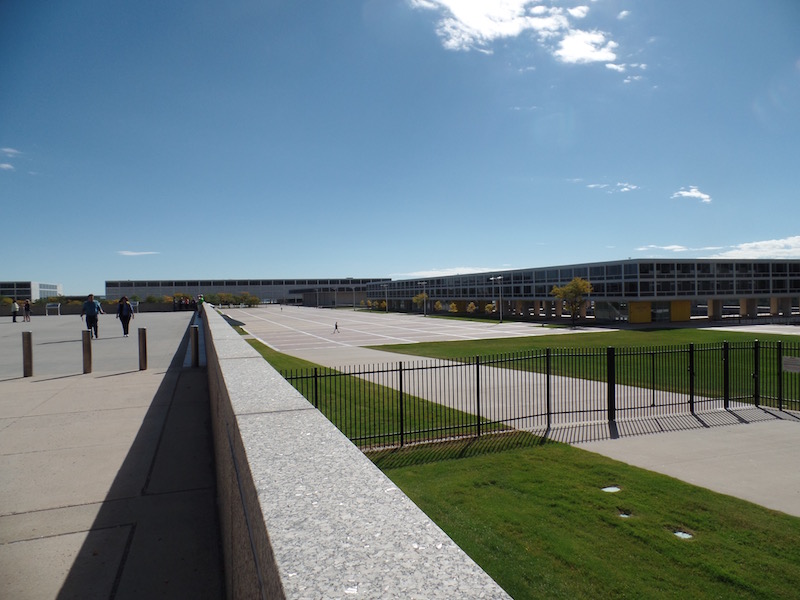
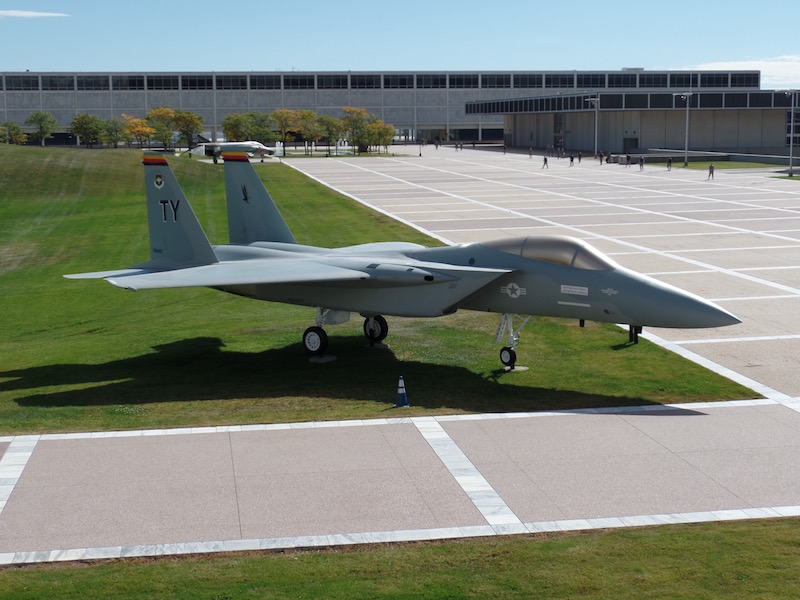
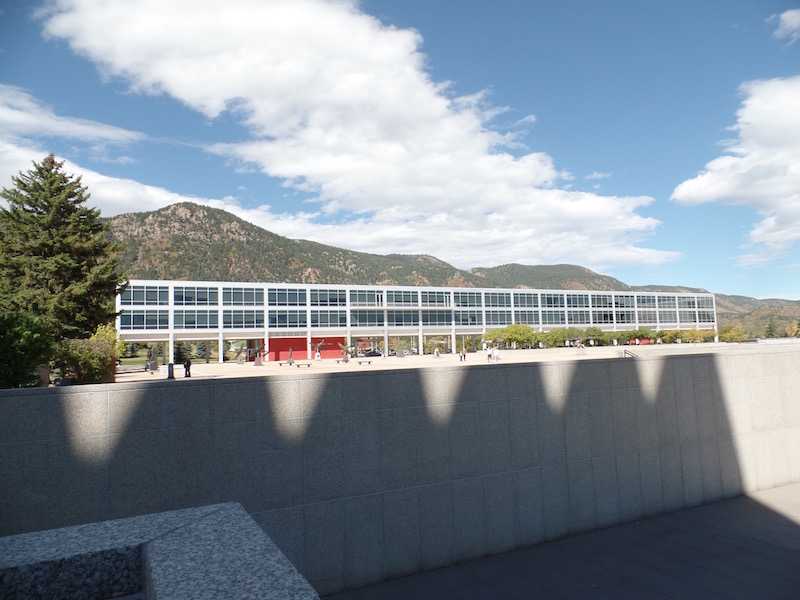
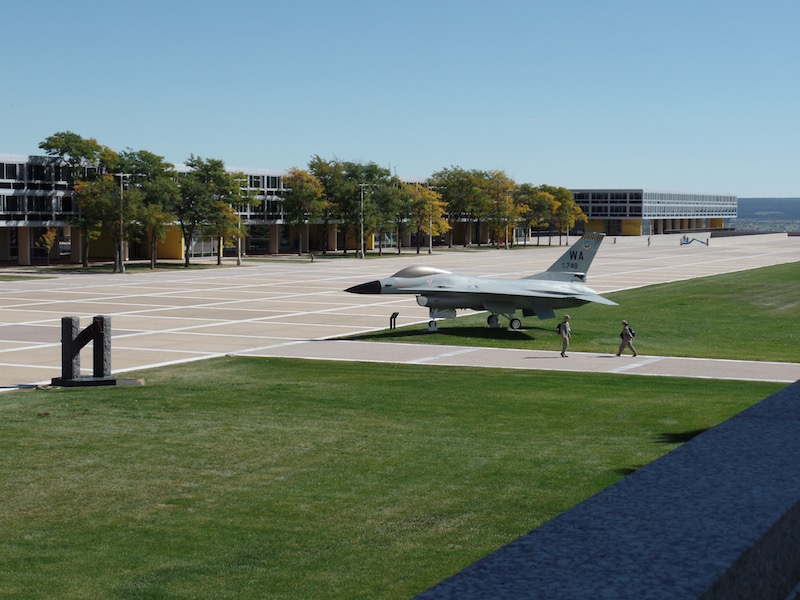
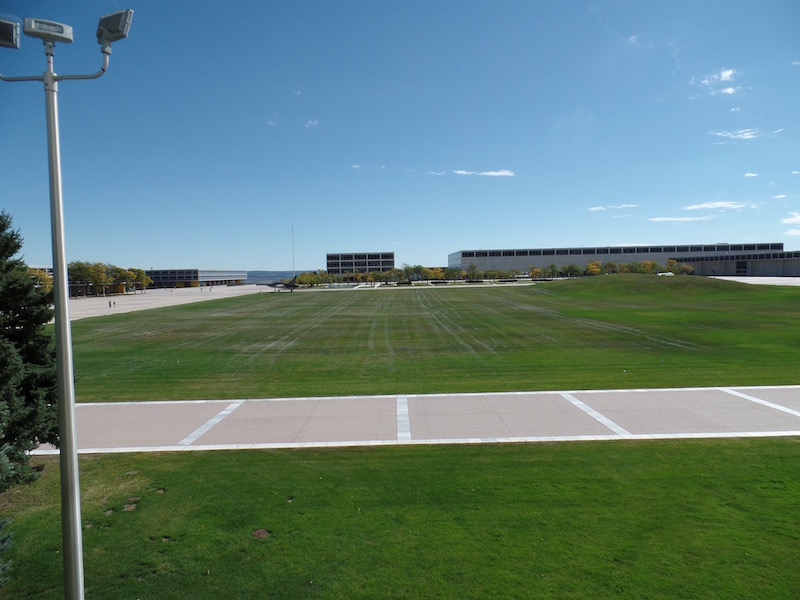
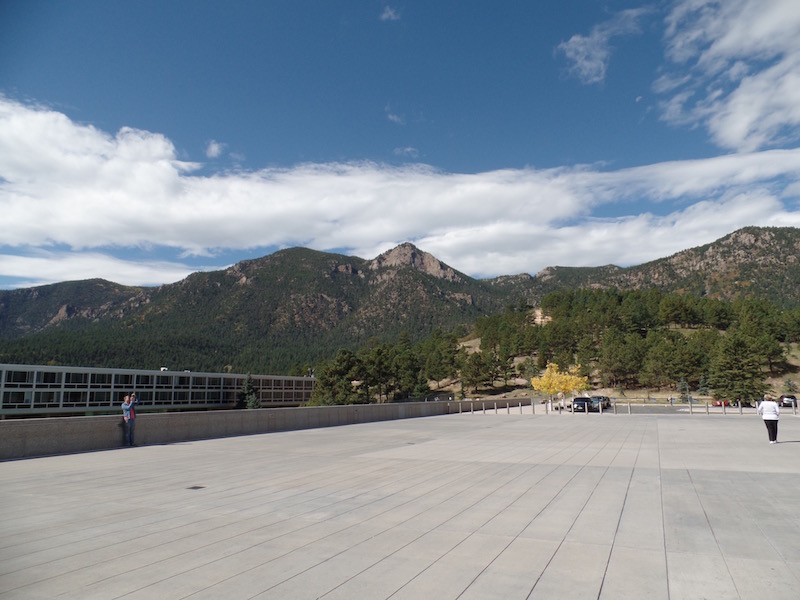
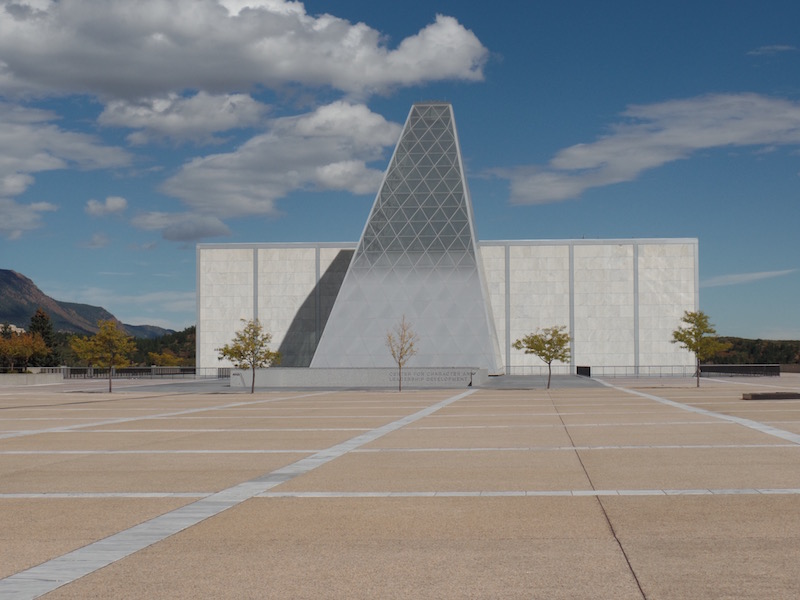
Behind the Cadet Chapel there was an area with a set of airplane models. The first is a P40:
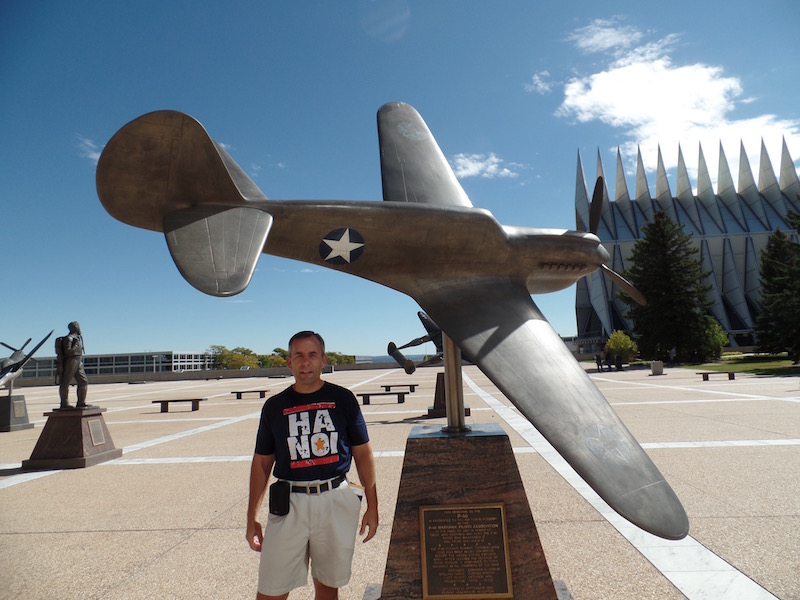
Then a P47 Thunderbolt, which was a multi-role fighter known as the jug. It was the largest, heaviest, most destructive single-engine aircraft used in World War II.
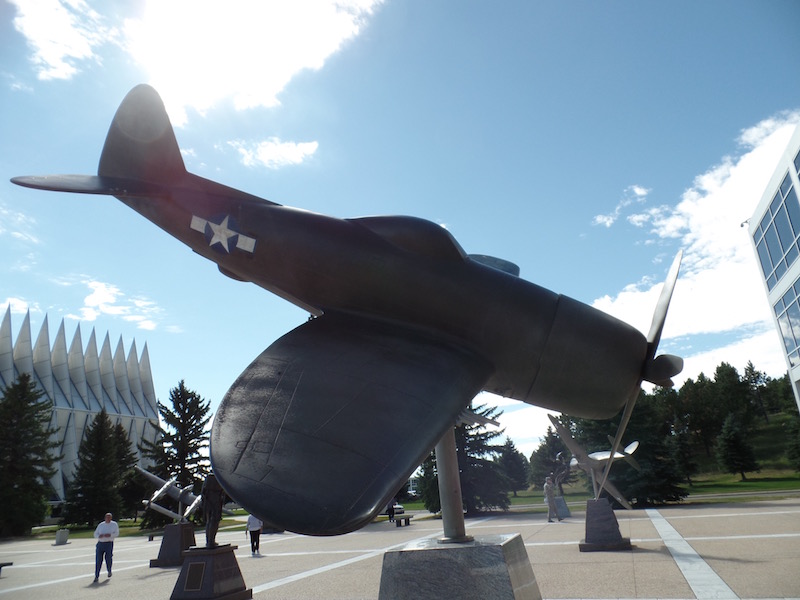
Boeing B17G, also known as the Flying Fortress.
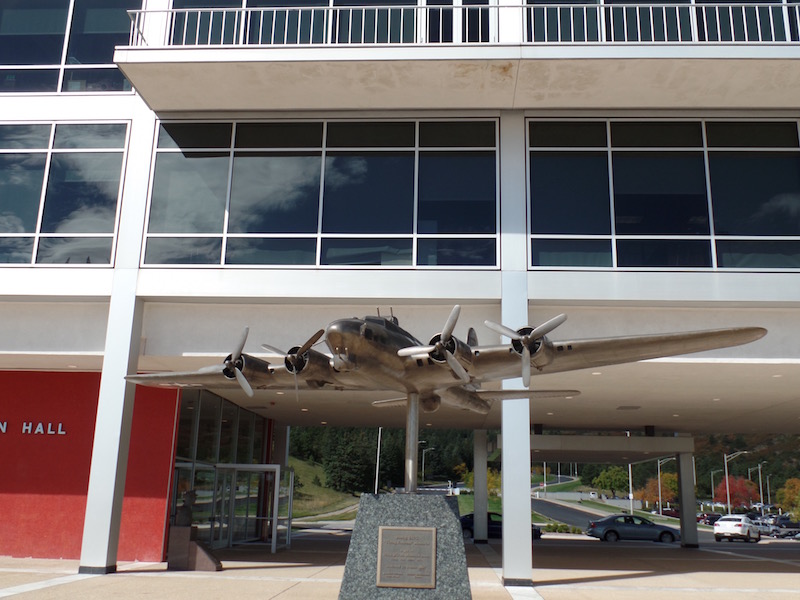
C46 Commando, which was a World War II cargo aircraft.
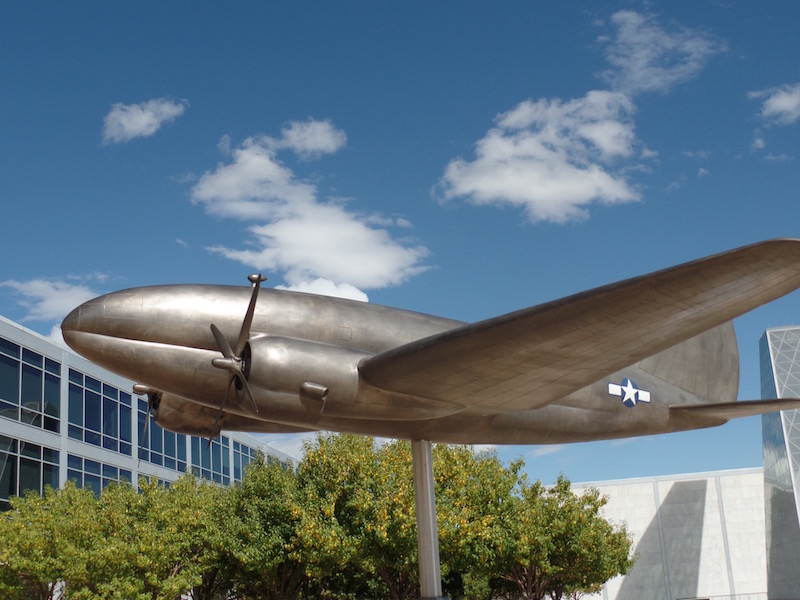
P51 Mustang, which were flown in both World War II and Korea.
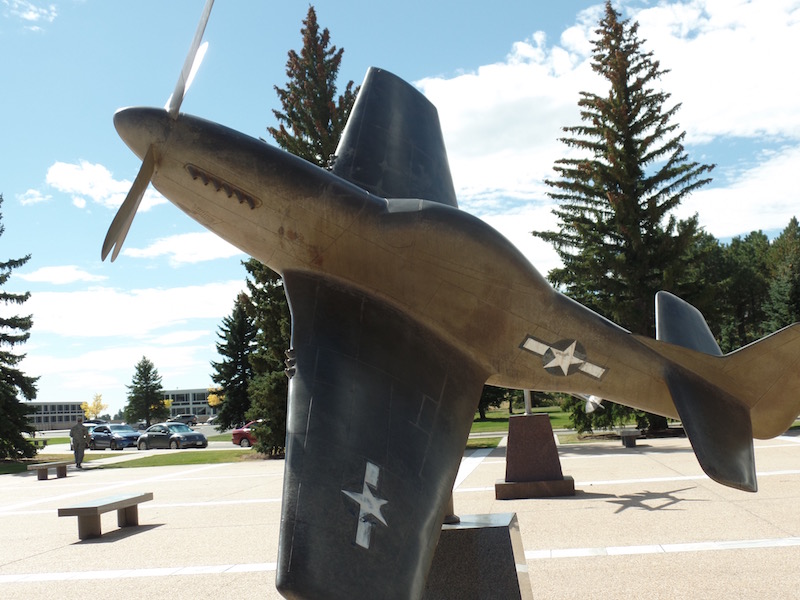
B24 Liberator, which was a World War II heavy bomber which flew combat operations in all theaters.
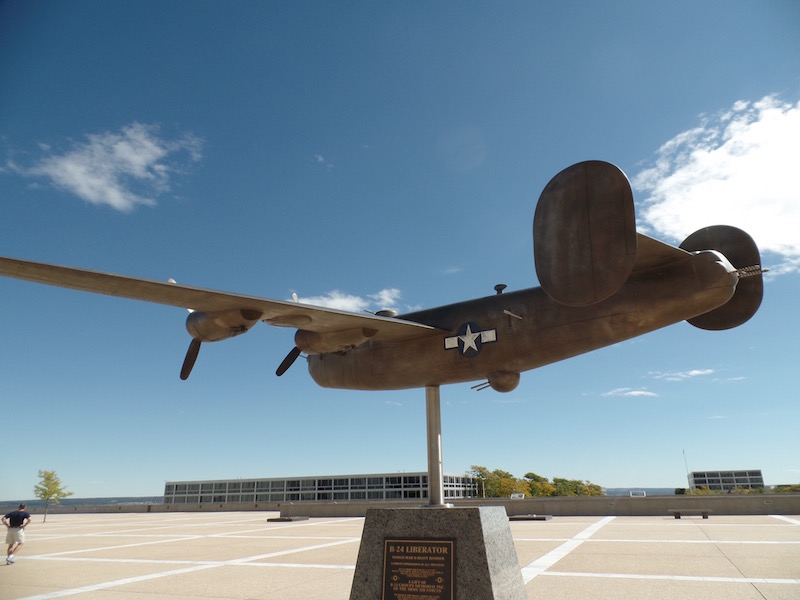
B29 Superfortress, another World War II heavy bomber.
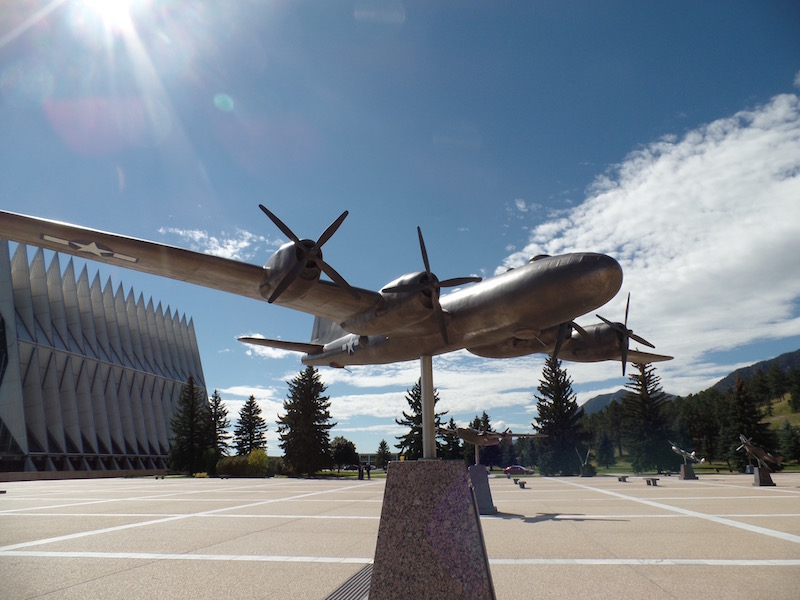
P-38, F-4/5 Lightning, also from World War II
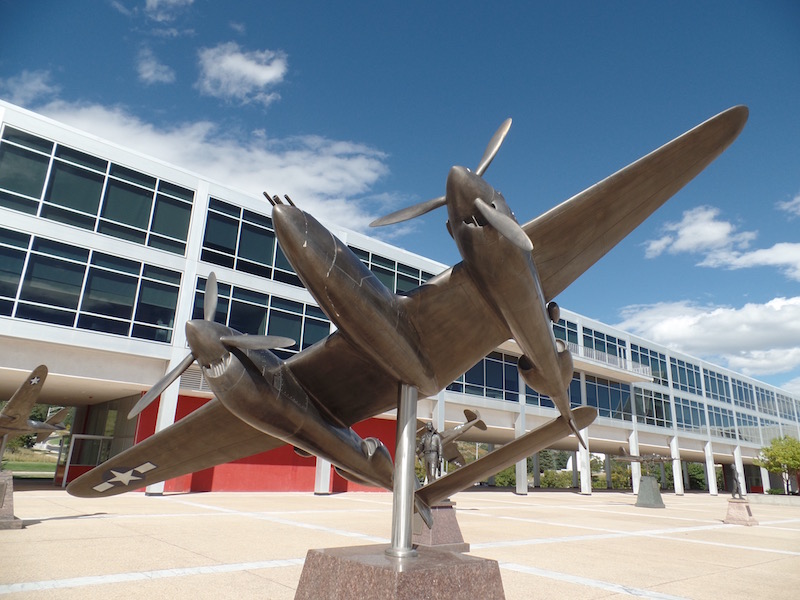
The Fieldhouse is the home to Clune Arena, the ice hockey rink and an indoor track, which doubles as an indoor practice facility for a number of sports.
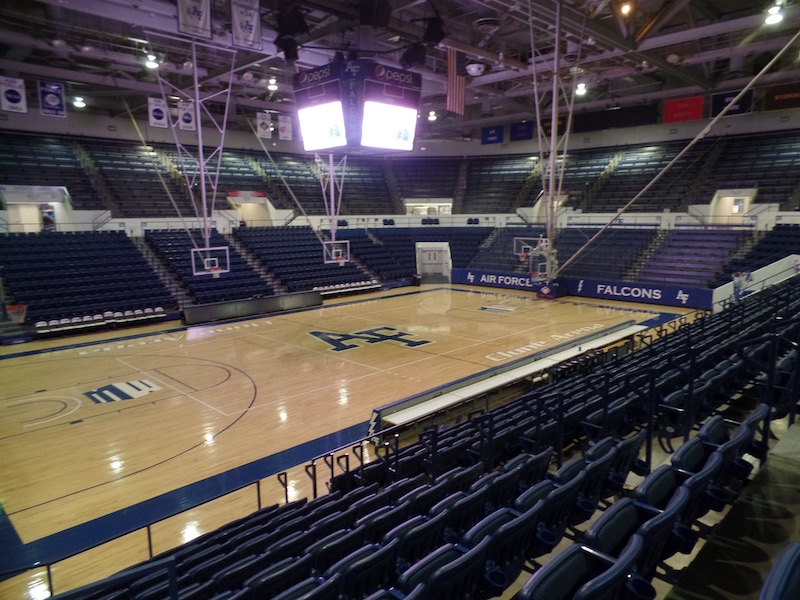
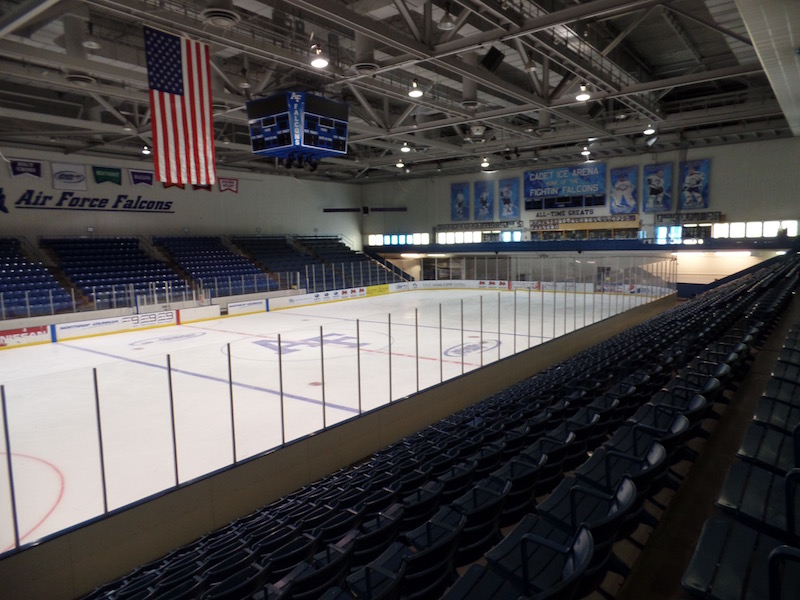
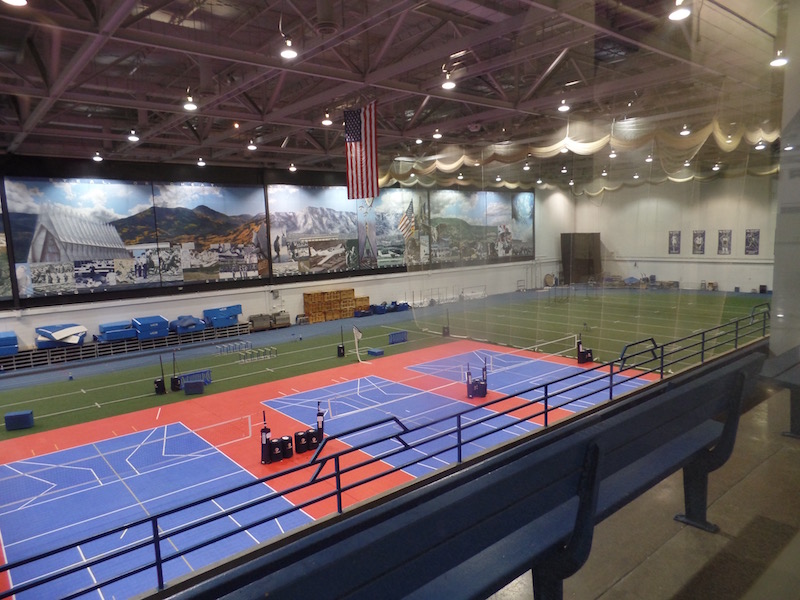
There was also a War Memorial nearby.
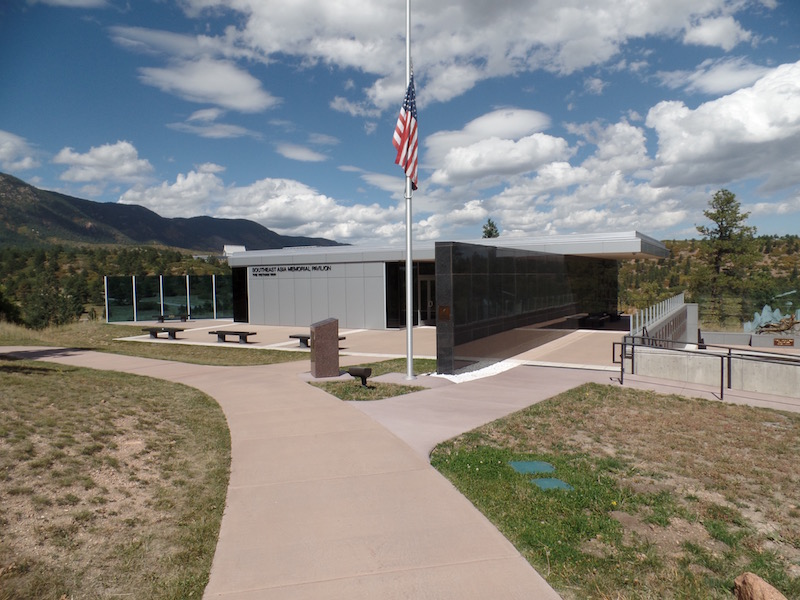
There are two different courses at the Eisenhower Golf Course: the Blue and the Silver. I have no idea which one this hole was, but it basically is right in the middle with the rest of the USAFA surrounding them.
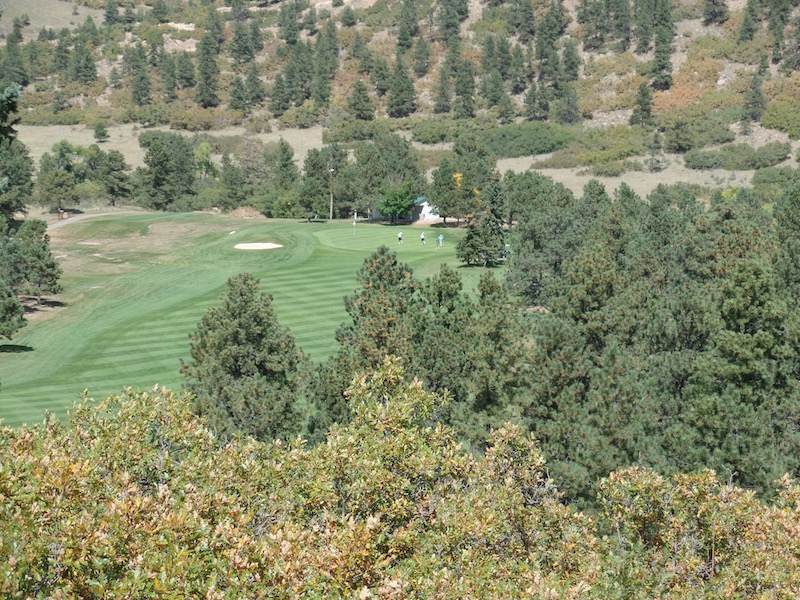
Falcon Stadium is at the edge of the Cadet area and is the home of the football team, the Falcons. We snuck into the "club" area and took a peek down to the stadium. We met up with friends, Misty and Chris, who live in Colorado Springs and who have season tickets to the games. The other day we happened to see they were playing and were thinking about them in the stands.
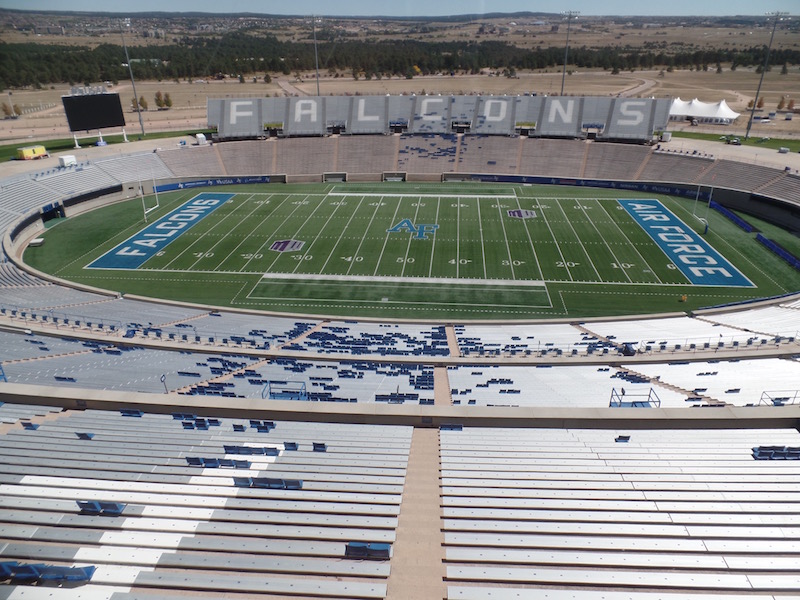
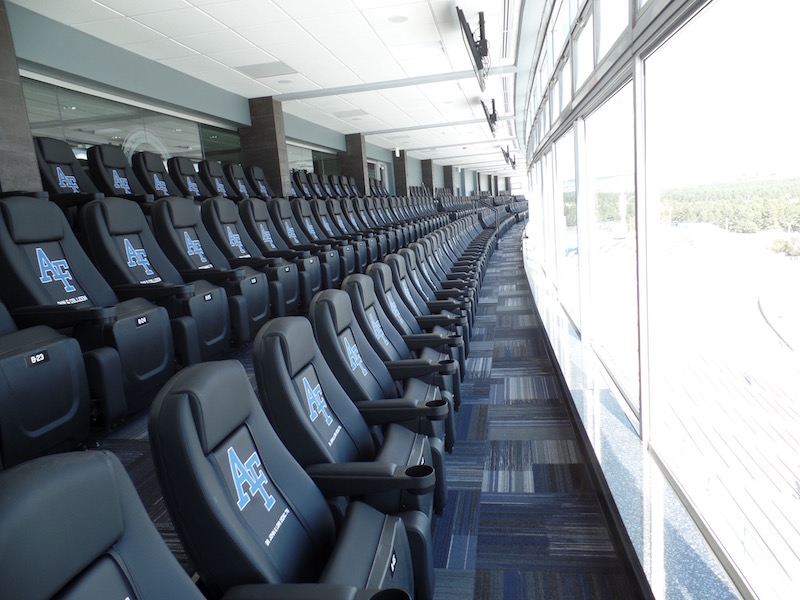
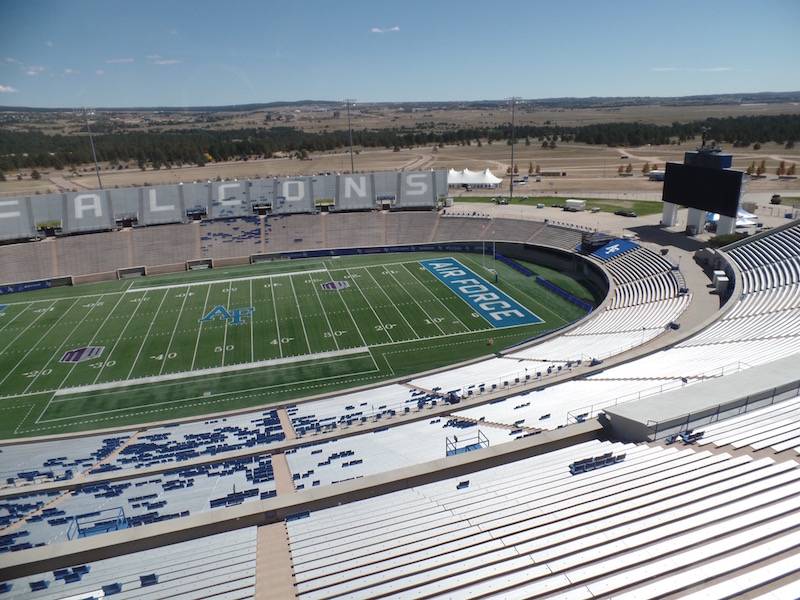
We stopped and had lunch with Chris and Misty on our way to the Garden of the Gods. The Garden of the Gods' red rock formations were created during a geological upheaval along a natural fault line millions of years ago. Archaeological evidence shows that prehistoric people visited Garden of the Gods about 1330 BC. At about 250 BC, Native American people camped in the park; they are believed to have been attracted to wildlife and plant life in the area and used overhangs created by the rocks for shelter. There are many native peoples who have reported a connection to Garden of the Gods, including Apache, Cheyenne, Comanche, Kiowa, Lakota, Pawnee, Shoshone, and Ute people. The outstanding geologic features of the park are the ancient sedimentary beds of deep-red, pink and white sandstones, conglomerates and limestone that were deposited horizontally, but have now been tilted vertically and faulted into "fins" by the immense mountain building forces caused by the uplift of the Rocky Mountains and the Pikes Peak massif. The following Pleistocene Ice Age resulted in erosion and glaciation of the rock, creating the present rock formations. Evidence of past ages can be read in the rocks: ancient seas, eroded remains of ancestral mountain ranges, alluvial fans, sandy beaches and great sand dune fields. The resulting rocks had different shapes: toppled, overturned, stood-up, pushed around and slanted. Balanced Rock, a fountain formation, is a combination of coarse sand, gravel, silica and hematite. It is hematite that gives the large balanced rock its red hue. Balanced rock was formed as erosive processes removed softer layers near its base, eventually leaving the precarious-looking formation seen today. The Gateway Rocks Three Graces, and other outcroppings are sedimentary layers that had been pushed up vertically. The largest outcroppings in the park, "North Gateway", "South Gateway", "Gray Rock", and "Sleeping Giant" are comprised primarily of Lyons Formation, a stone made of fine sand from ancient sand dunes.
We just took lots of pictures :-)
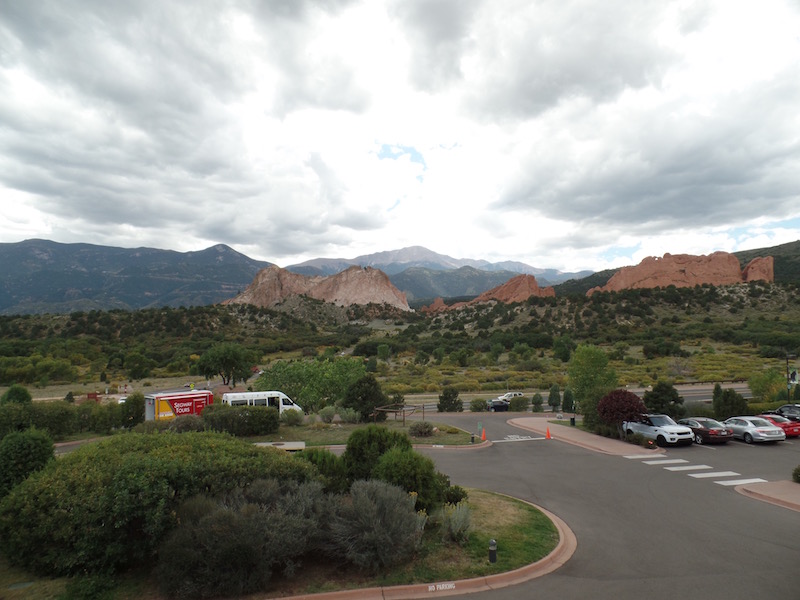
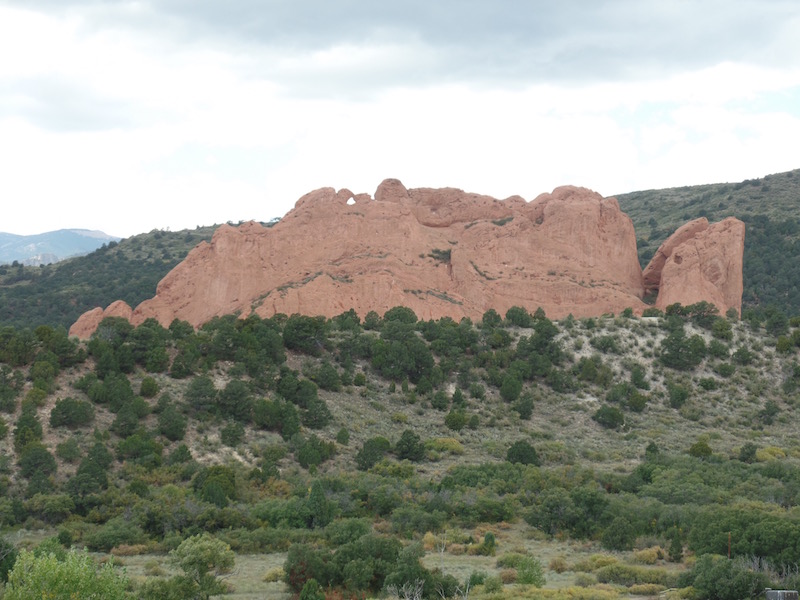
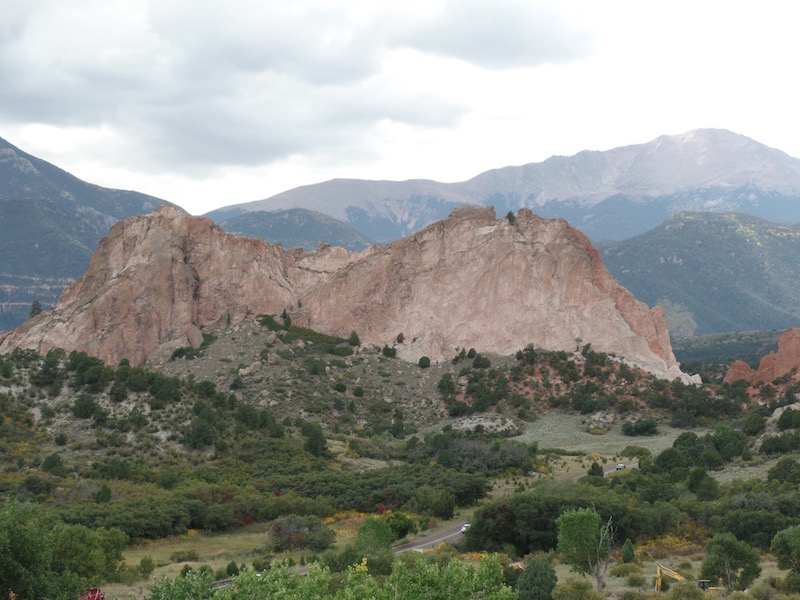
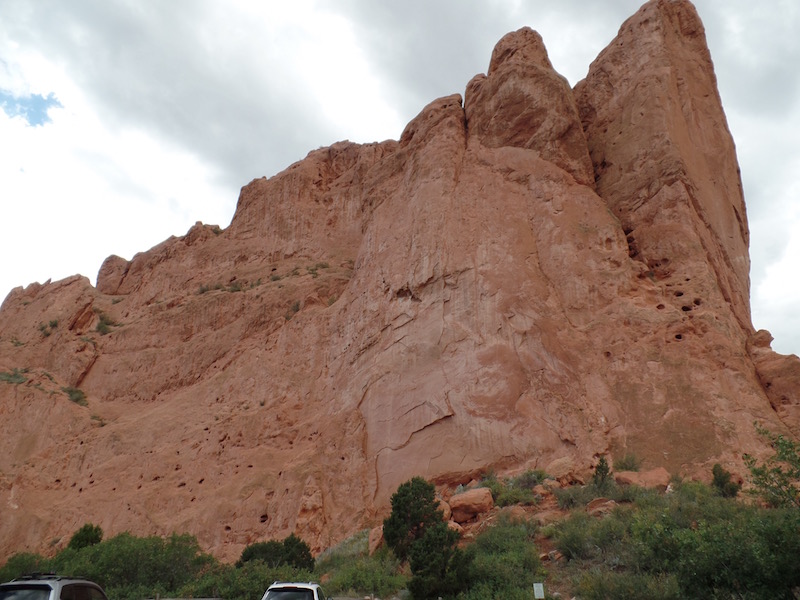
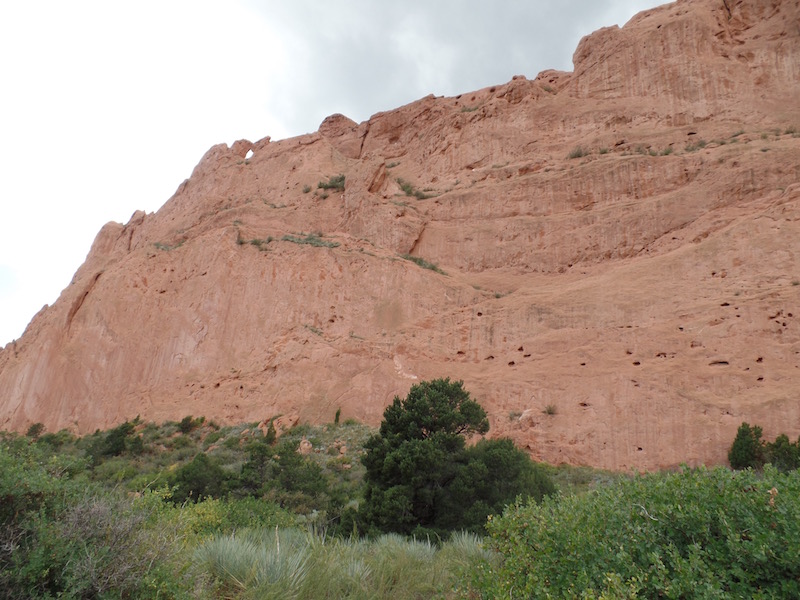
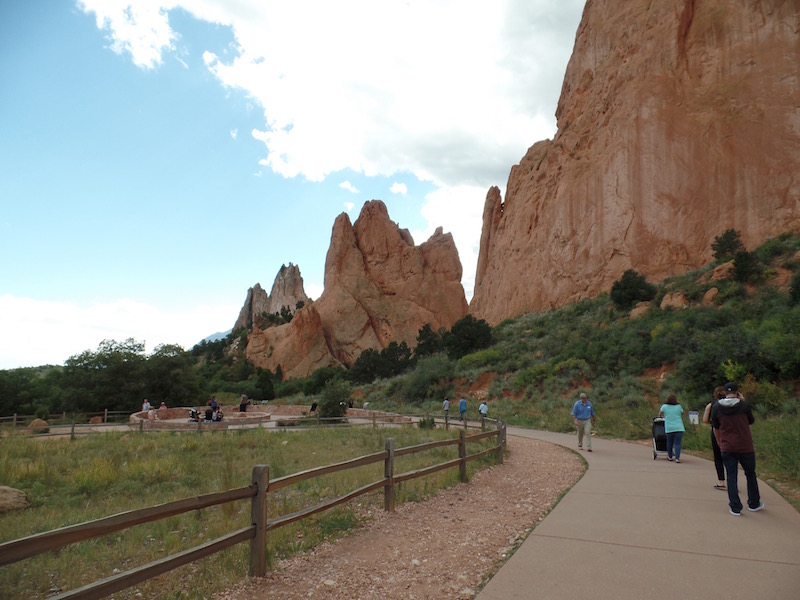
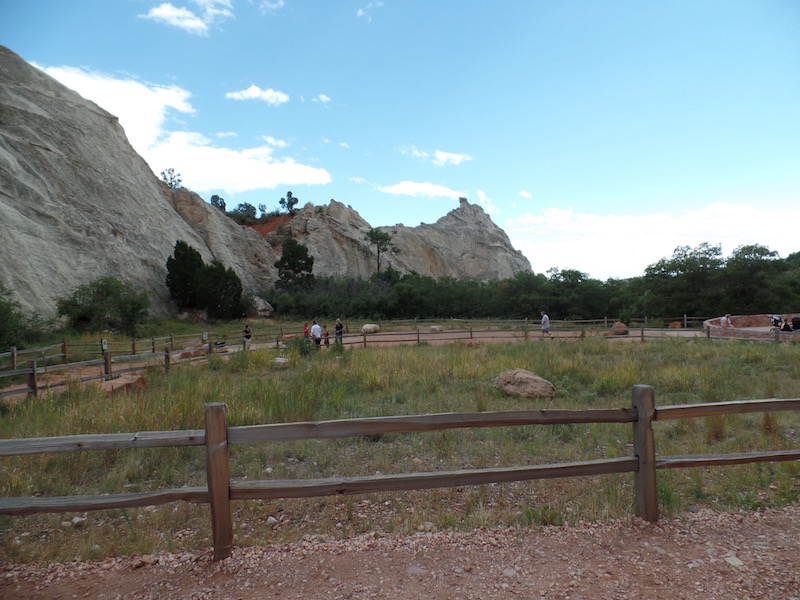
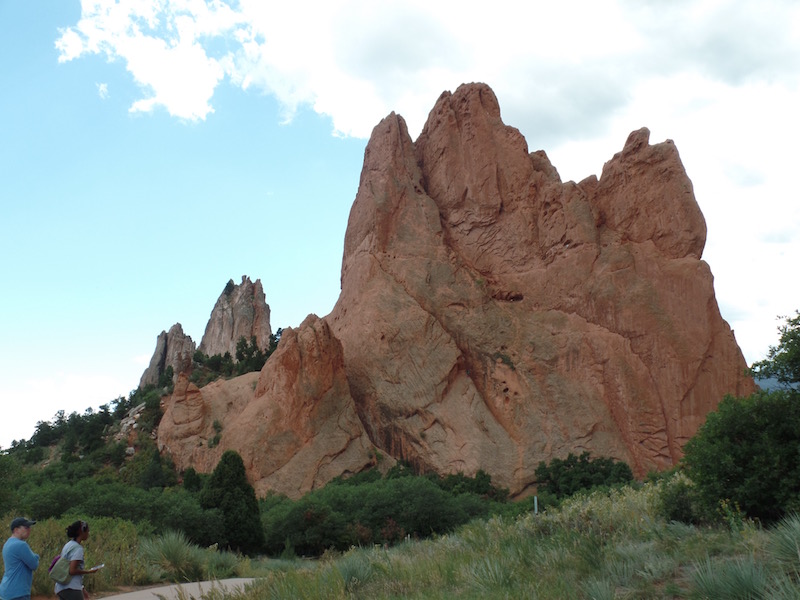
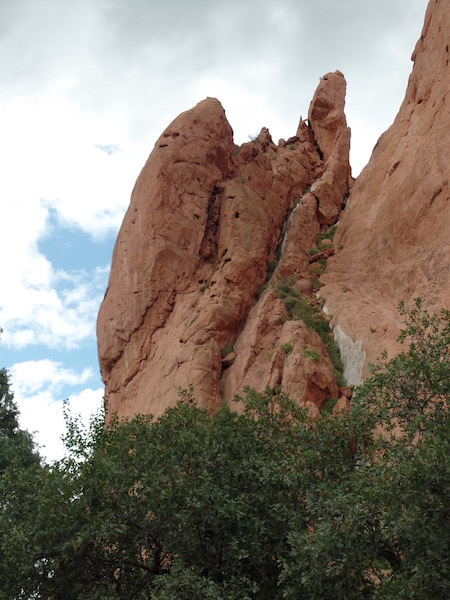
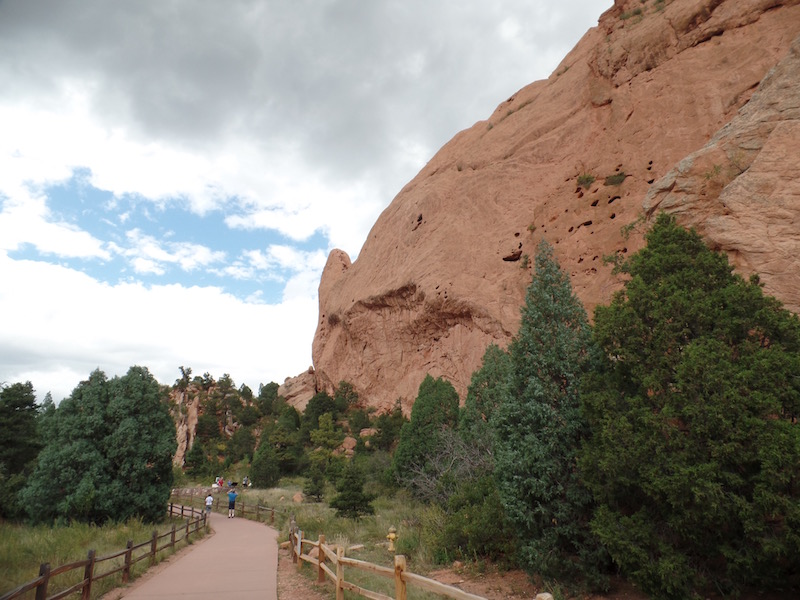
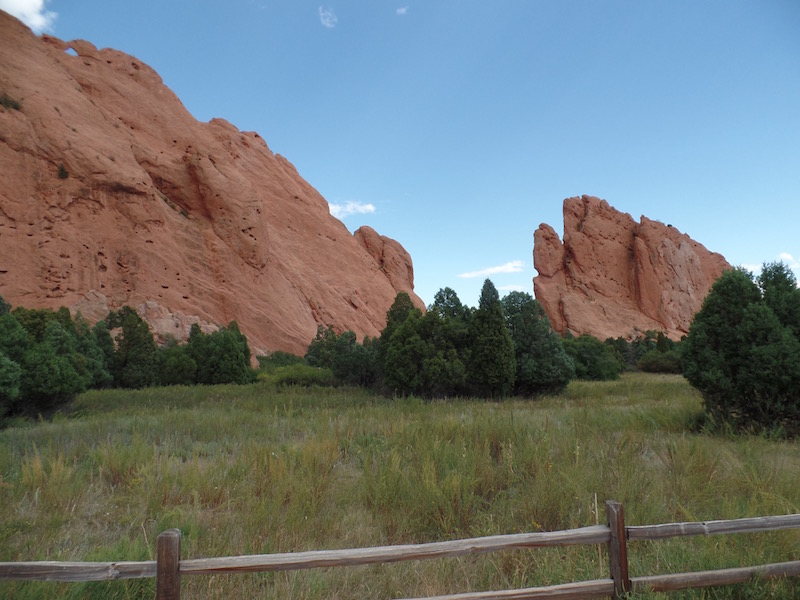
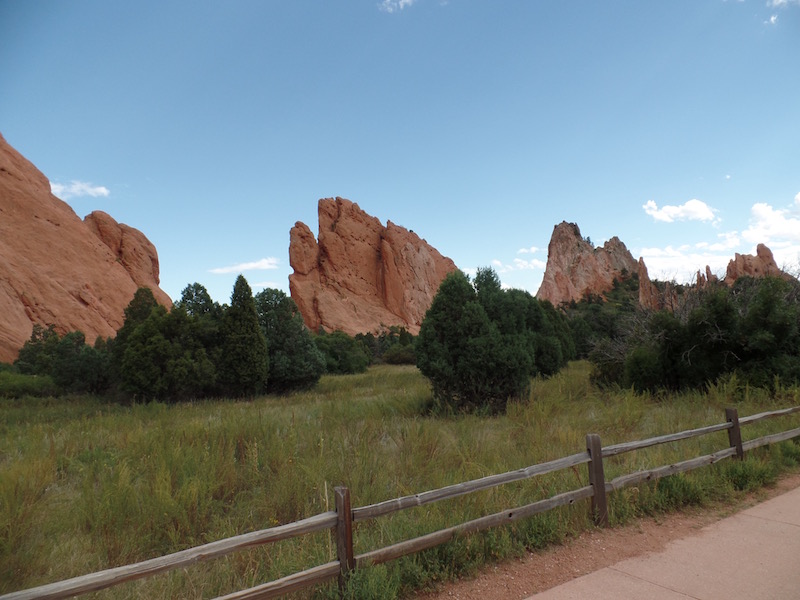
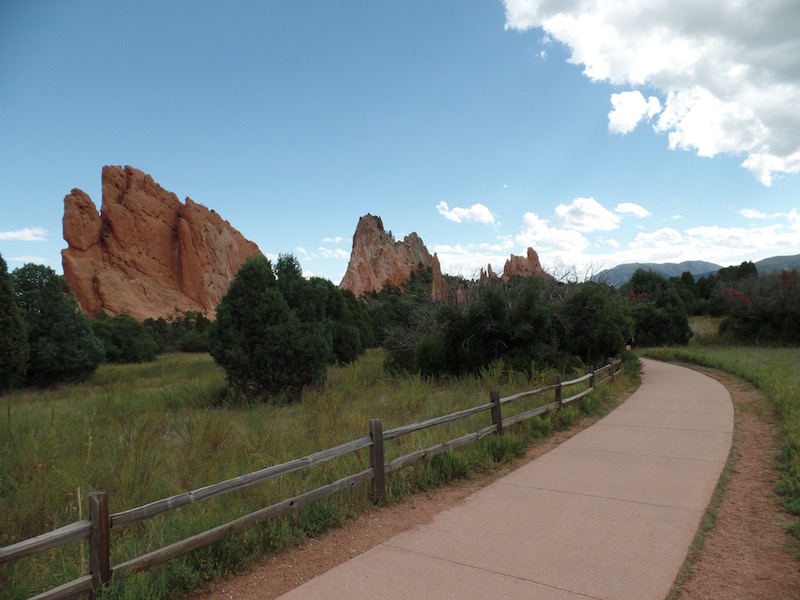
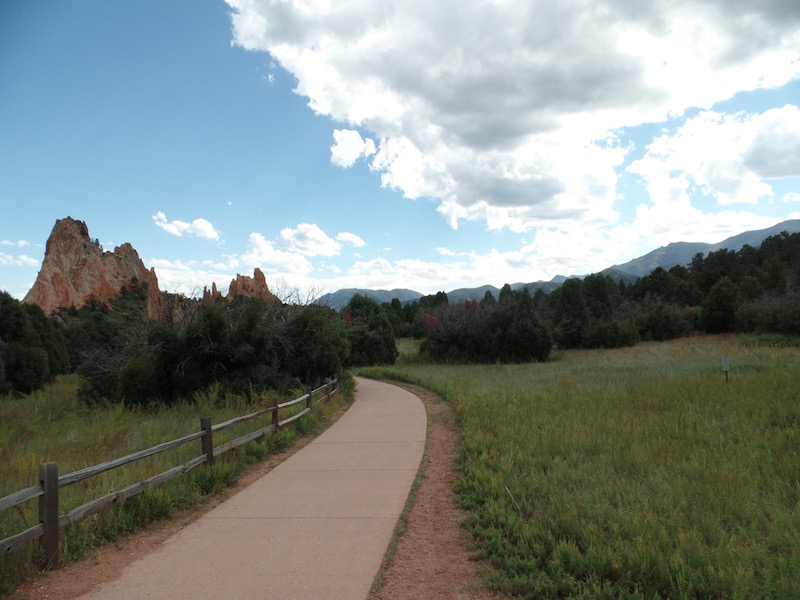
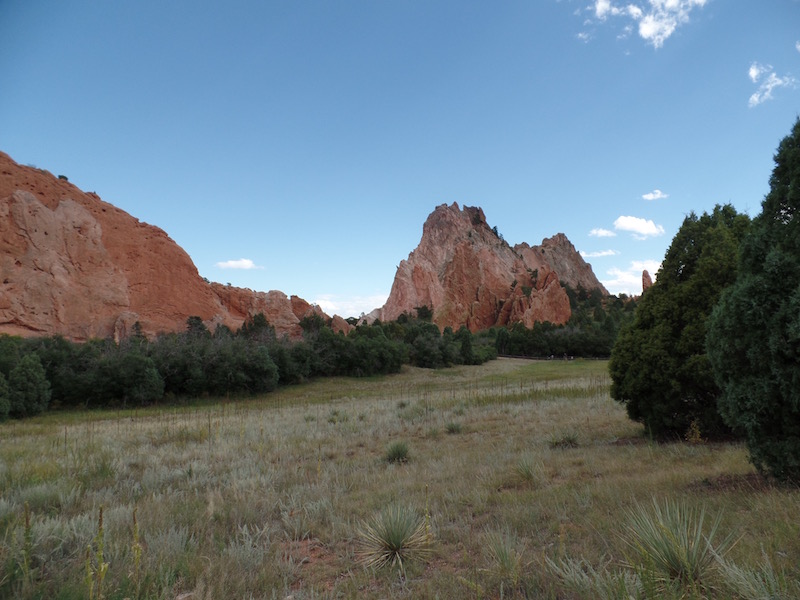
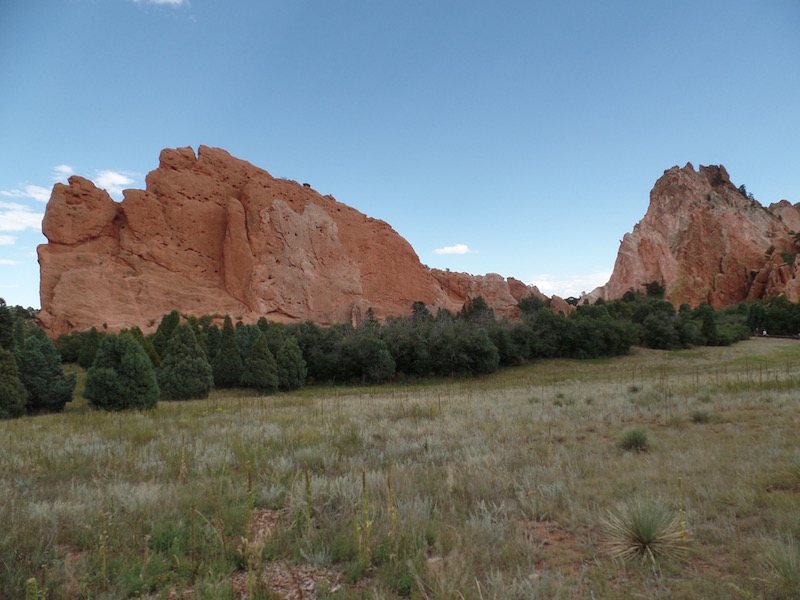
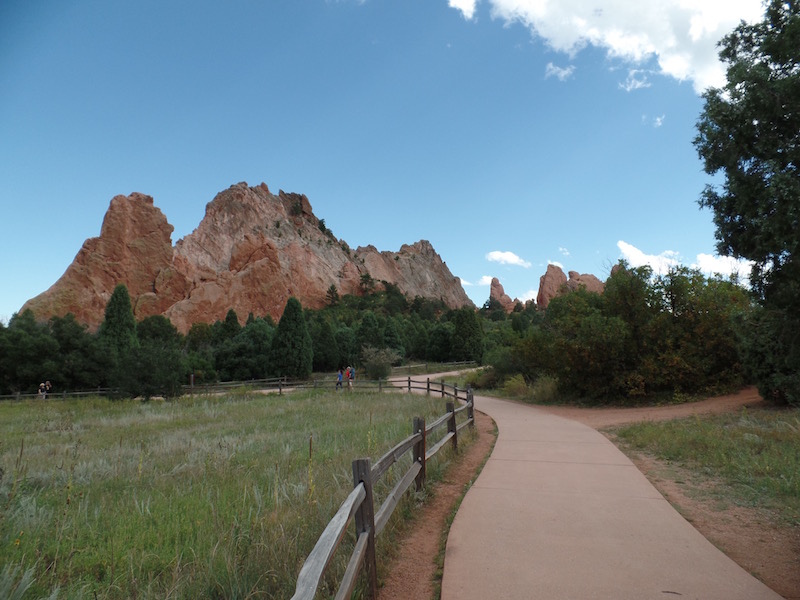
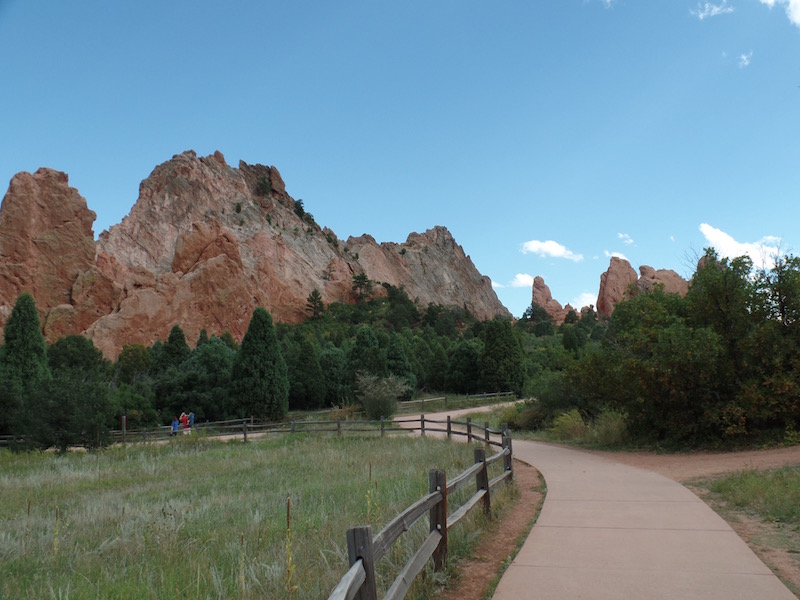
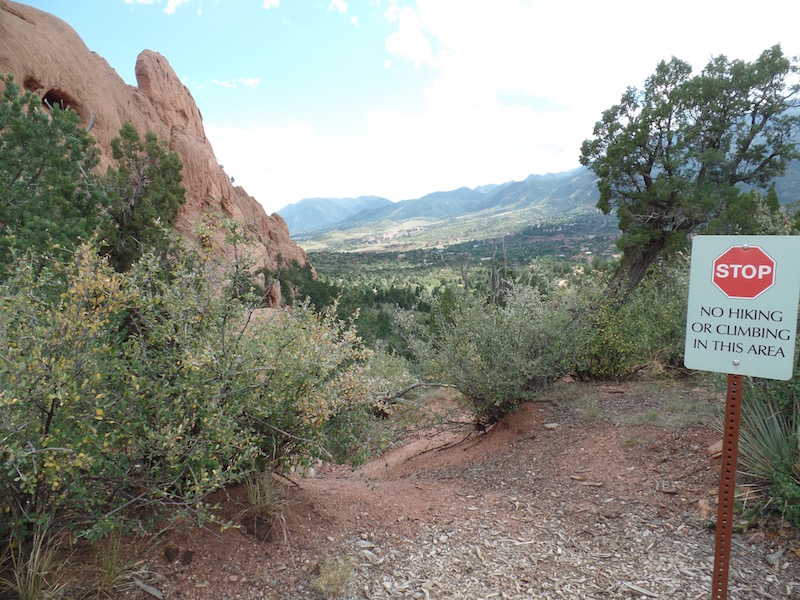
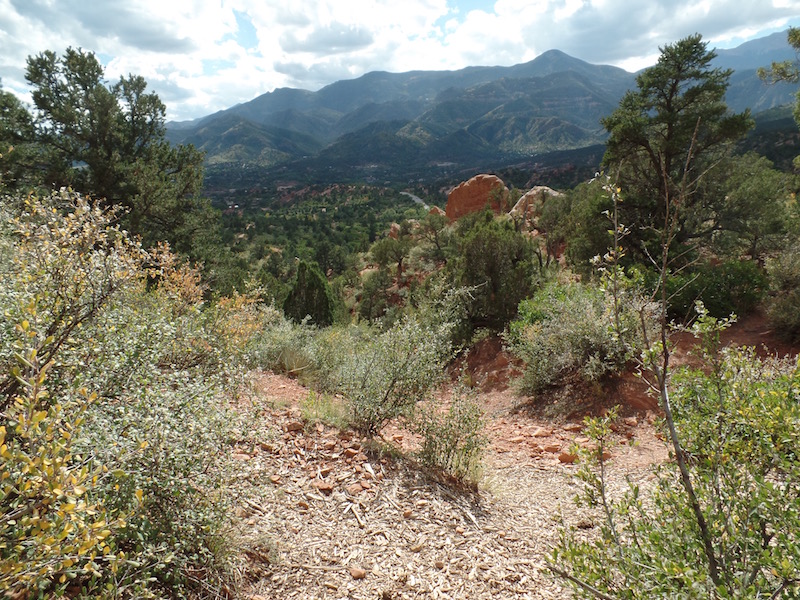
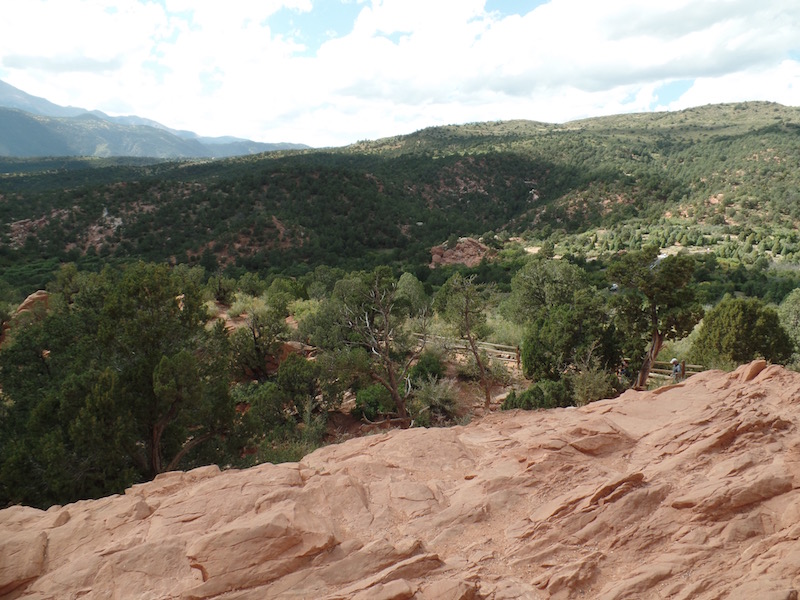
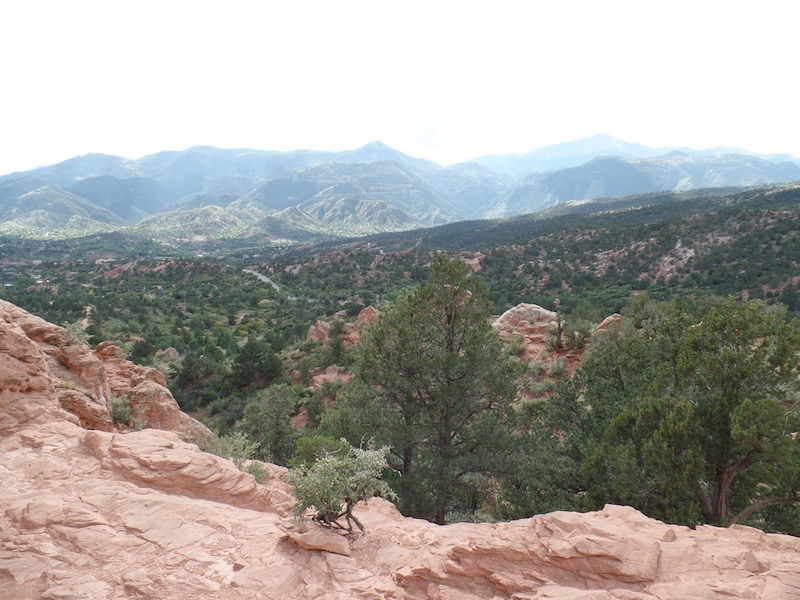
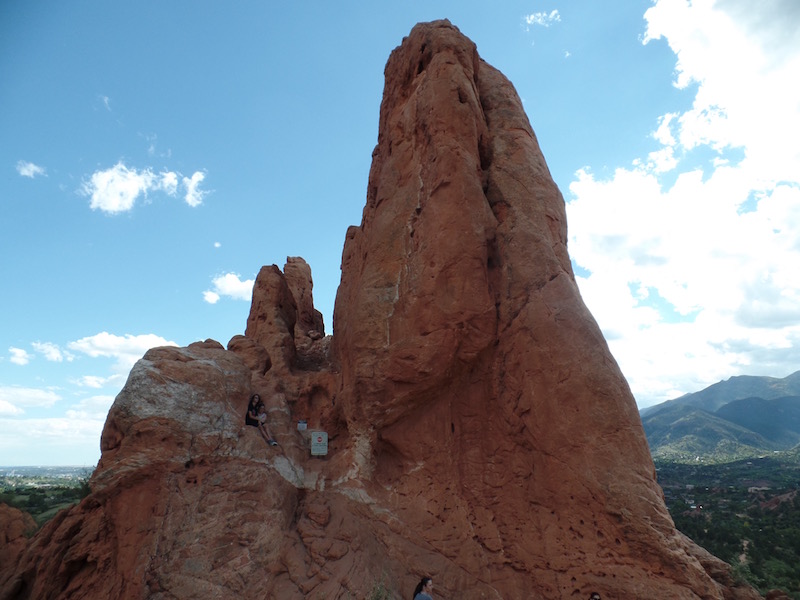
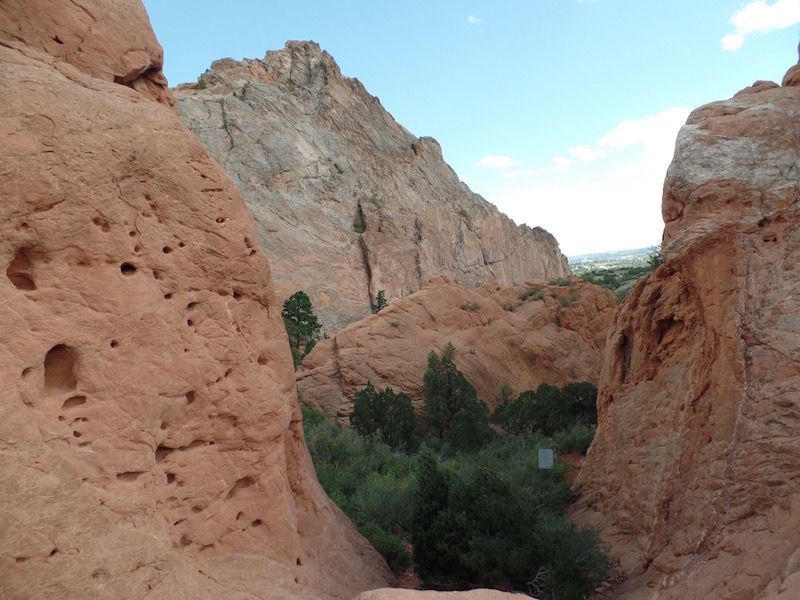
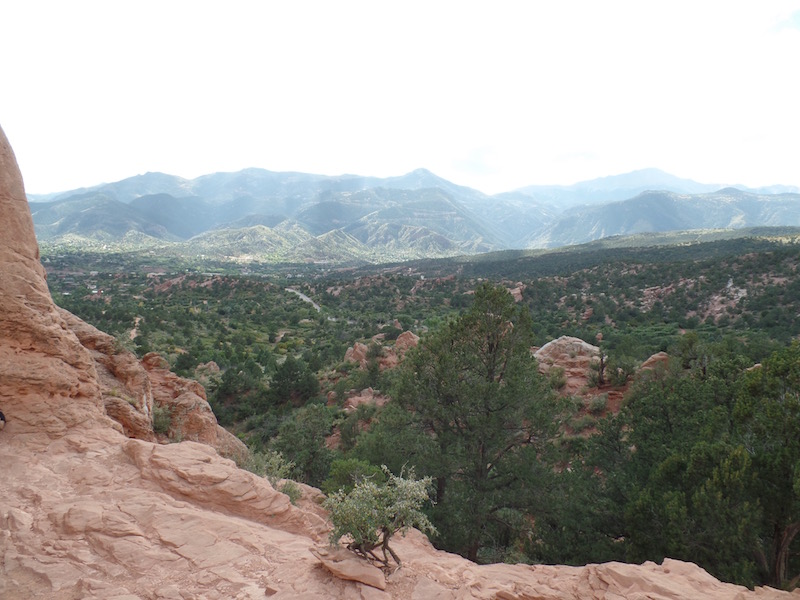
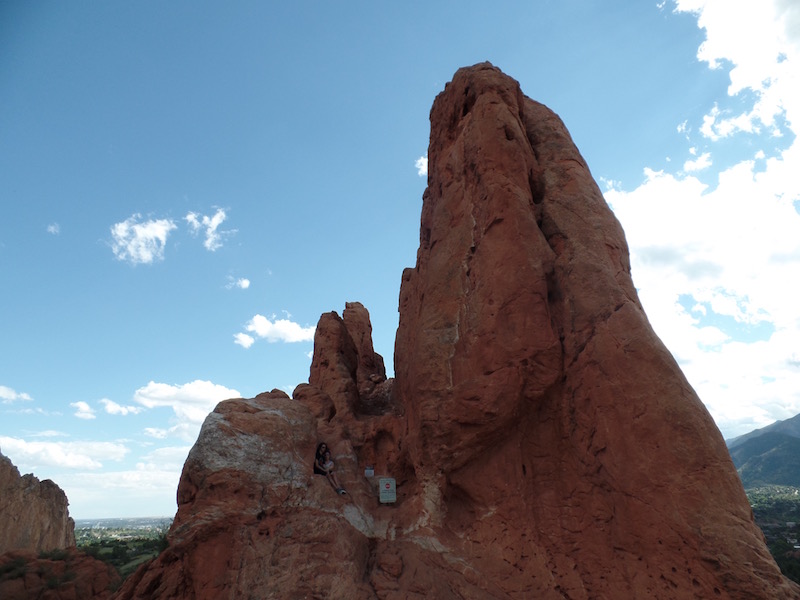
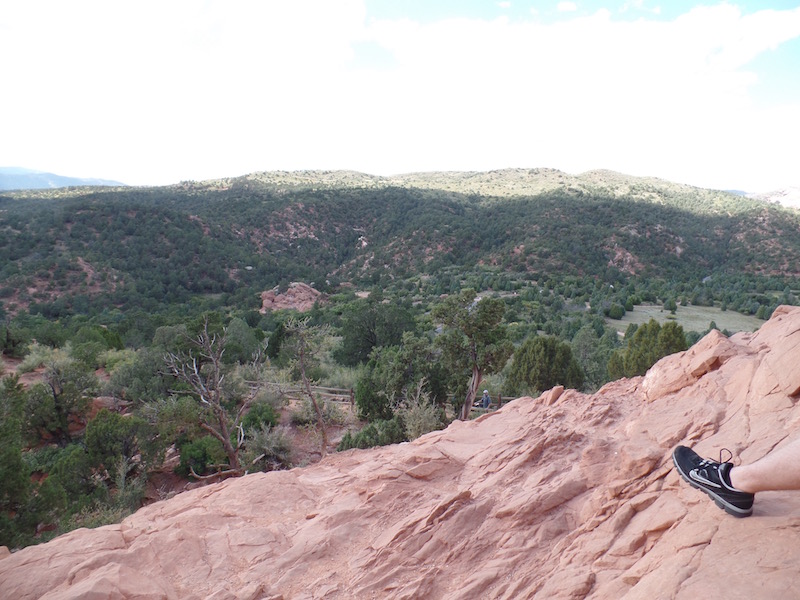
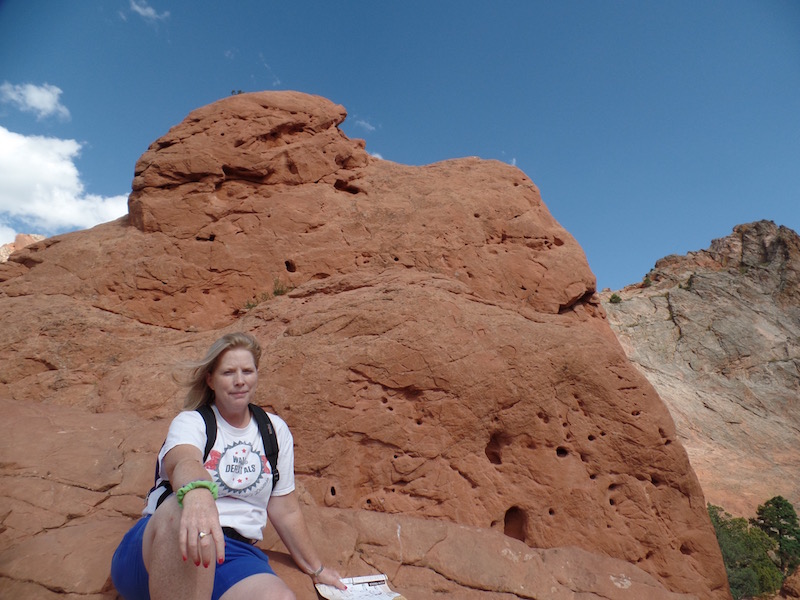
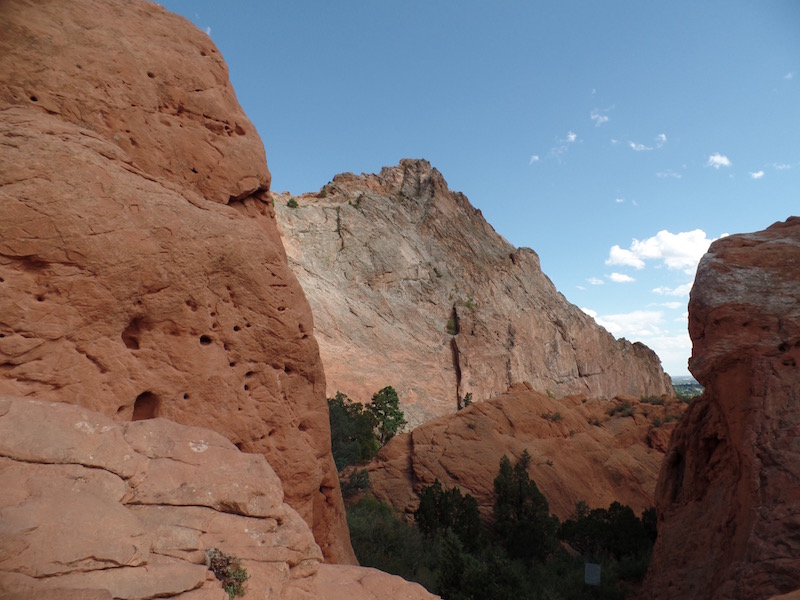
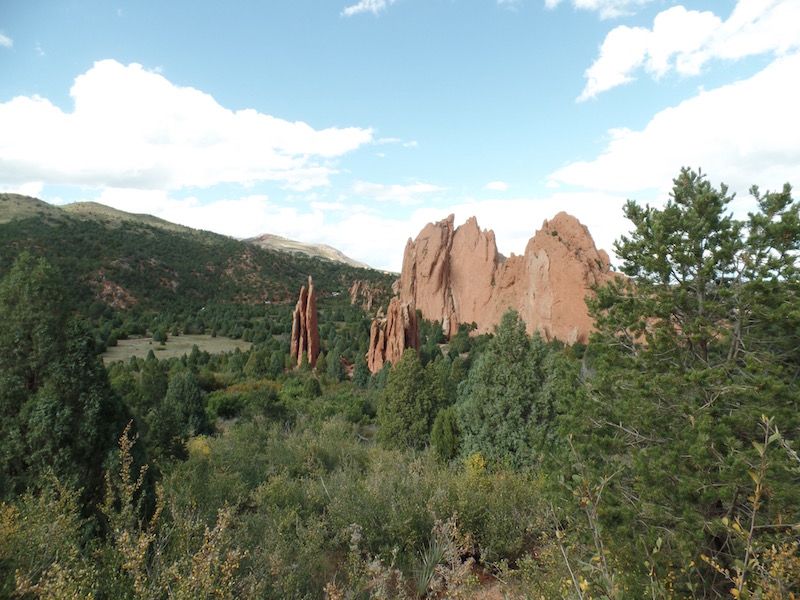
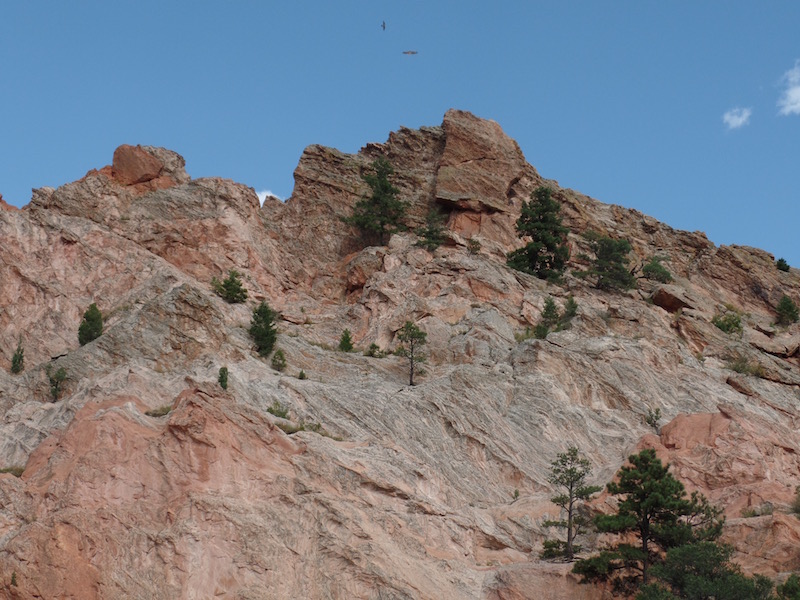
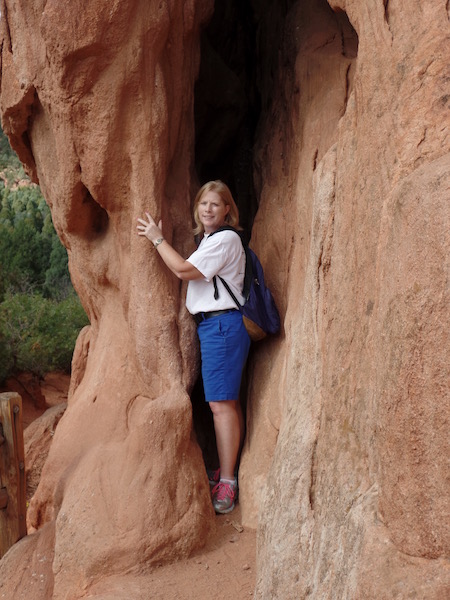
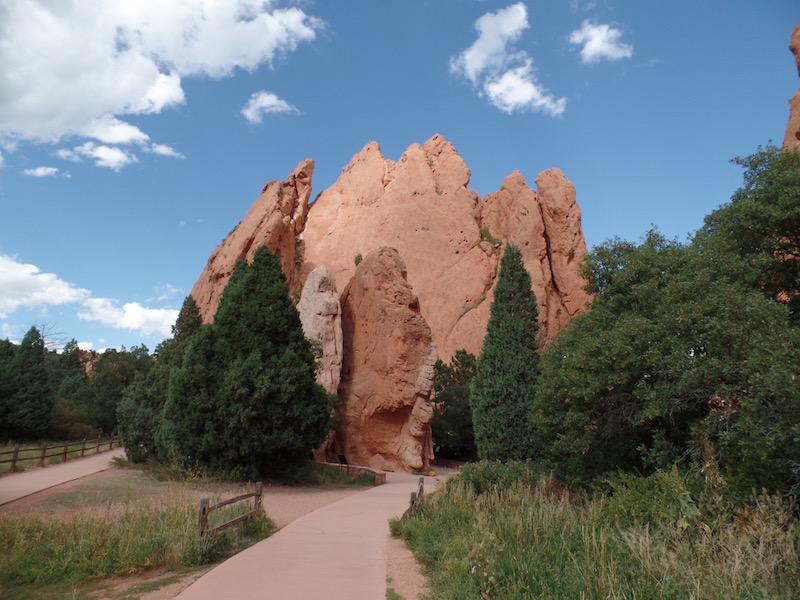
The location of a former Air Force Base, called Ent AFB, became the US Olympic Training Center. The U.S. Olympic Complex in Colorado Springs is the flagship training center for the U.S. Olympic Committee and the Olympic Training Center programs. USA Swimming and USA Shooting have their national headquarters on complex. More than 15 other member organizations, as well as two international sports federations and the USOC headquarters are also located in Colorado Springs, Colorado. The CSOTC is able to provide housing, dining, training facilities, recreational facilities and other services for more than 500 athletes and coaches at one time on the complex. Athletes are selected to train at the Colorado Springs Olympic Training Center by their respective National Governing Body. While we waited for our tour, Tom took a few minutes to think of himself as a Bobsledder!
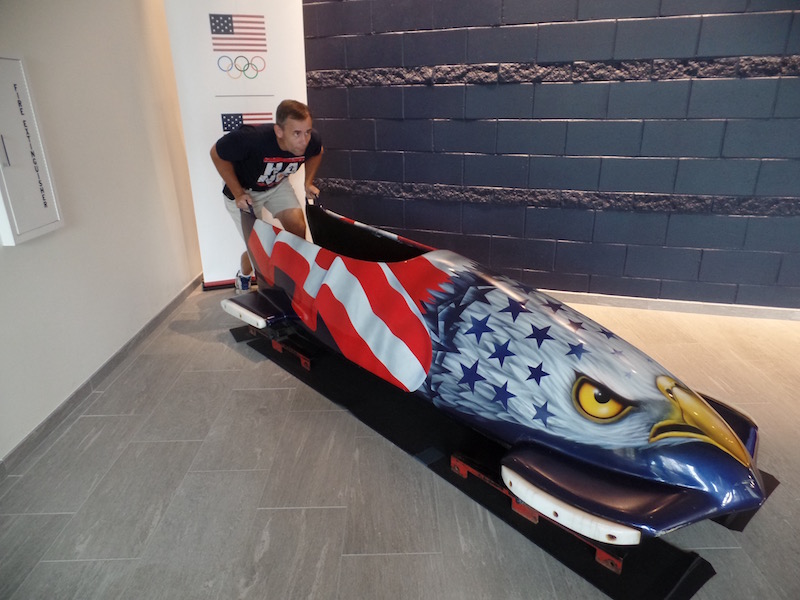
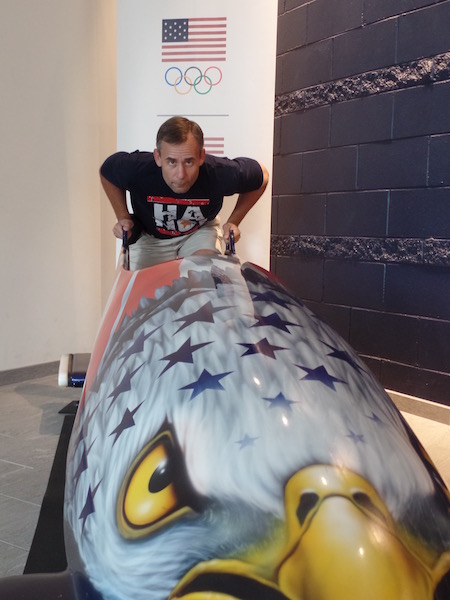
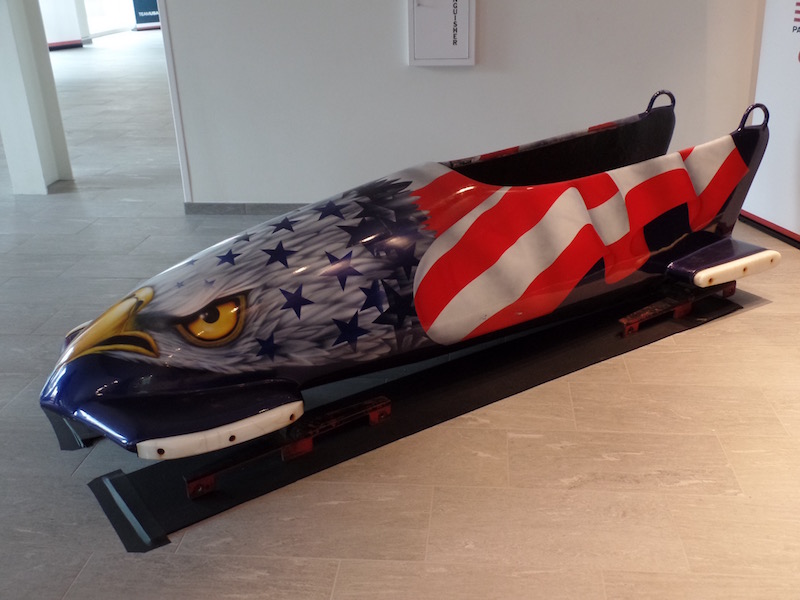
I thought this was a really cool trophy, which was the Korean Crown Trophy from S. Korea for a 300M standard rifle 3x20 champion.
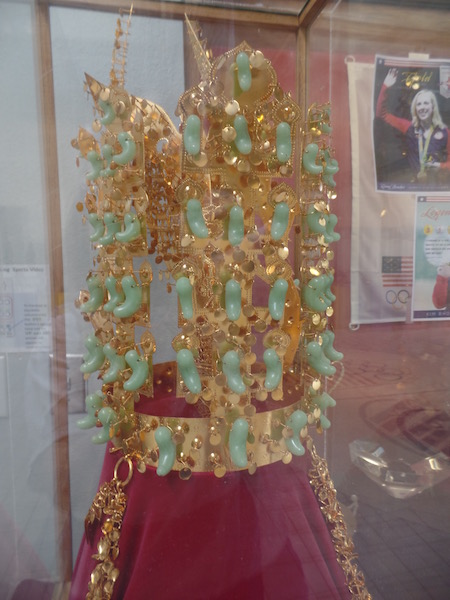
This is the shooting range, and our guide explained how multiple different "guns" can be used here.
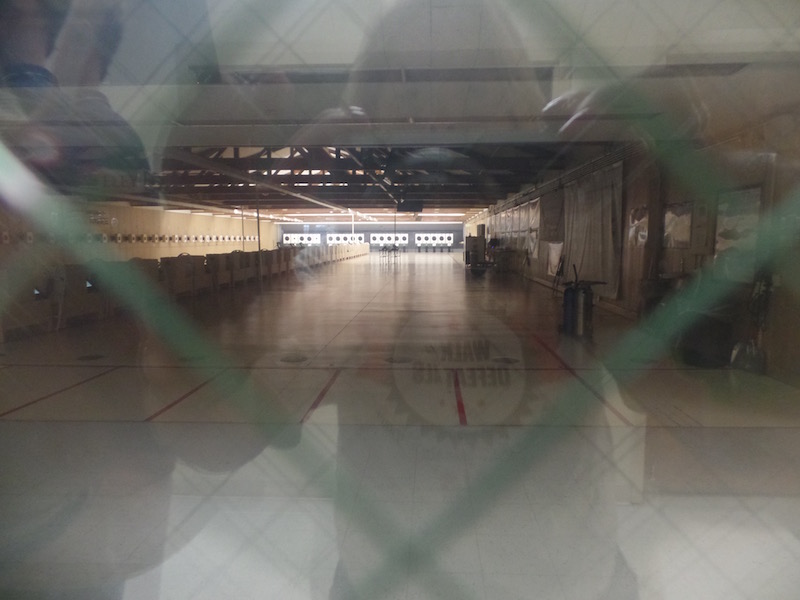
Next we went by the wrestling area, and there were a couple athletes working out there.
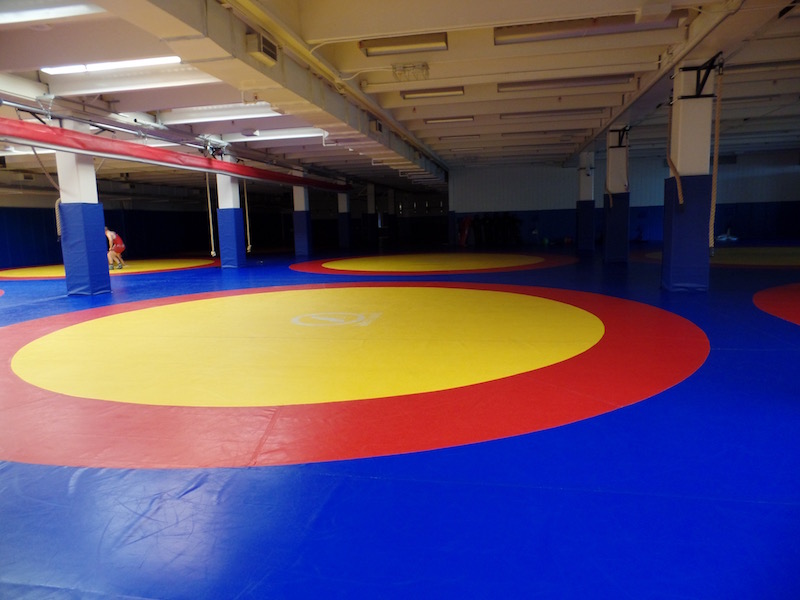
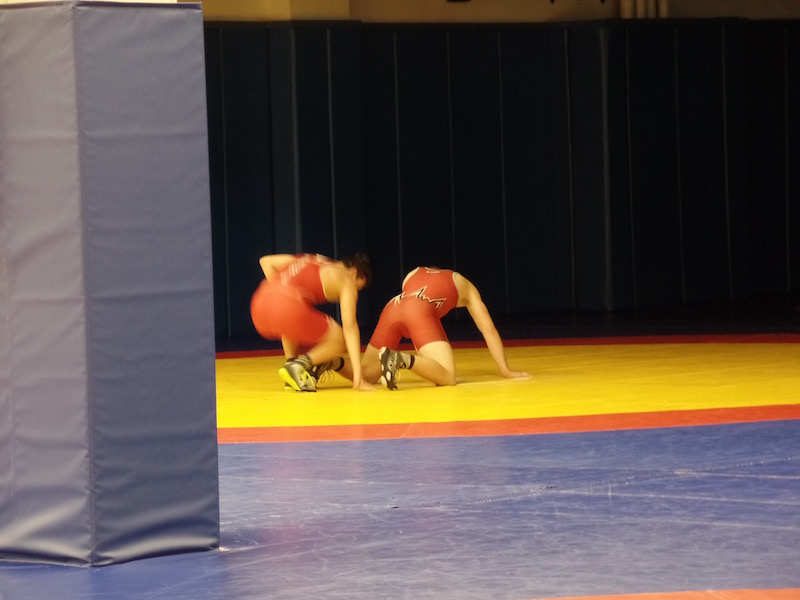
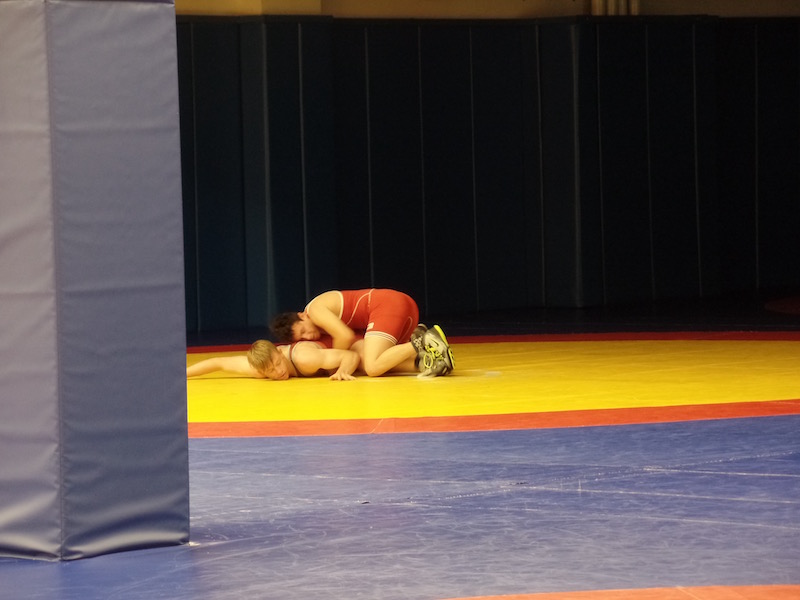
I don't actually know WHO these guys are, but they were hanging outside the resident area. The one in the hammock is one of the paralympic athletes.
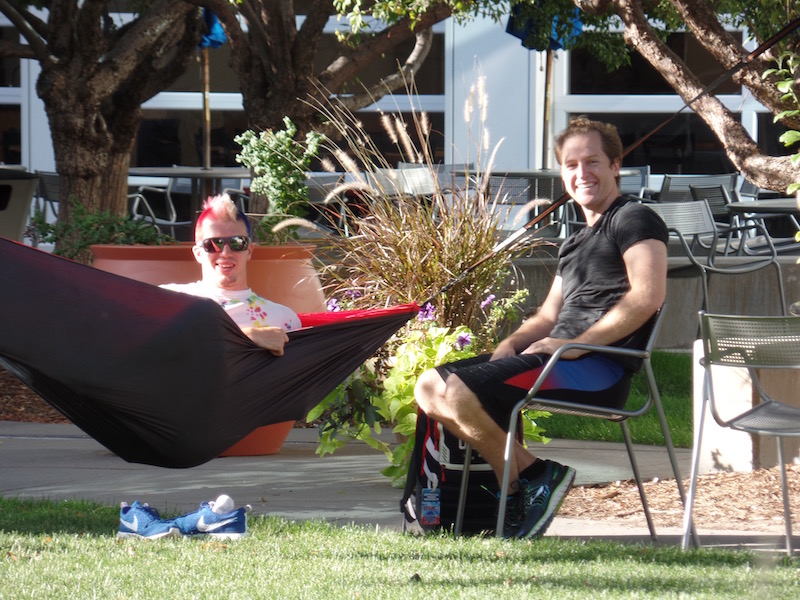
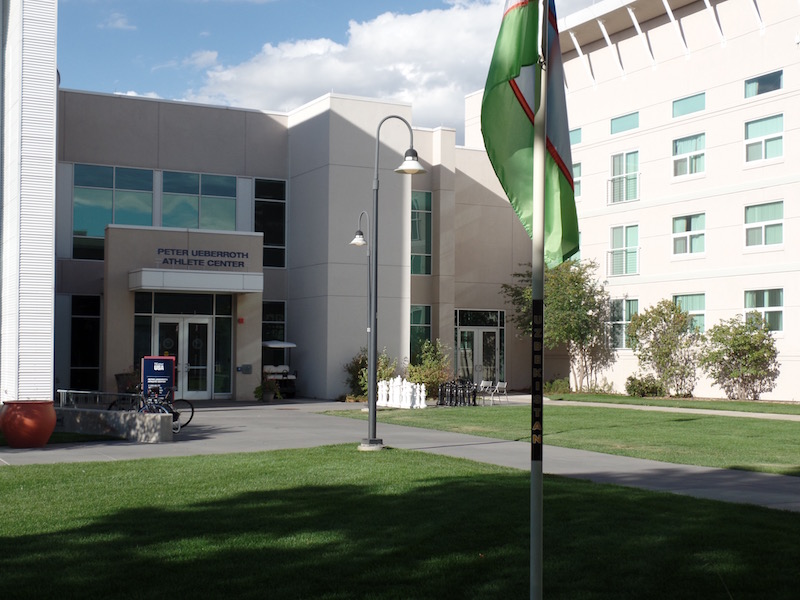
The pool is undergoing renovations, so there is no water. One of the interesting things is that you can change the size of the pool. I tried to get pictures of this, but you can kinda see the "wall" with the blue crosses is a bit further removed from the wall where you see the 2.0M signage. They can move that back and forth and make the length of the pool longer or shorter.
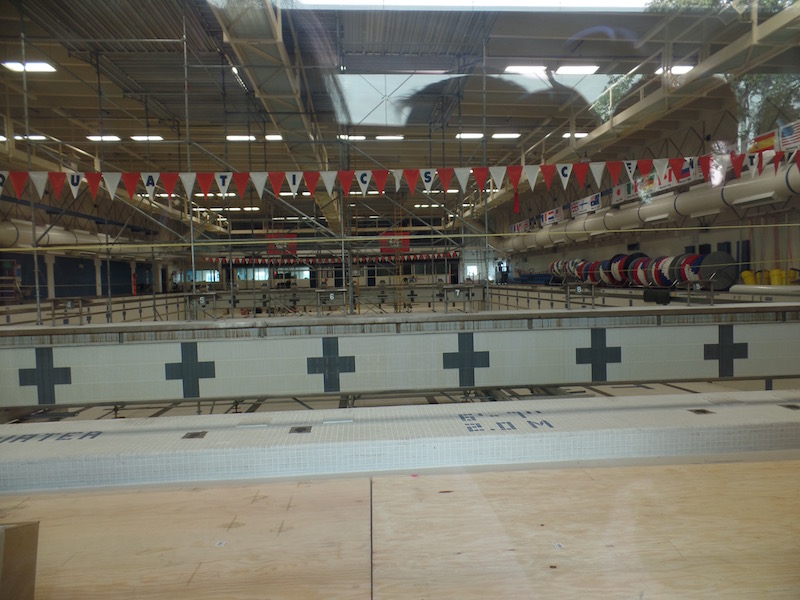
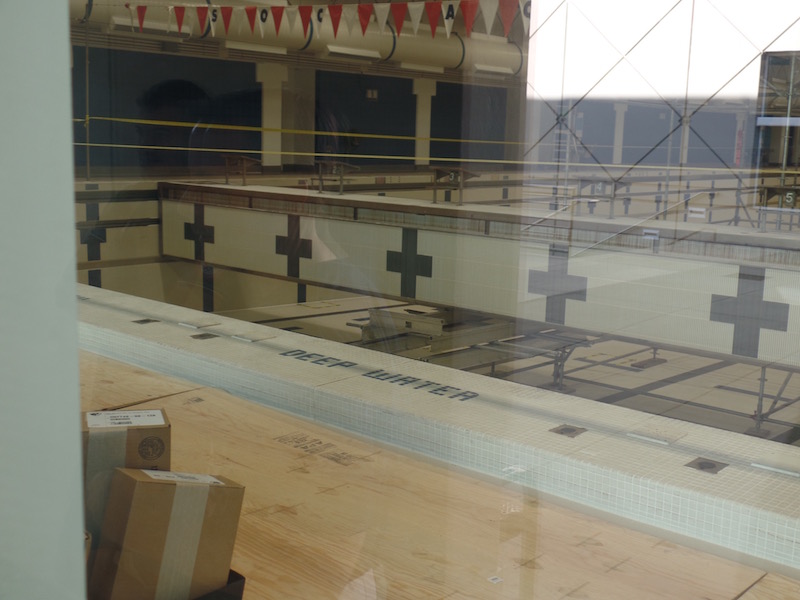
Then by the gymnastics room (one of multiple). I did get to hope on the gymnastics mat and BOY is it bouncy .. no wonder they can do the tumbling!
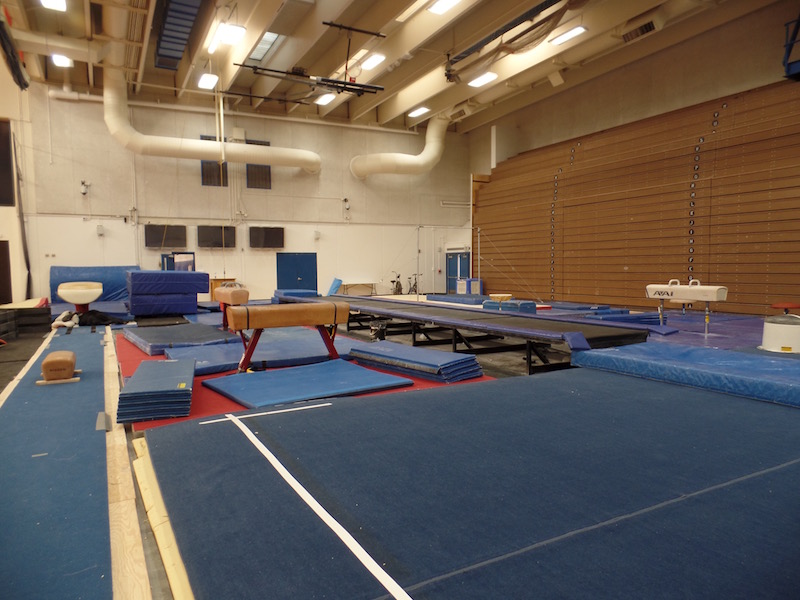
Above the gymnastics room, we could see some female boxers working out.
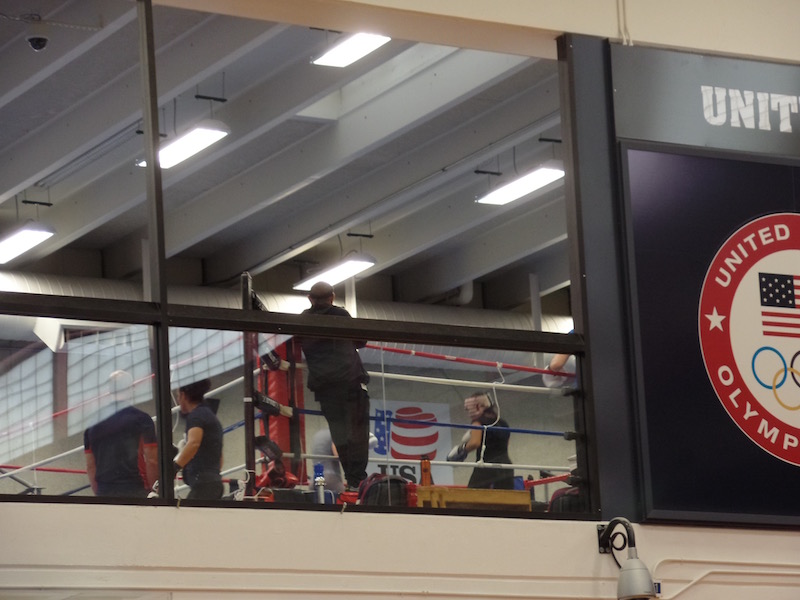
This was interesting ... it is a anti-gravity treadmill. It which employs air pressure to adjust the users body weight on the treadmill between 20% and 100% of normal weight. Originally developed for NASA, they use it to assist in training during rehabilitation of a lower extremity injury or surgery.
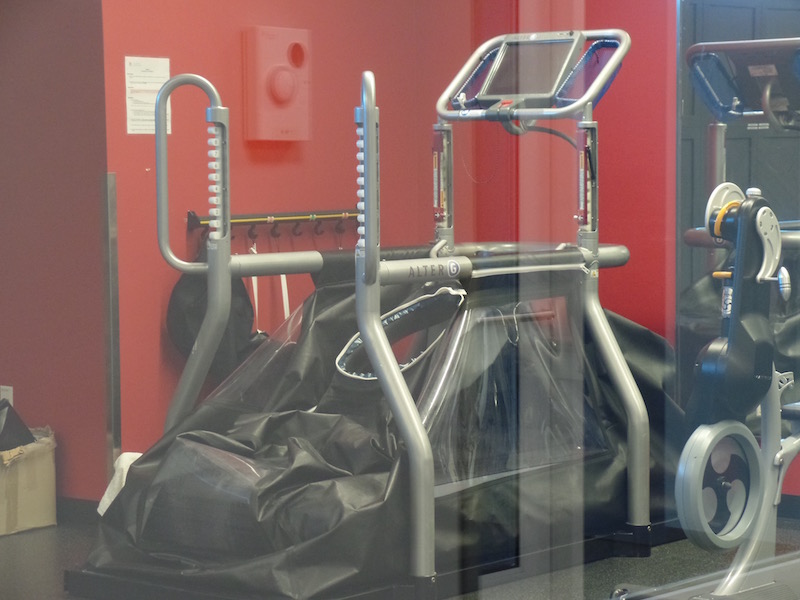
Our guide also spoke about how they do a lot with sports sciences, as a way to really keep athletes from having injuries. The goal was to not have anybody rehab because they would use enough science to keep from having injuries in the first place. The 2nd picture is a look at a special room where they can change the environmental specifics ... for example, Colorado Springs is a mile up, which is great to train "at altitude" for breathing. But he mentioned that you can't then get your muscles to max since your lungs will give out first. So this room can be changed to basically be "at sea level" and therefore, you would be running or biking just like you would be at the coast without actually having to be there. Then I included a few pictures of their various pictures of their gym facilities.
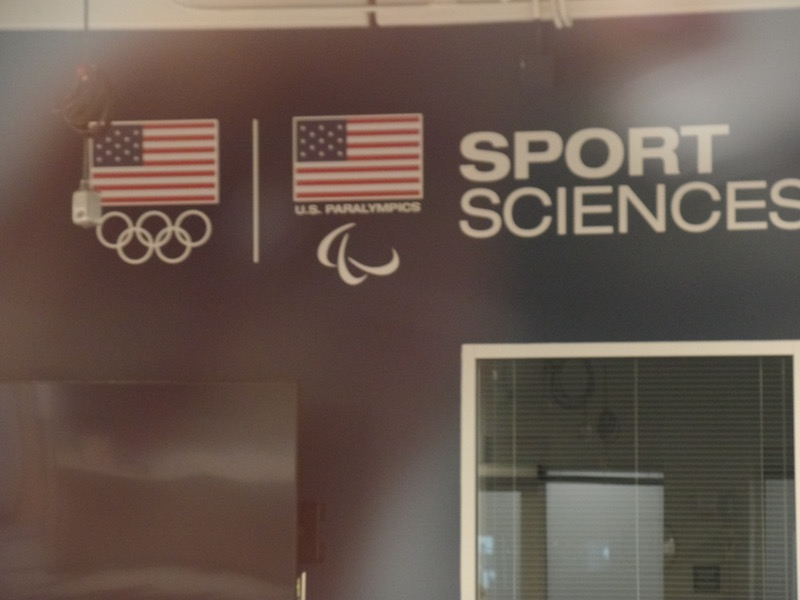
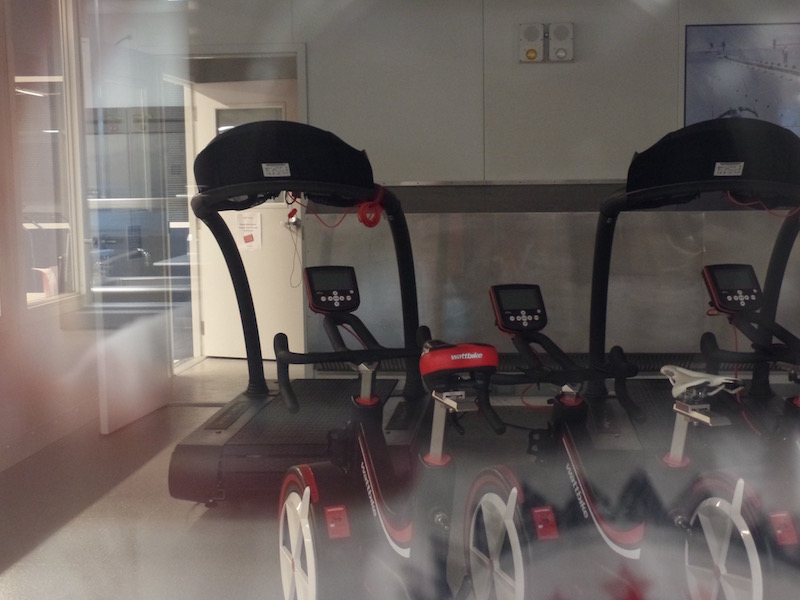
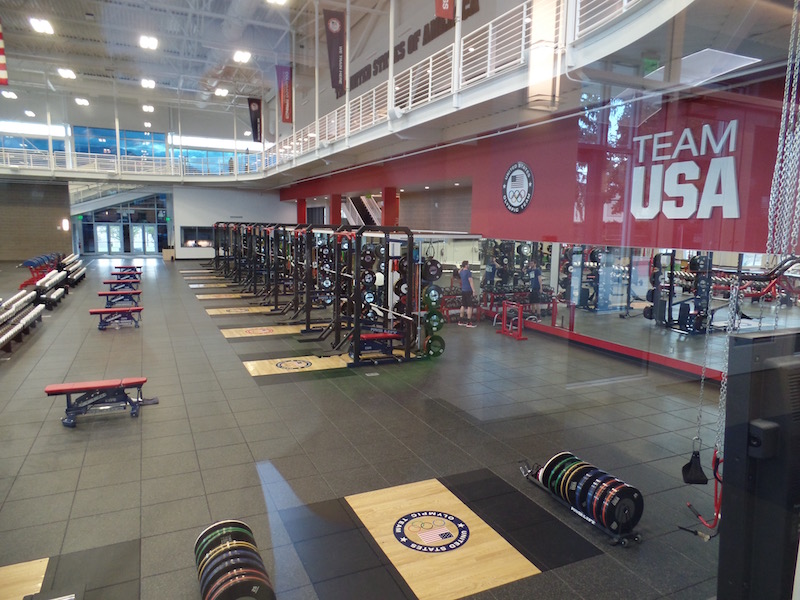
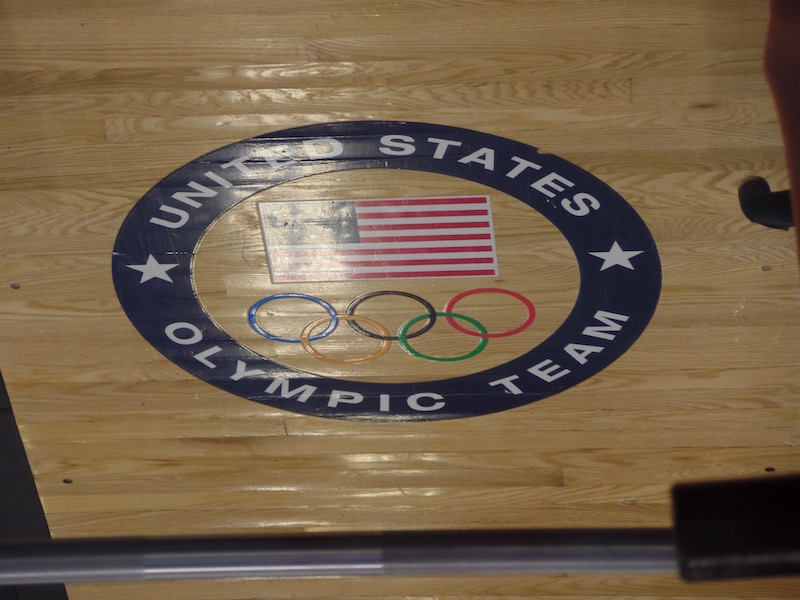
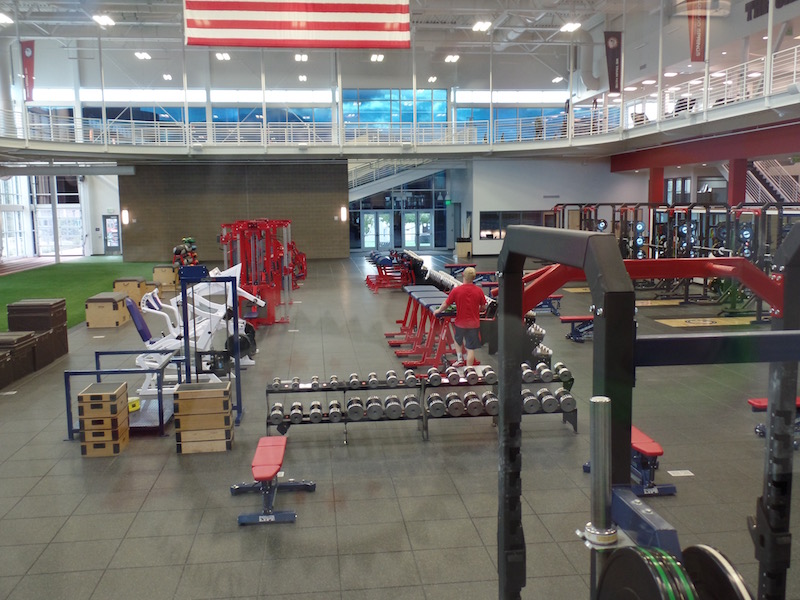
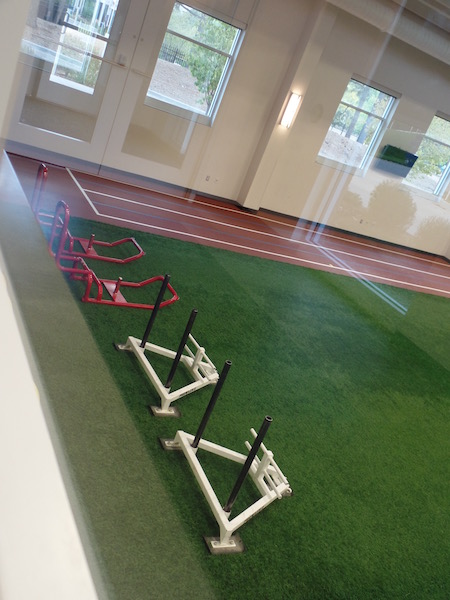
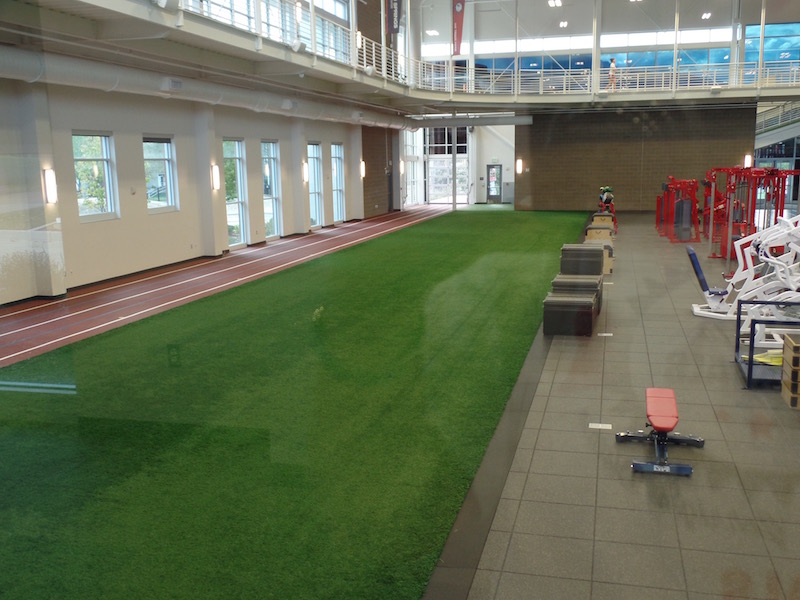
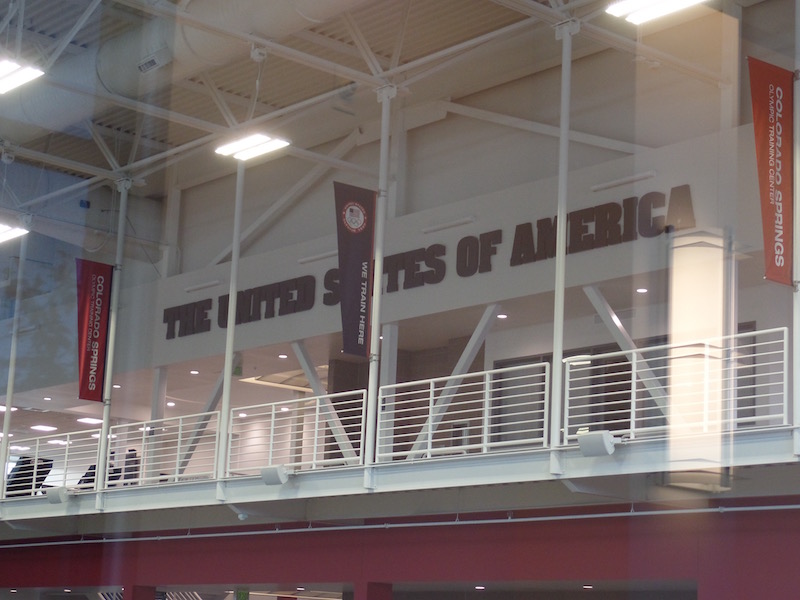
So I consciously didn't mention WHO gave us the tour. We caught the very last tour on a day, and it ended up being a "private" tour as we were the only 2 people. In addition, we just lucked out and got an ACTUAL athlete! (he joked that people pay big money to get a private tour with an actual athlete!) And so yes, we got a private tour with Dakarai Kongela (or Dak). He told the story of how he was really a track athlete and went to George Fox University. He ended up with an injury and someone mentioned that maybe he should try bobsled, based on the Cool Runnings movie where sprinters moved to Bobsled. So he is trying to make the US Olympic team in Bobsled and/or Skeleton. He has a few featured articles, like A day in the life which talks about how he spends his day, and What Does It Take To Be A Team USA Bobsledder?. Kinda cool, and we'll be watching him going forward and maybe when he wins a gold medal, we can say "hey, we KNOW him!!" (yea, I realize "know" is a bit of a stretch).
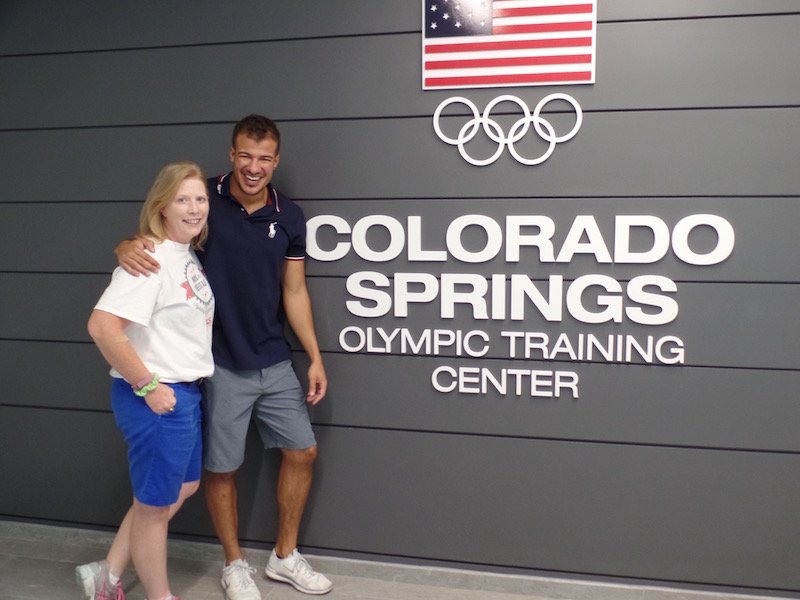
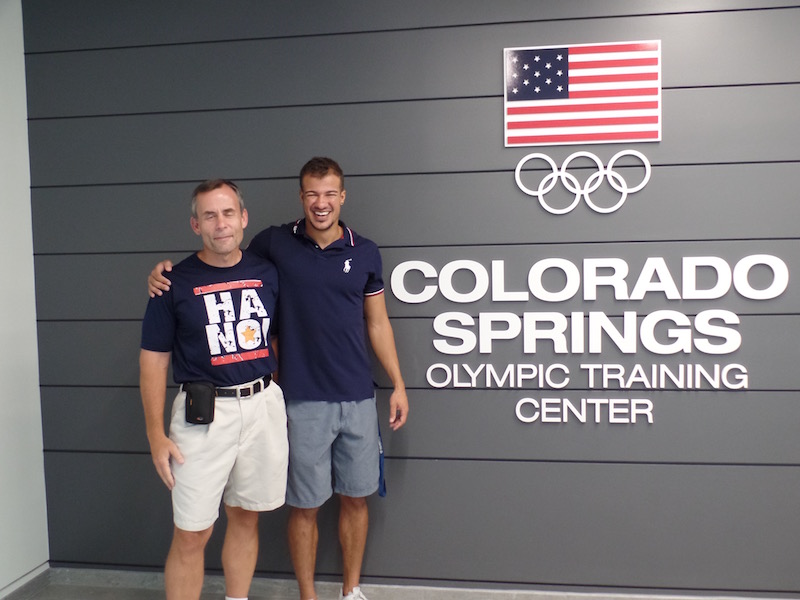
More pictures on the way back to Denver, I just thought a lot of these rocky outcroppings were really cool, since we really don't have them back in North Carolina.
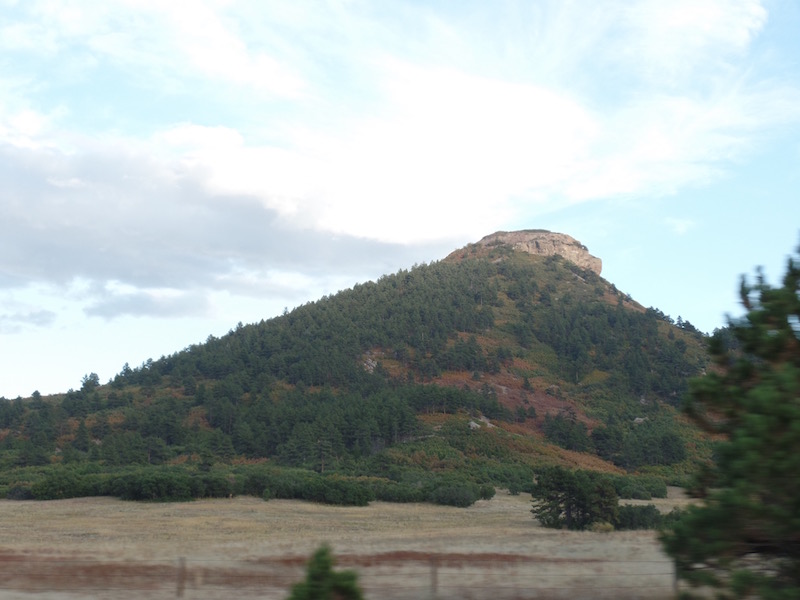
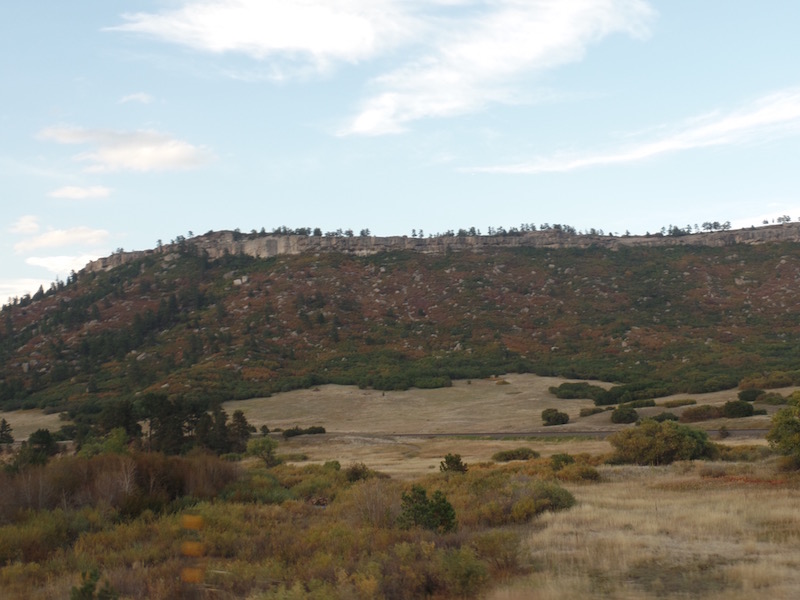
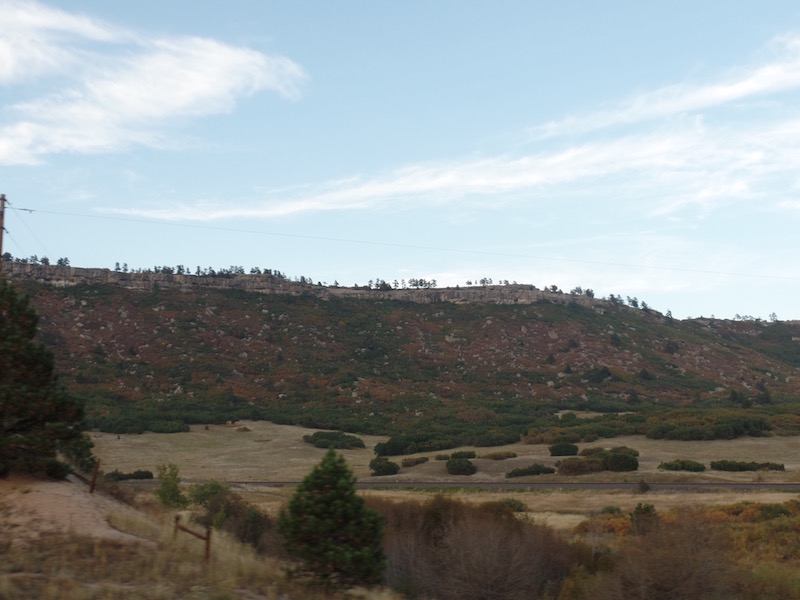
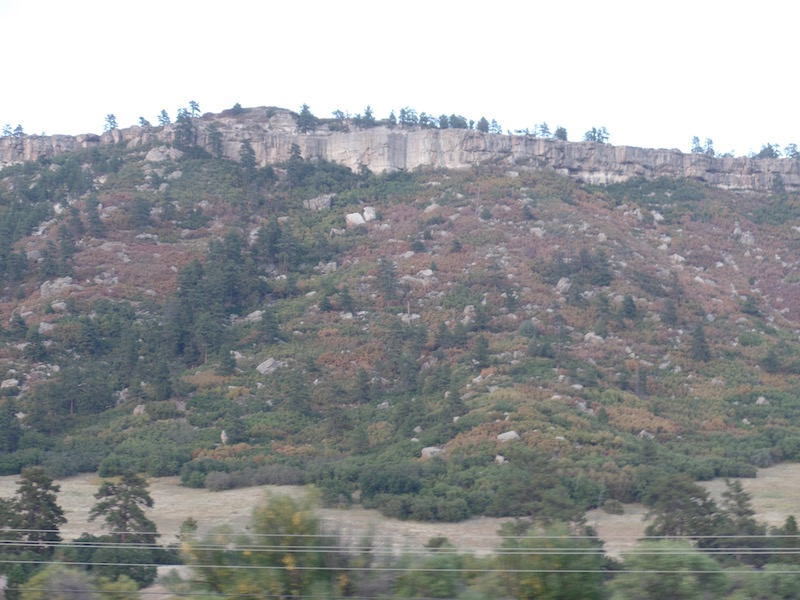
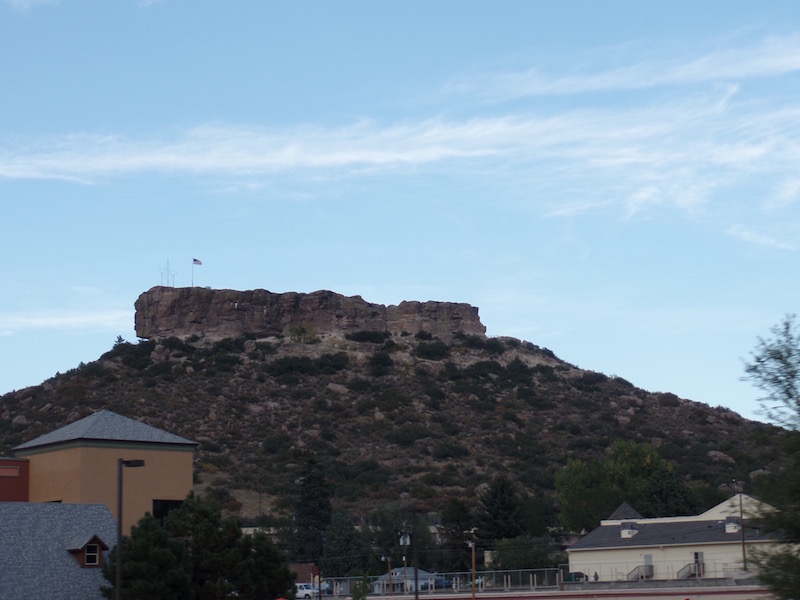
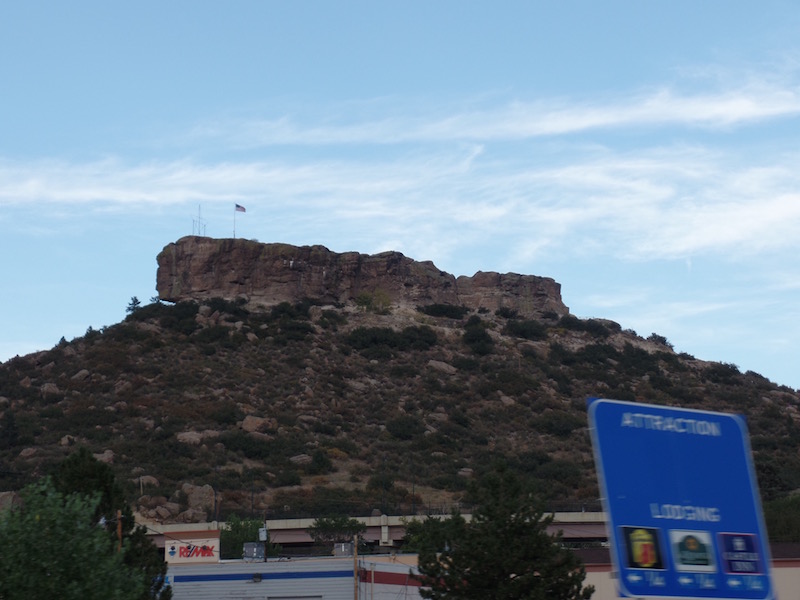
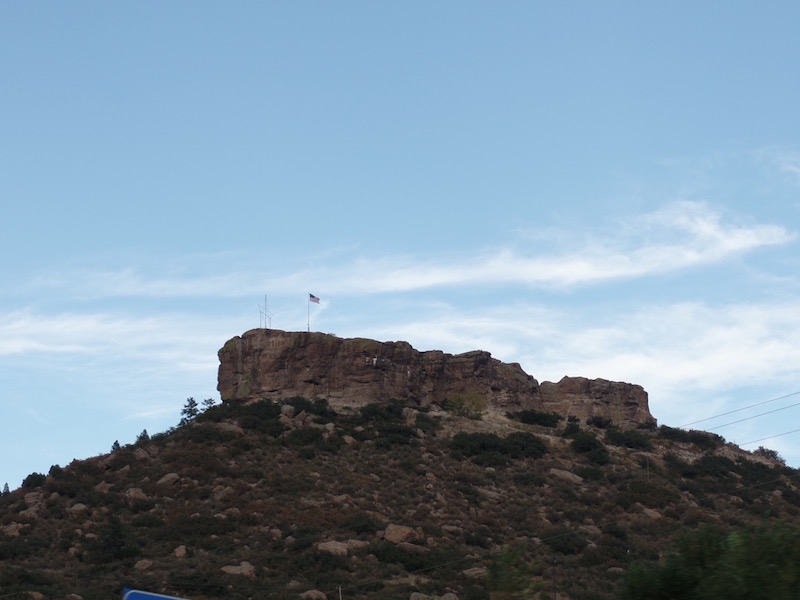
Another Farm-to-Table restaurant, Table 6 is sometimes noted as starting the move in Denver to having a great dining scene. It has changed chefs several times but the current chef, Michael Winston, was part of the staff previously. It is a fairly small restaurant with an open kitchen, so I attempted to grab a few shots with the cooks.
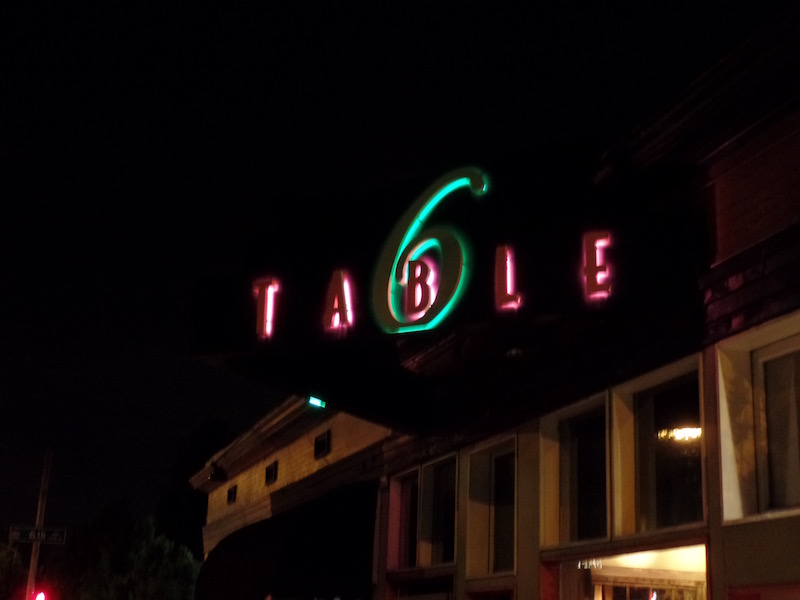
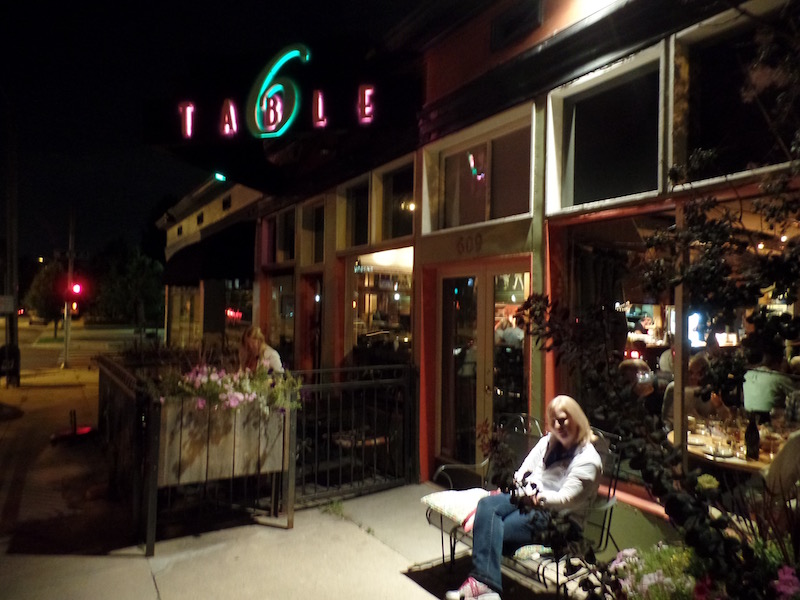
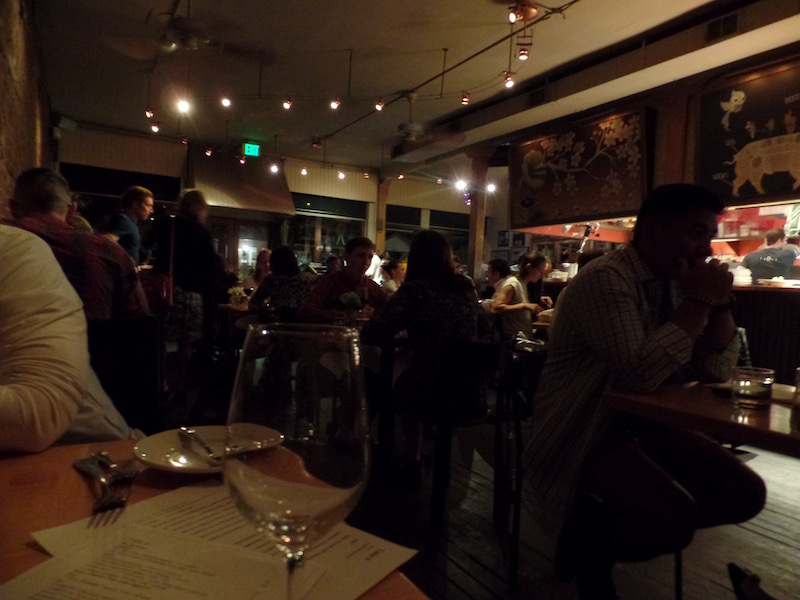
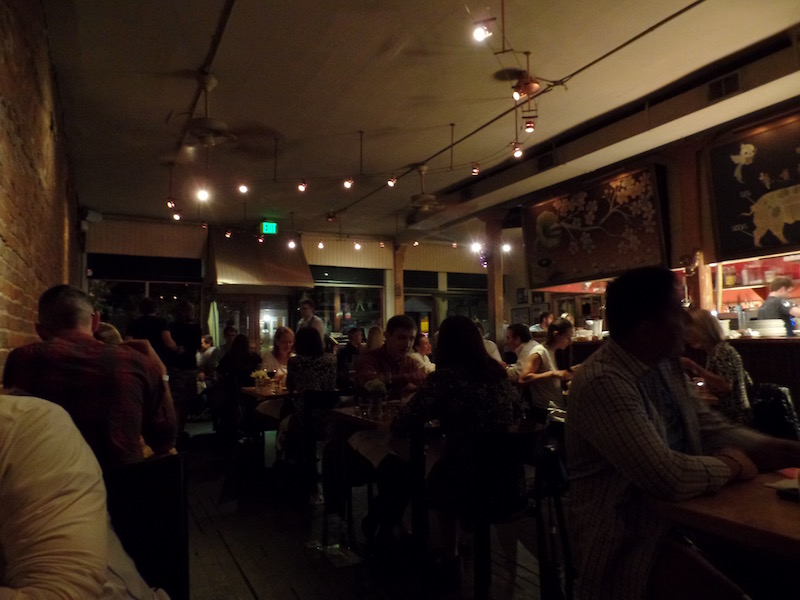
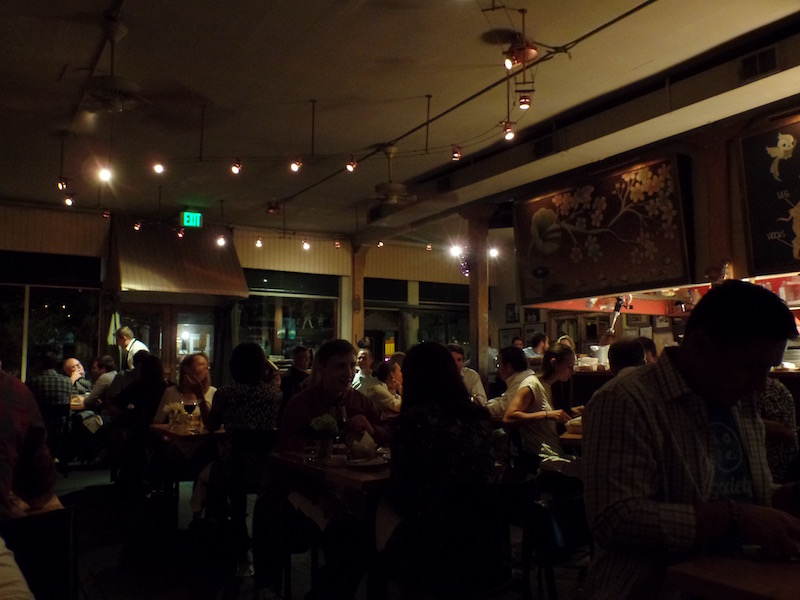
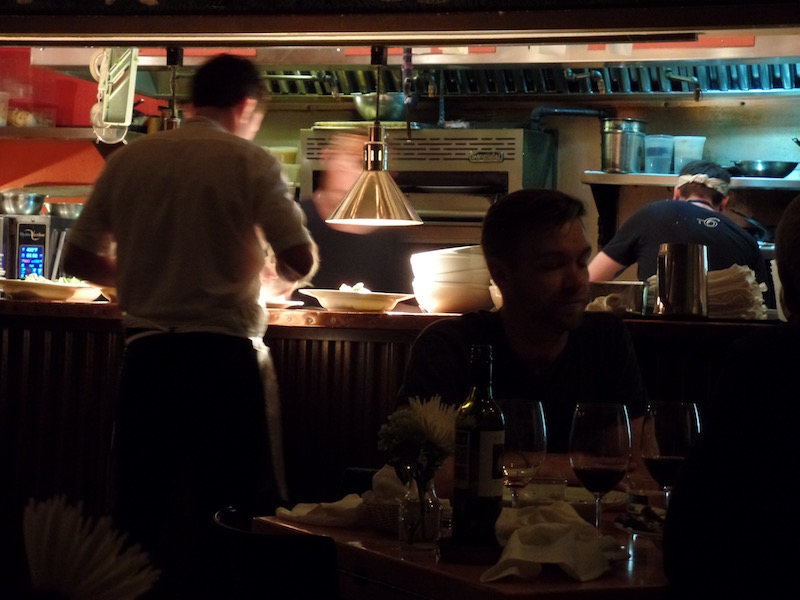
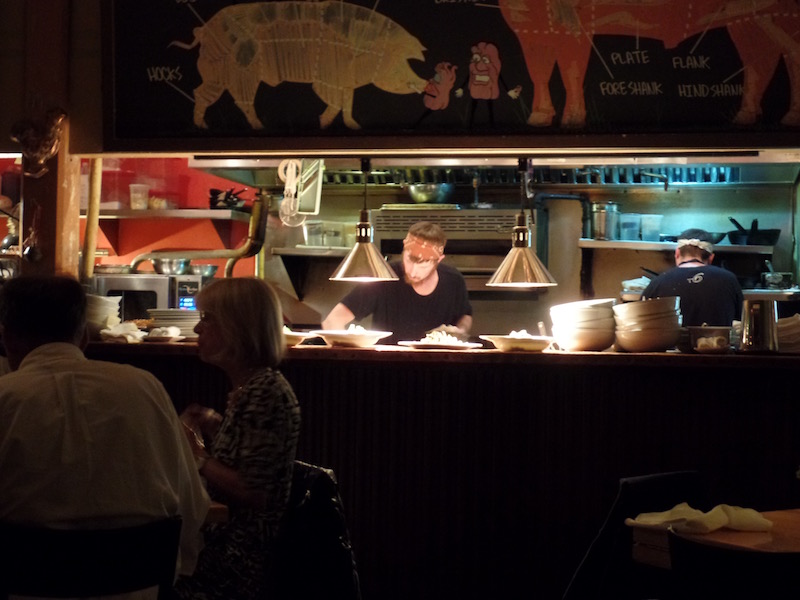
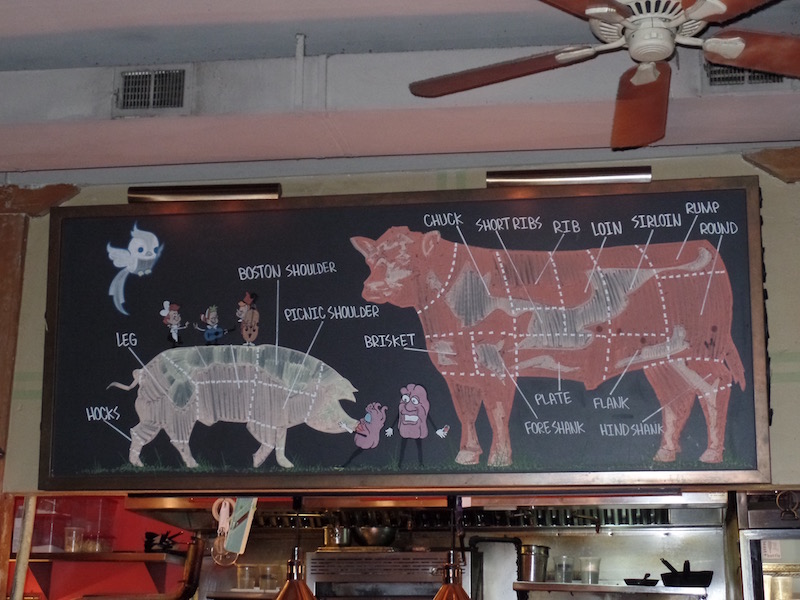
Tom decided on a Rose wine, which interestingly enough, came in a can!
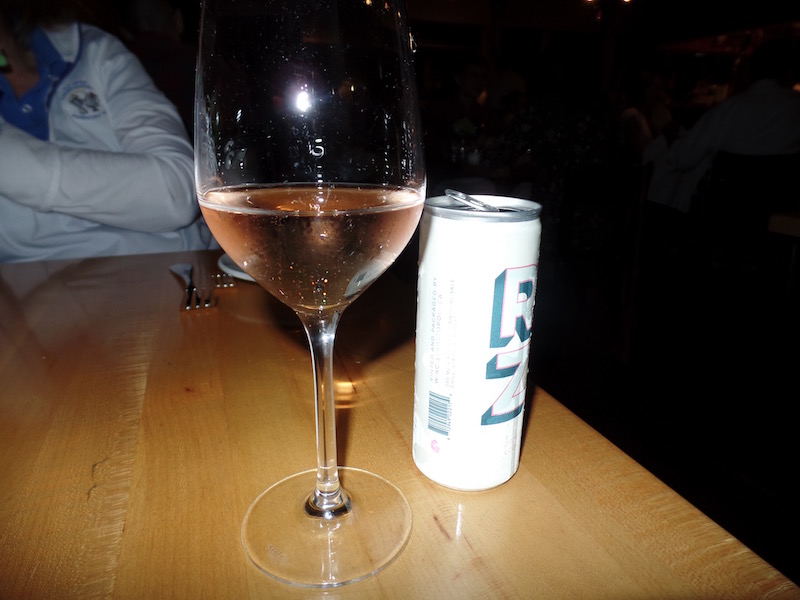
For the starter, we went with their "signature" starter, which was tater tots (homemade ones) with cheese powder, bacon salt, bacon jam, green ketchup, and poblano aioli. Quite an interesting display.
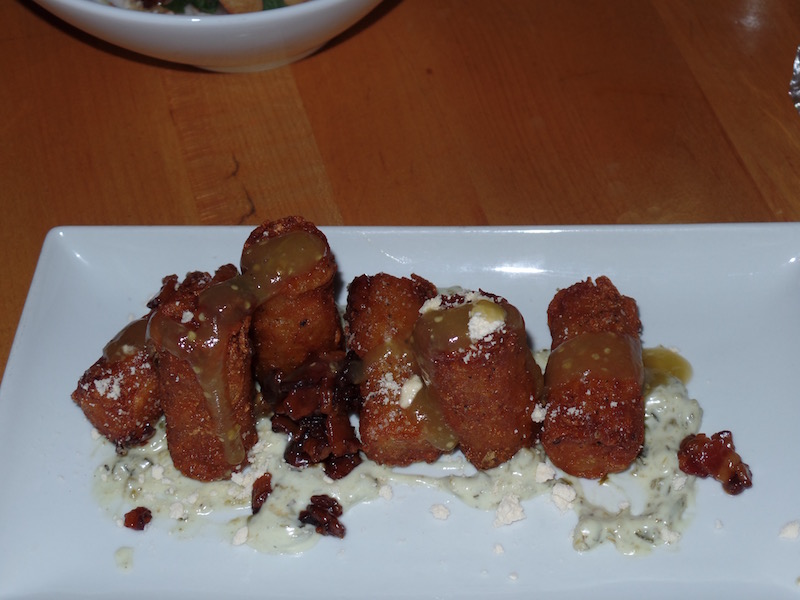
The other starter was Curry pork belly with a cinnamon donut (yea, the donut was what caught our attention), coconut jam and a kaffir lime sauce.
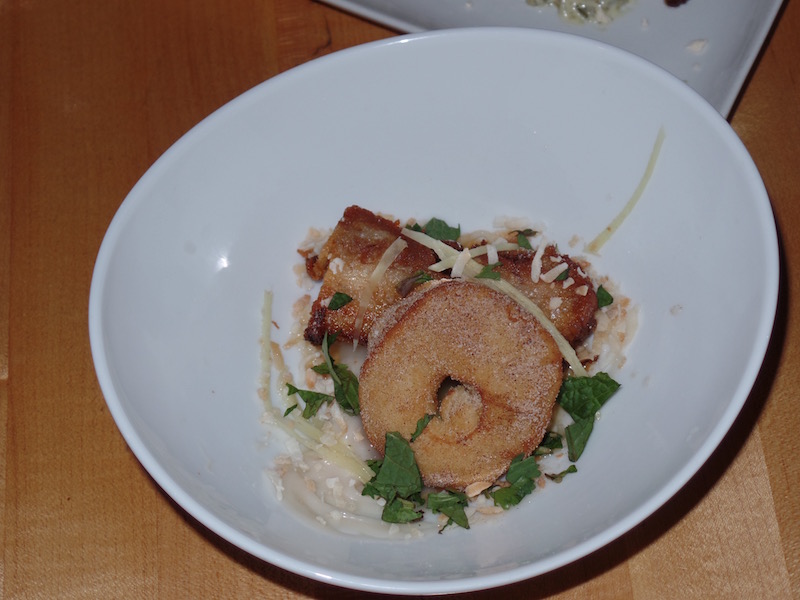
The first main course was albacore with sweet sour pork, savoy, tempura squash, tomato, tobiko, and cilantro. I've become a big fan of sashimi-grade tuna/albacore when it is just seared on the outside and still raw most of the way through, so this hit the spot.
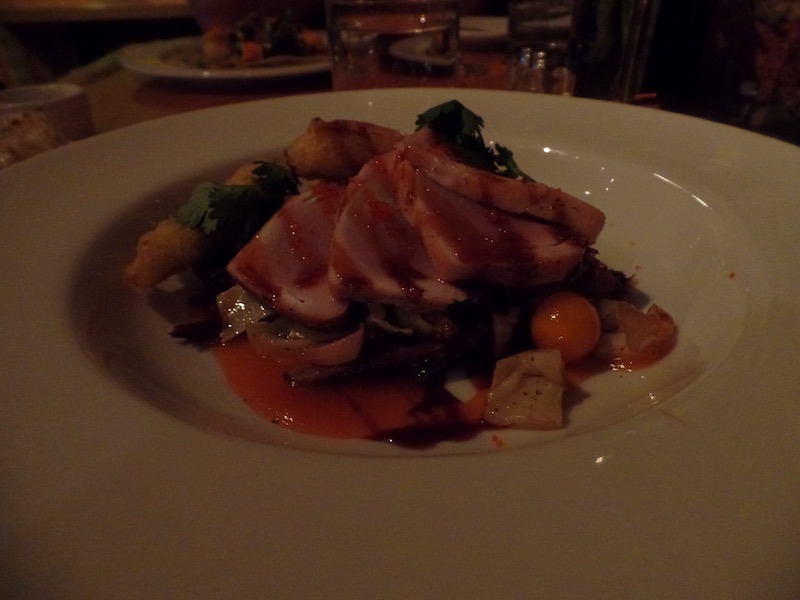
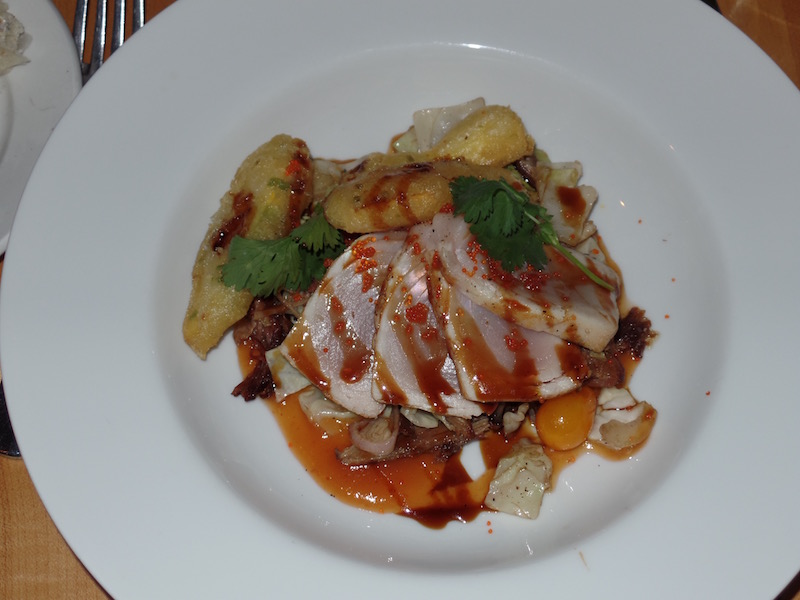
The other was a butternut raviolo with brie, chanterelles, pistachio, granny smith apples, and a brown butter. It was served "open faced" so all of the items were on top of the raviolo pasta itself.
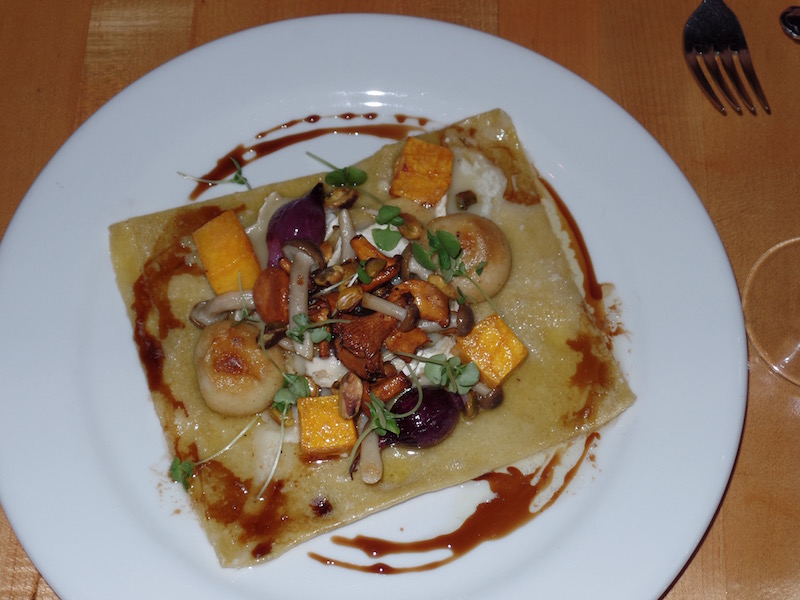
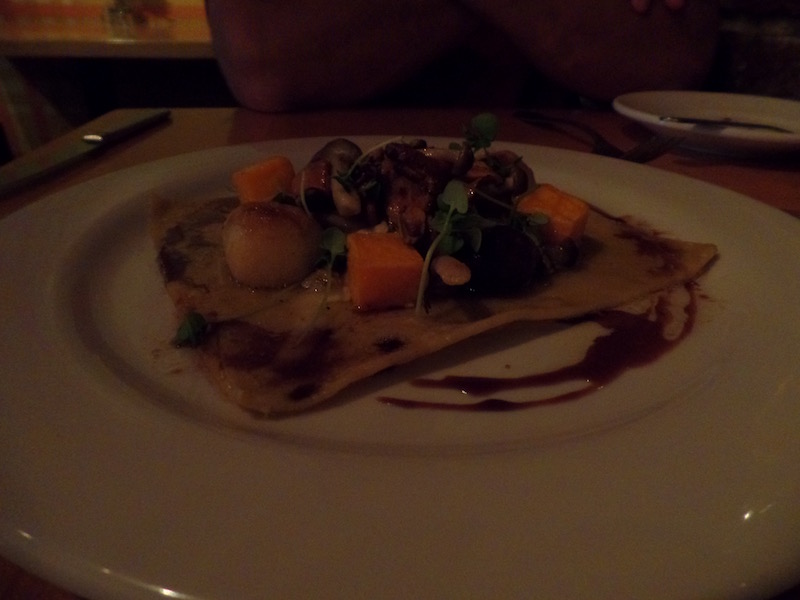
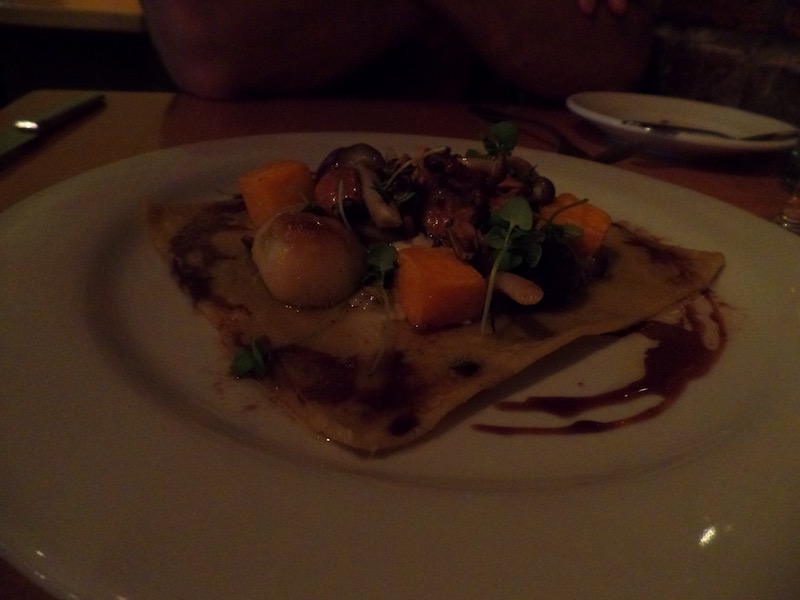
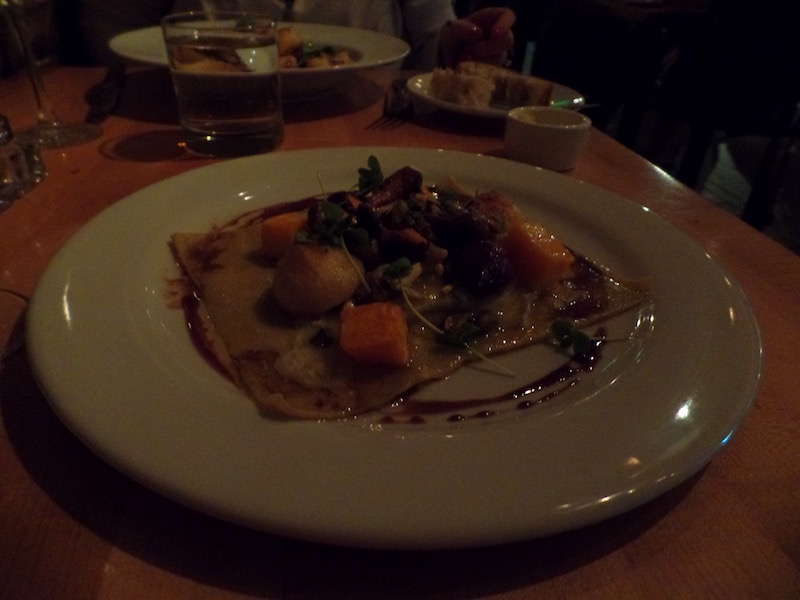
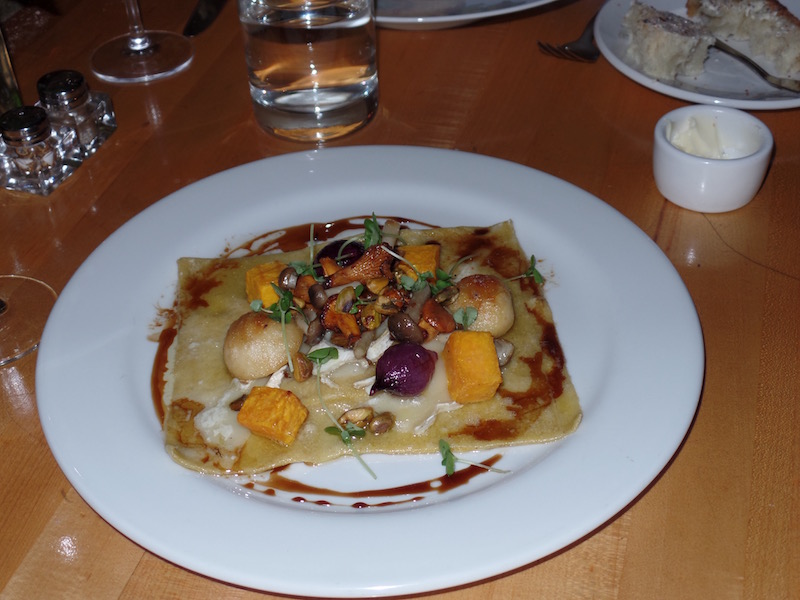
For dessert, we split a peach cobbler with a brown sugar frozen yogurt on top.
